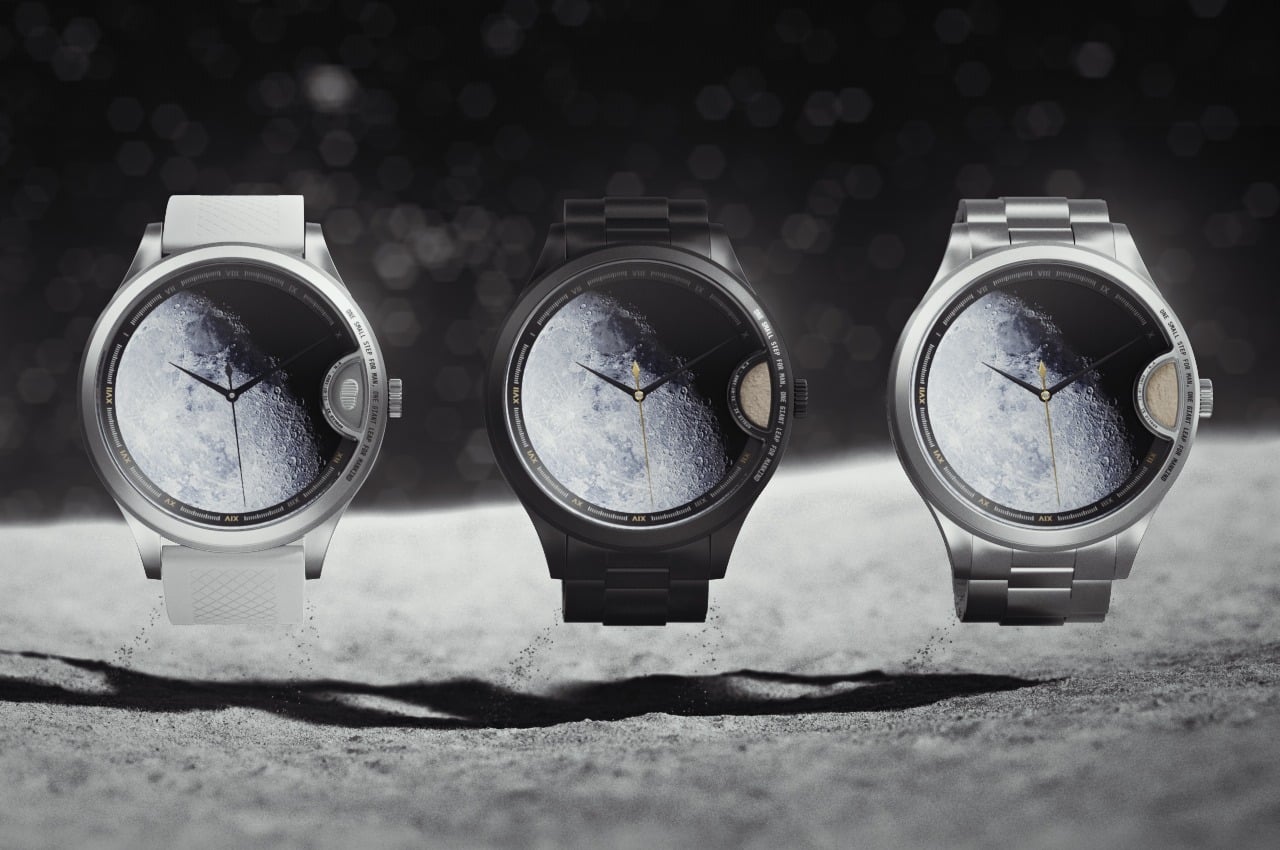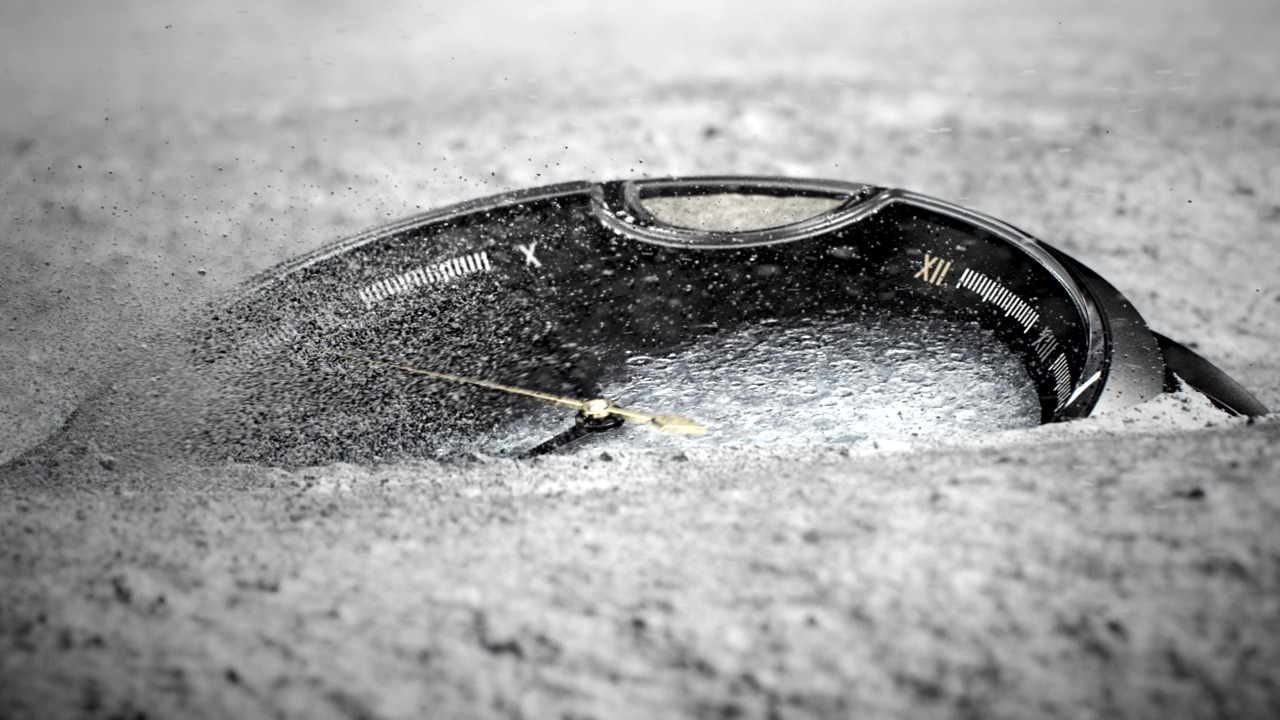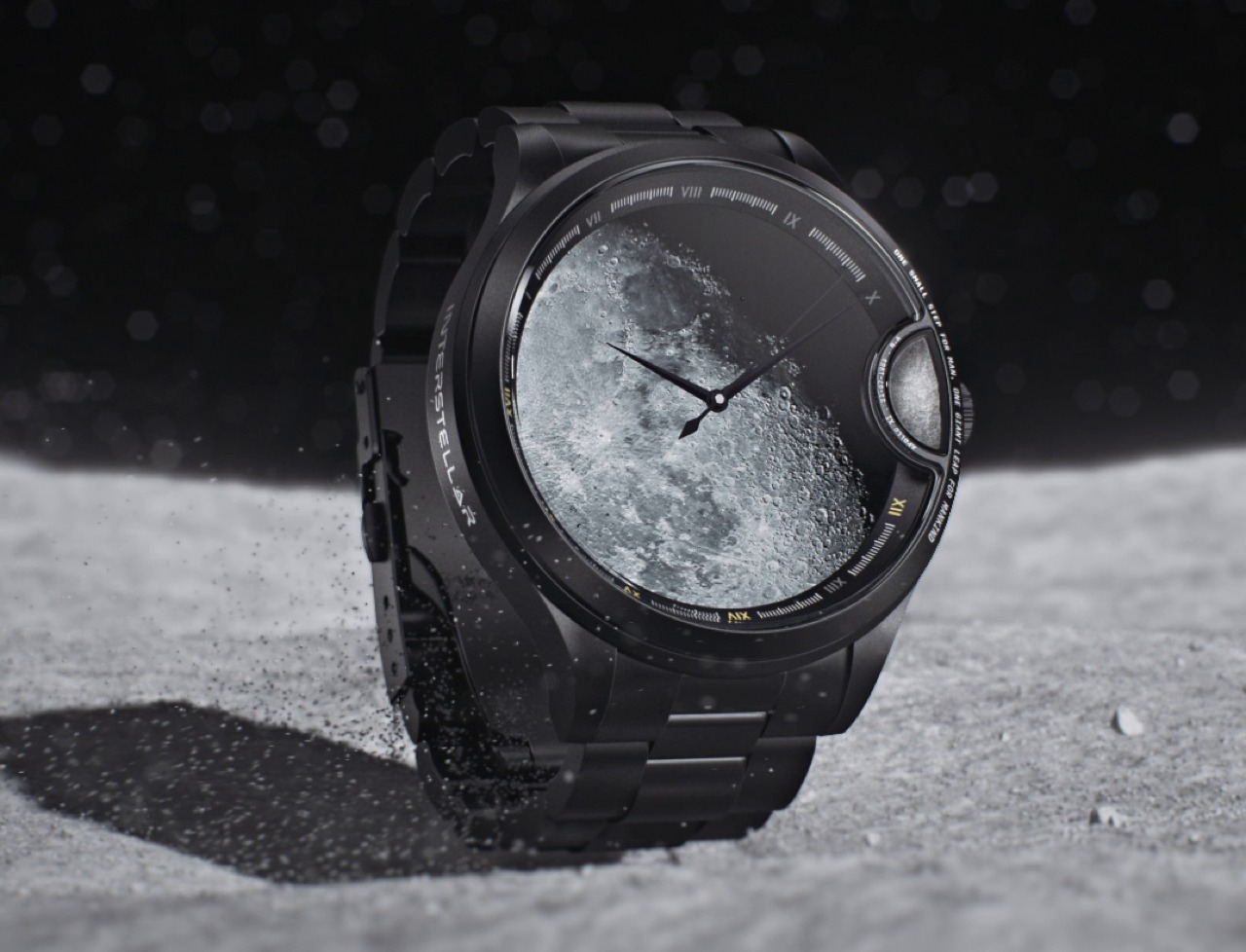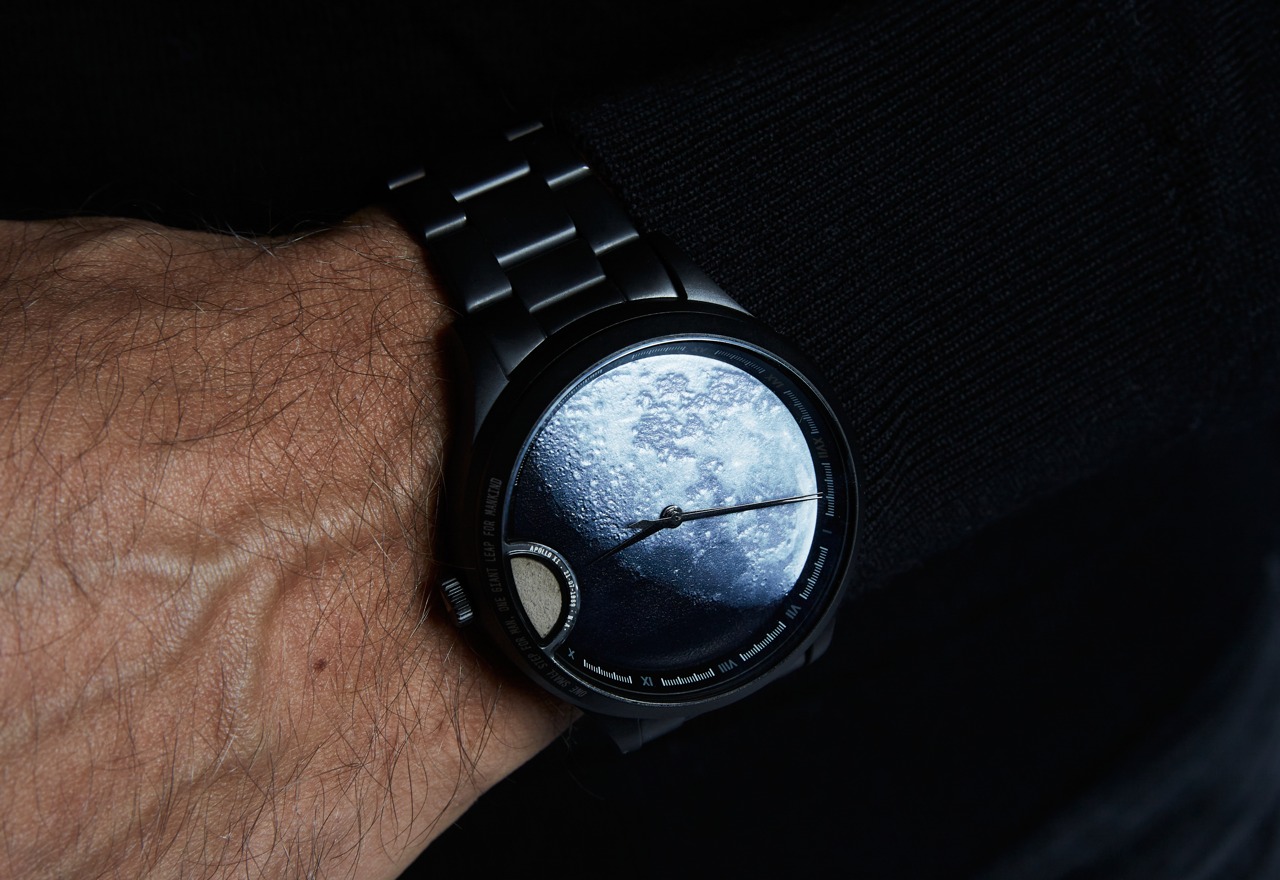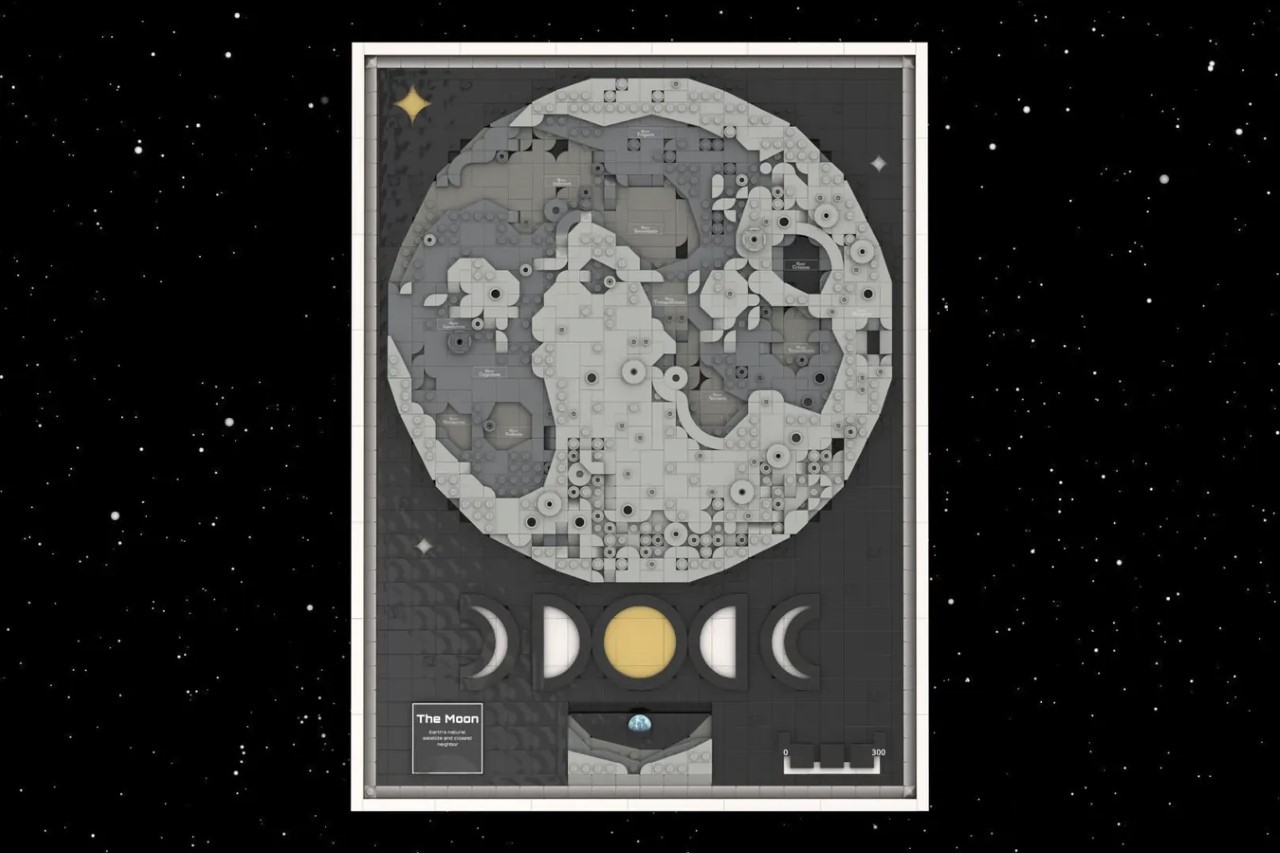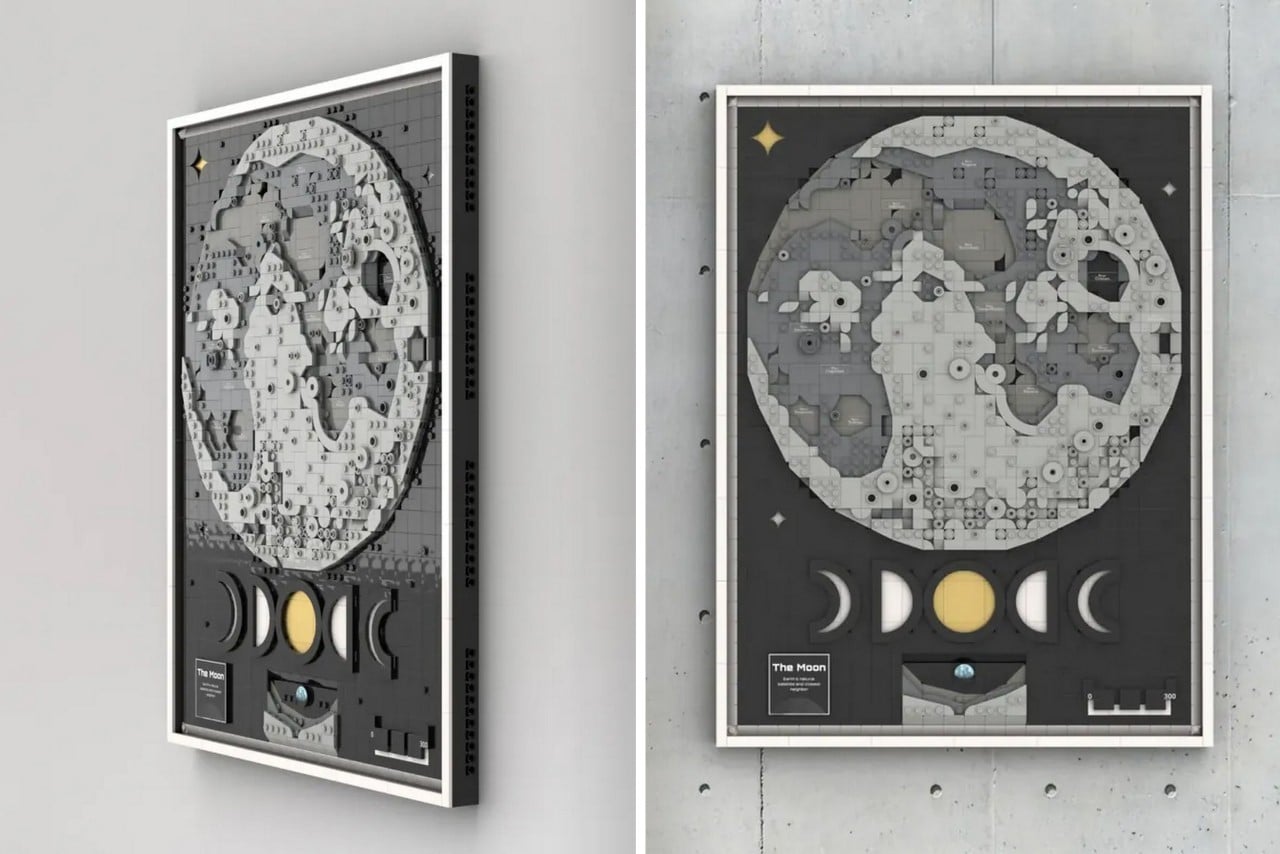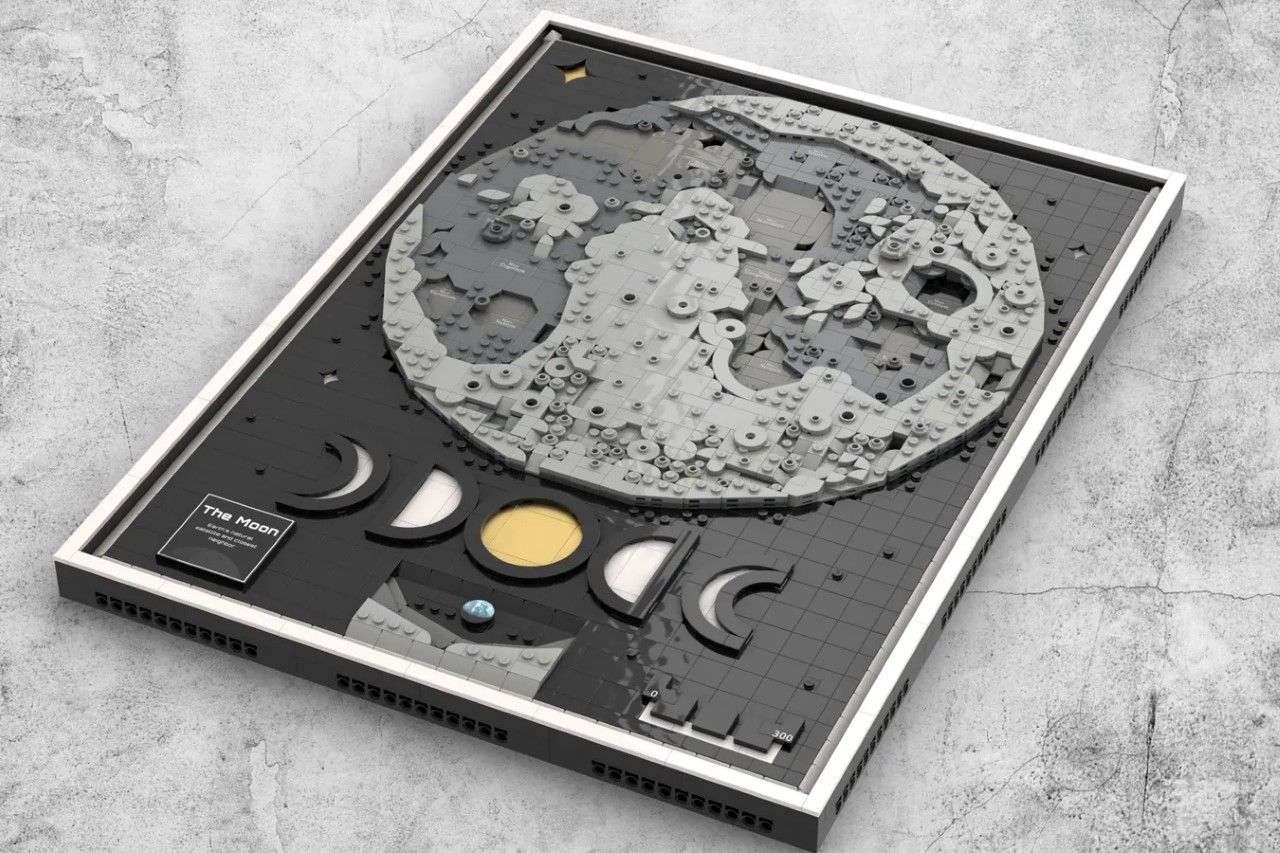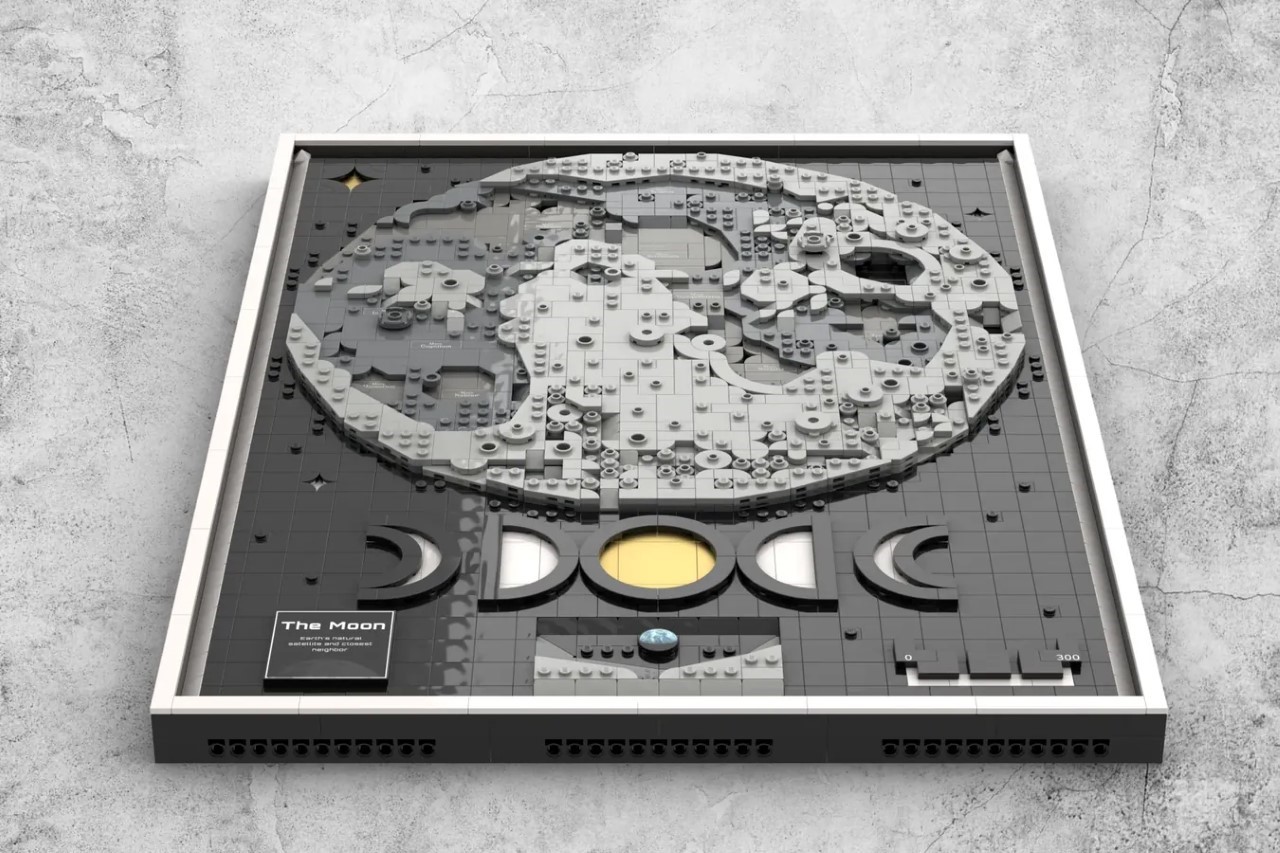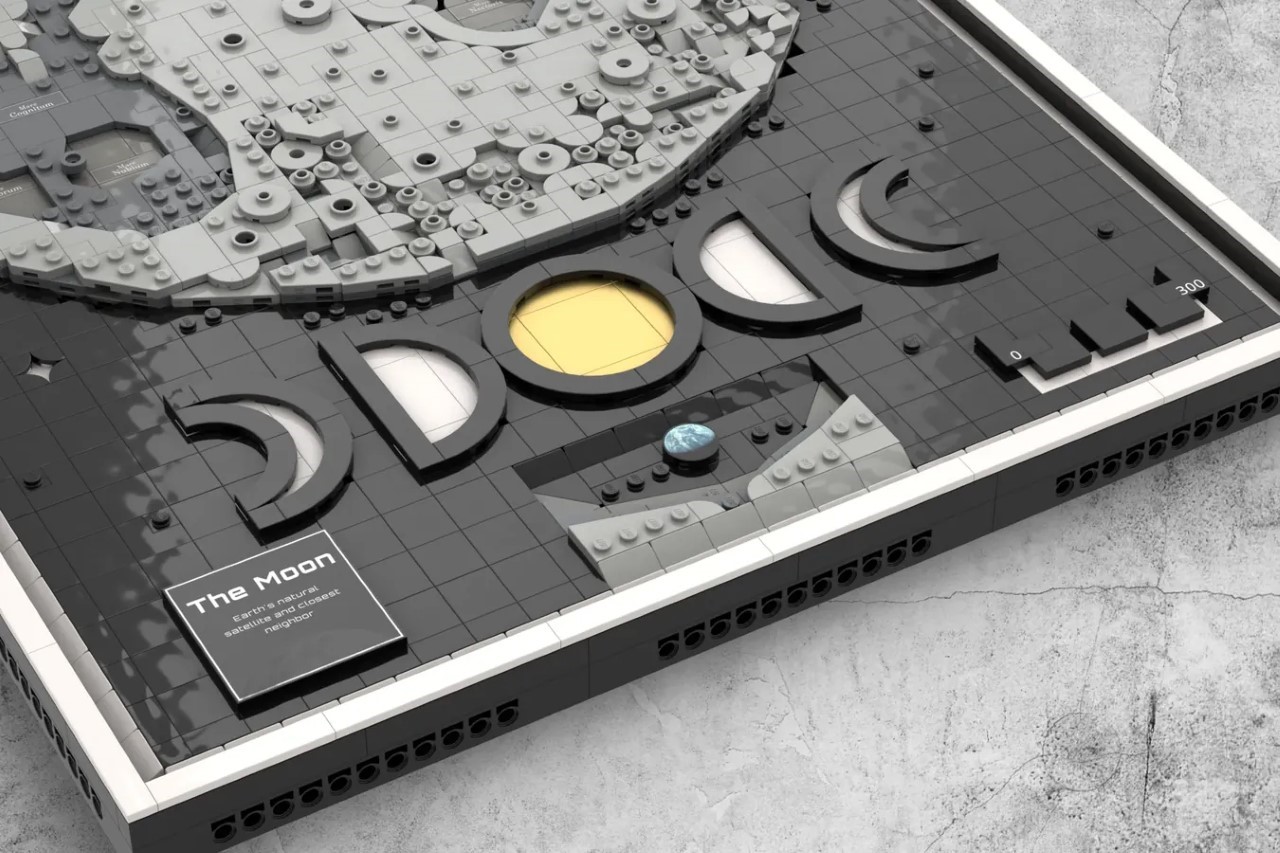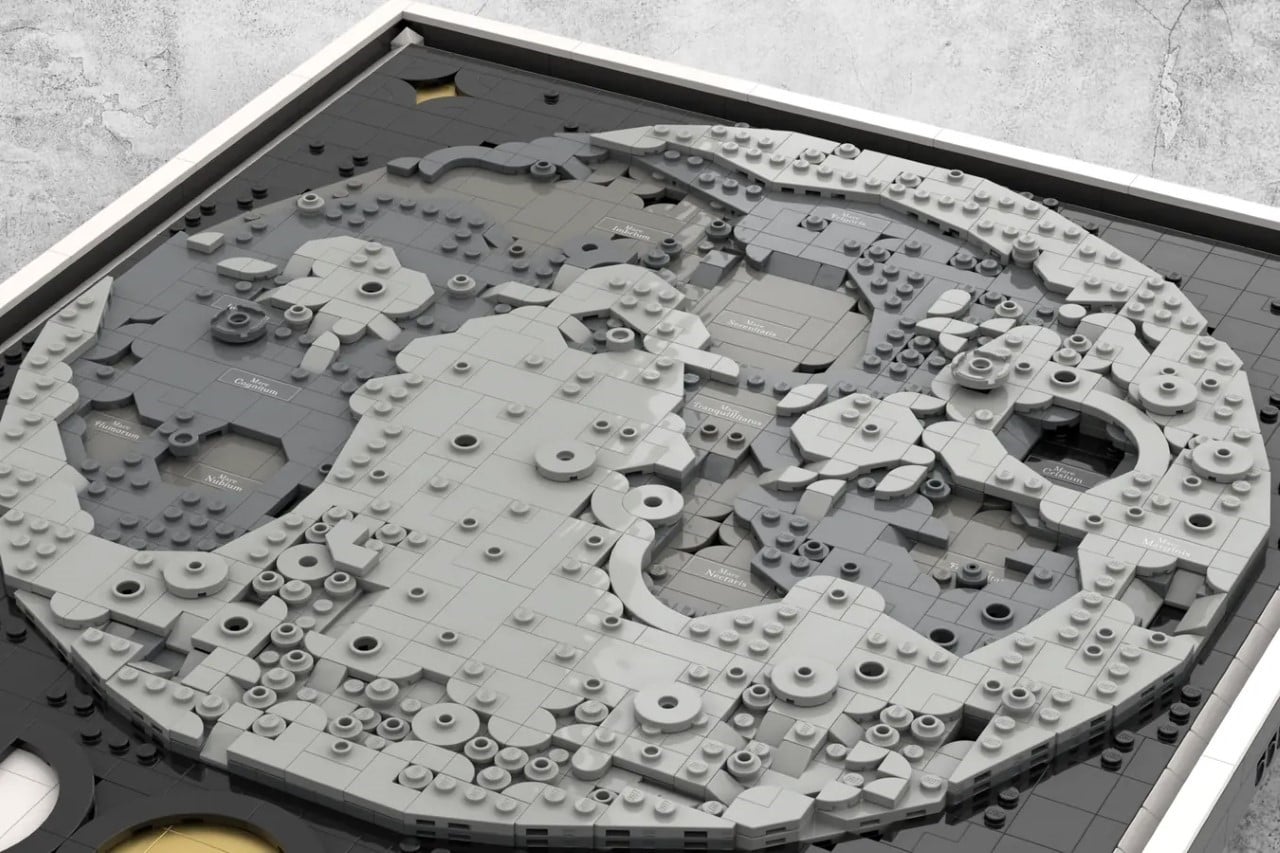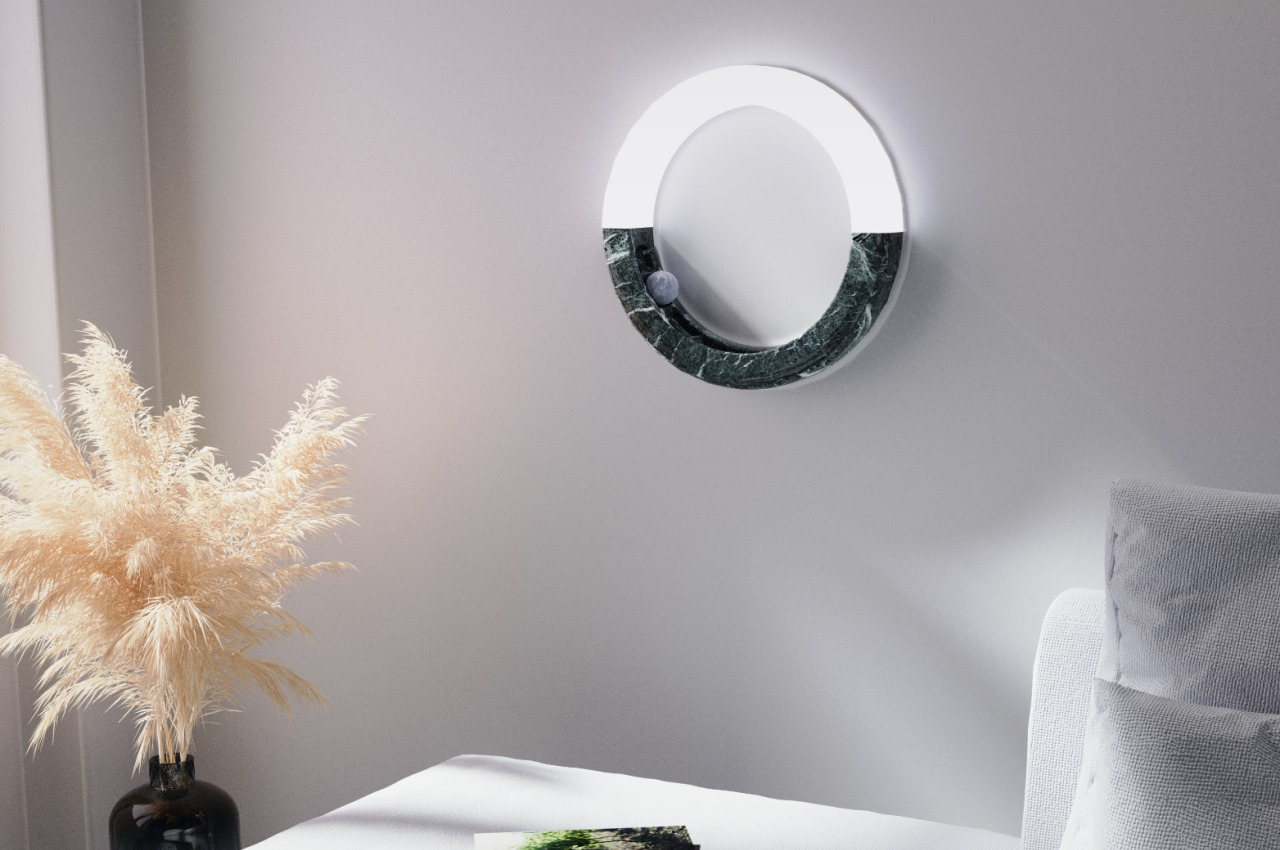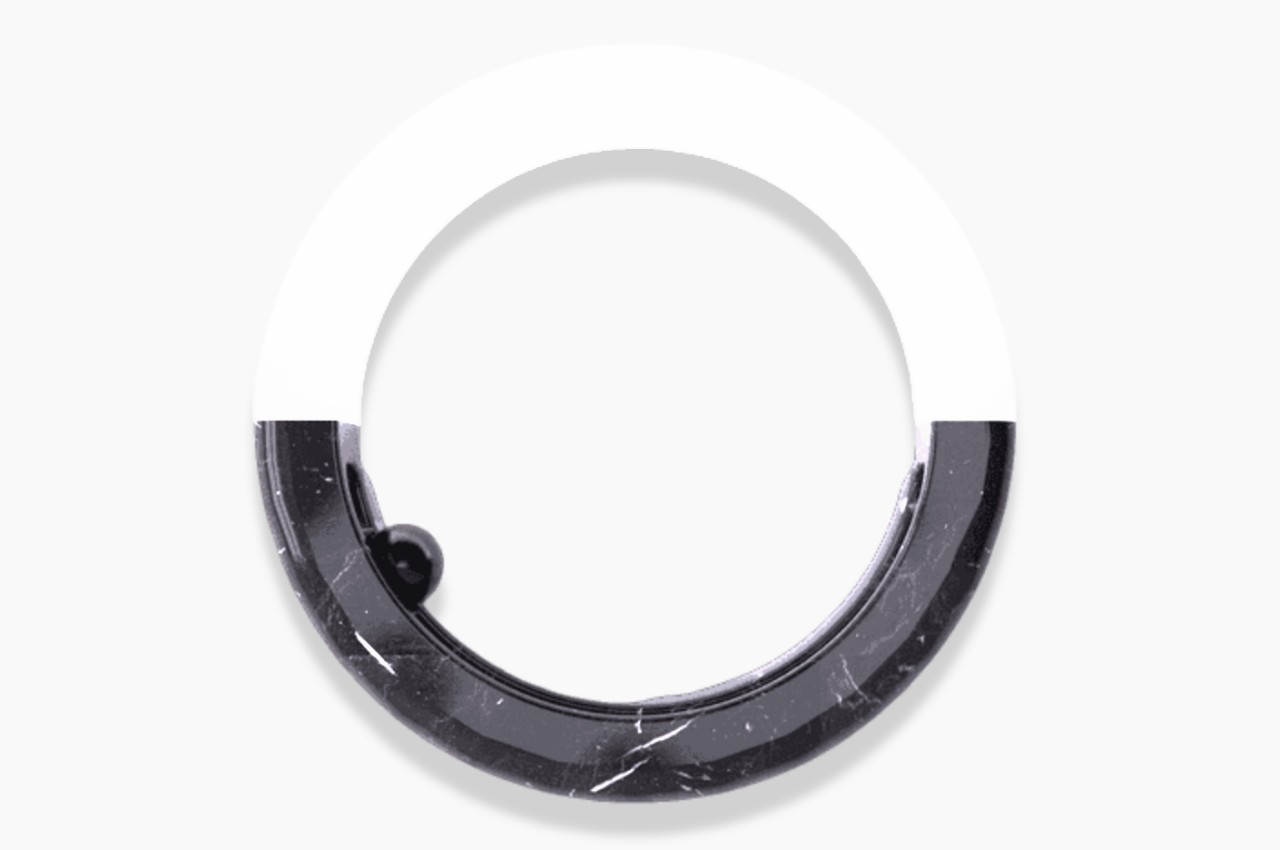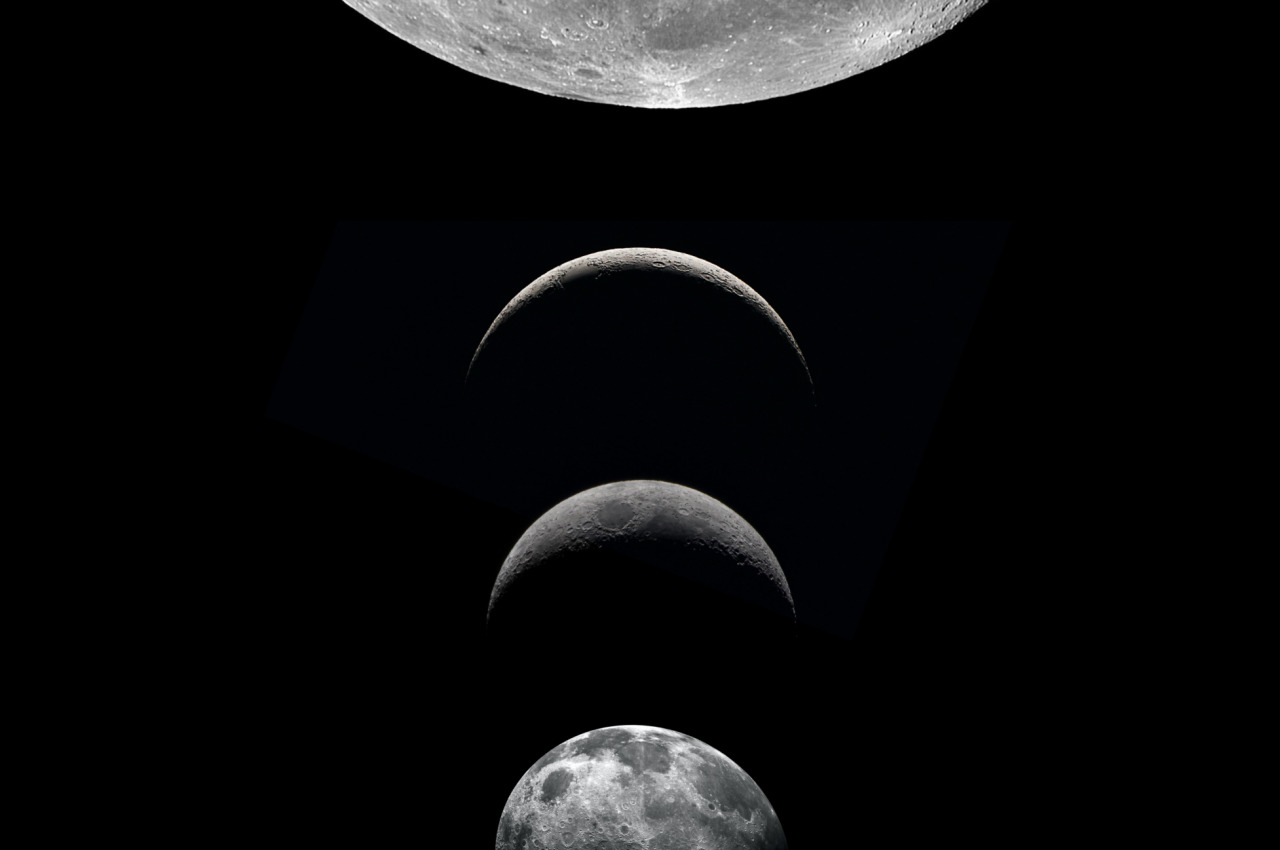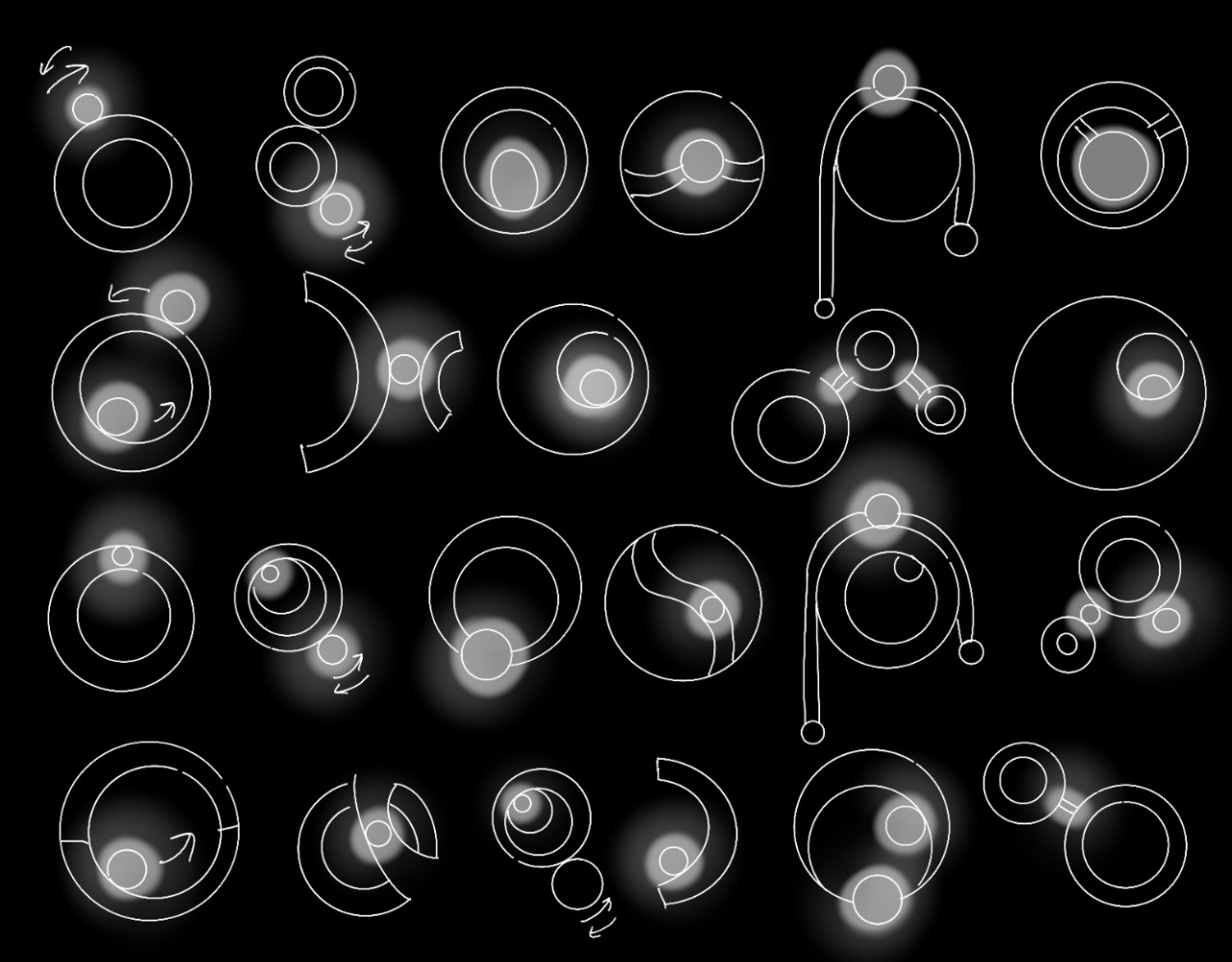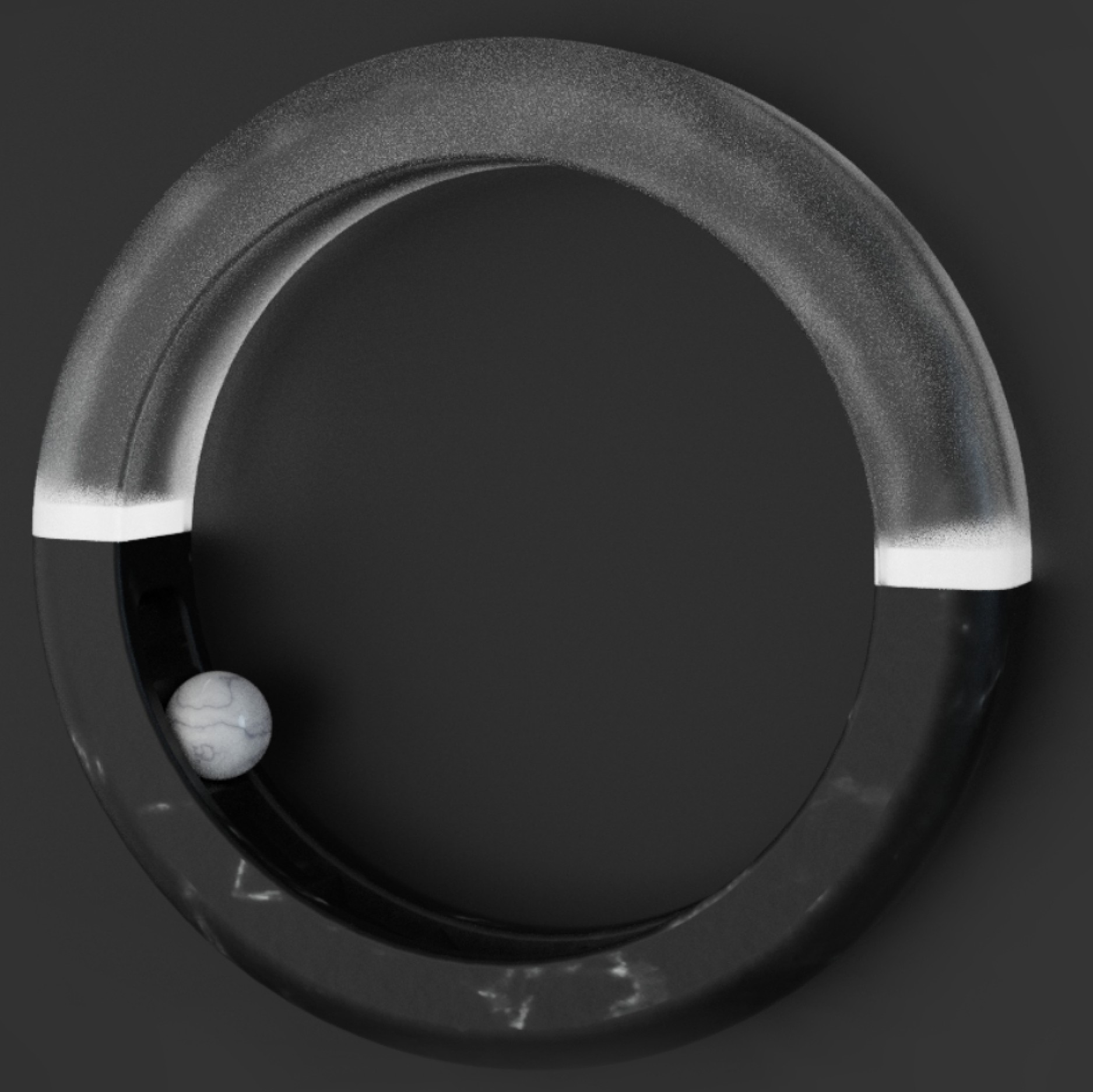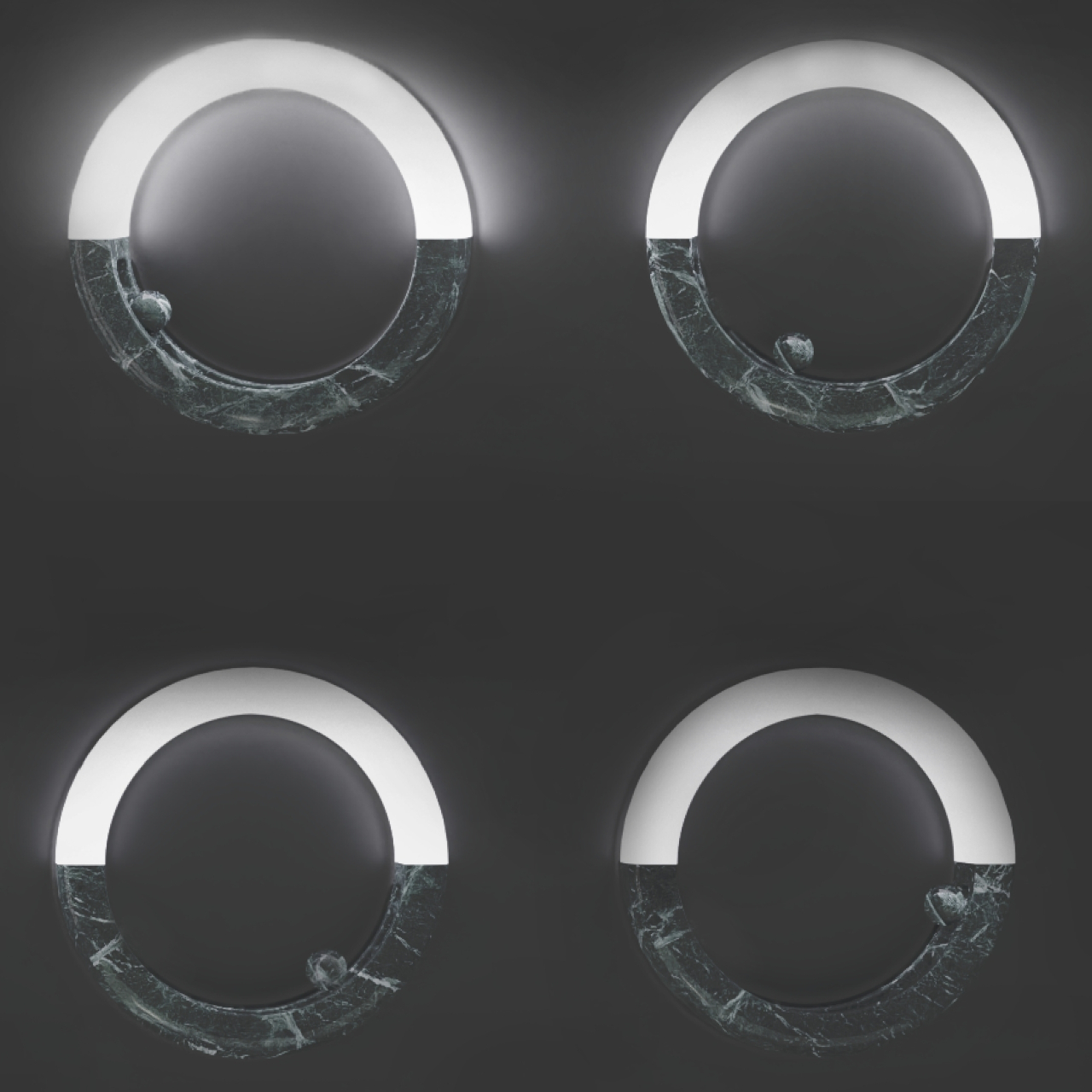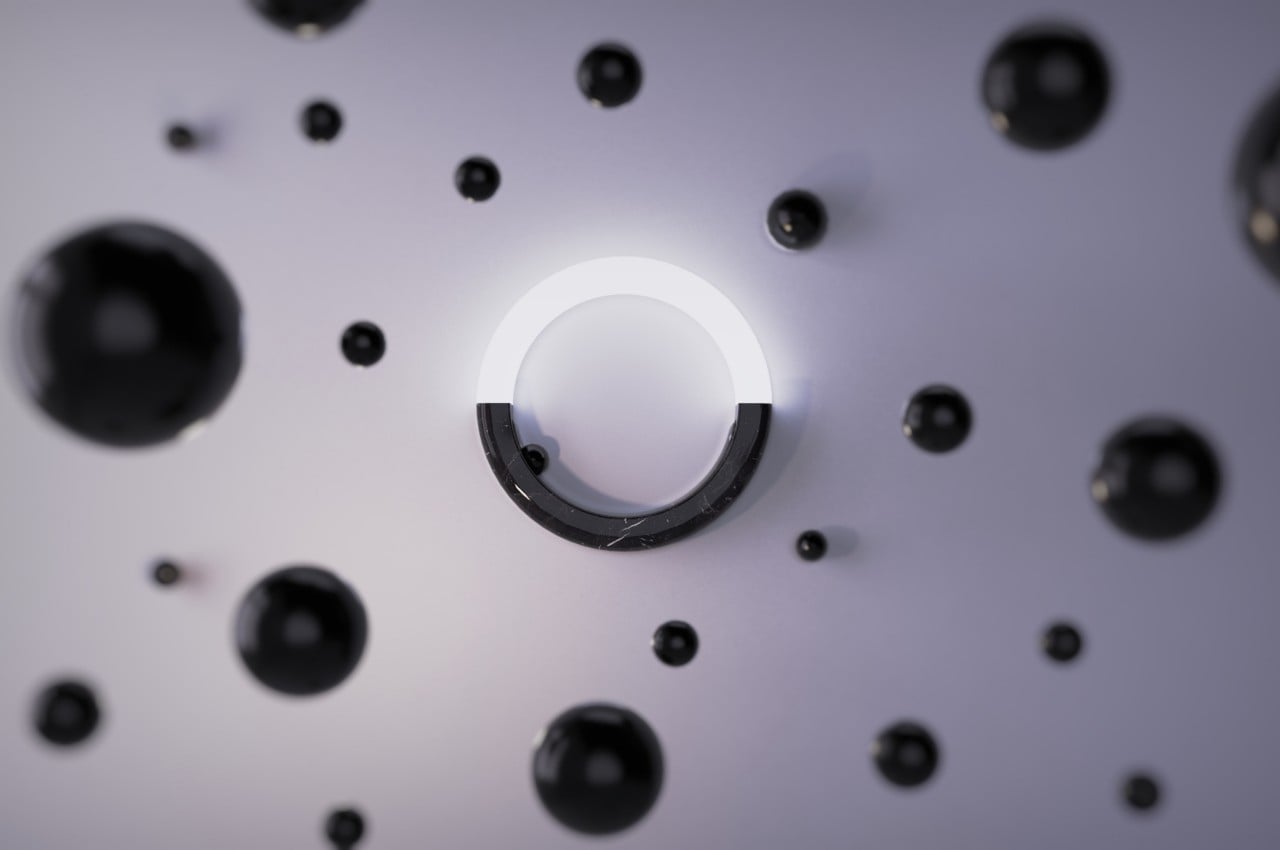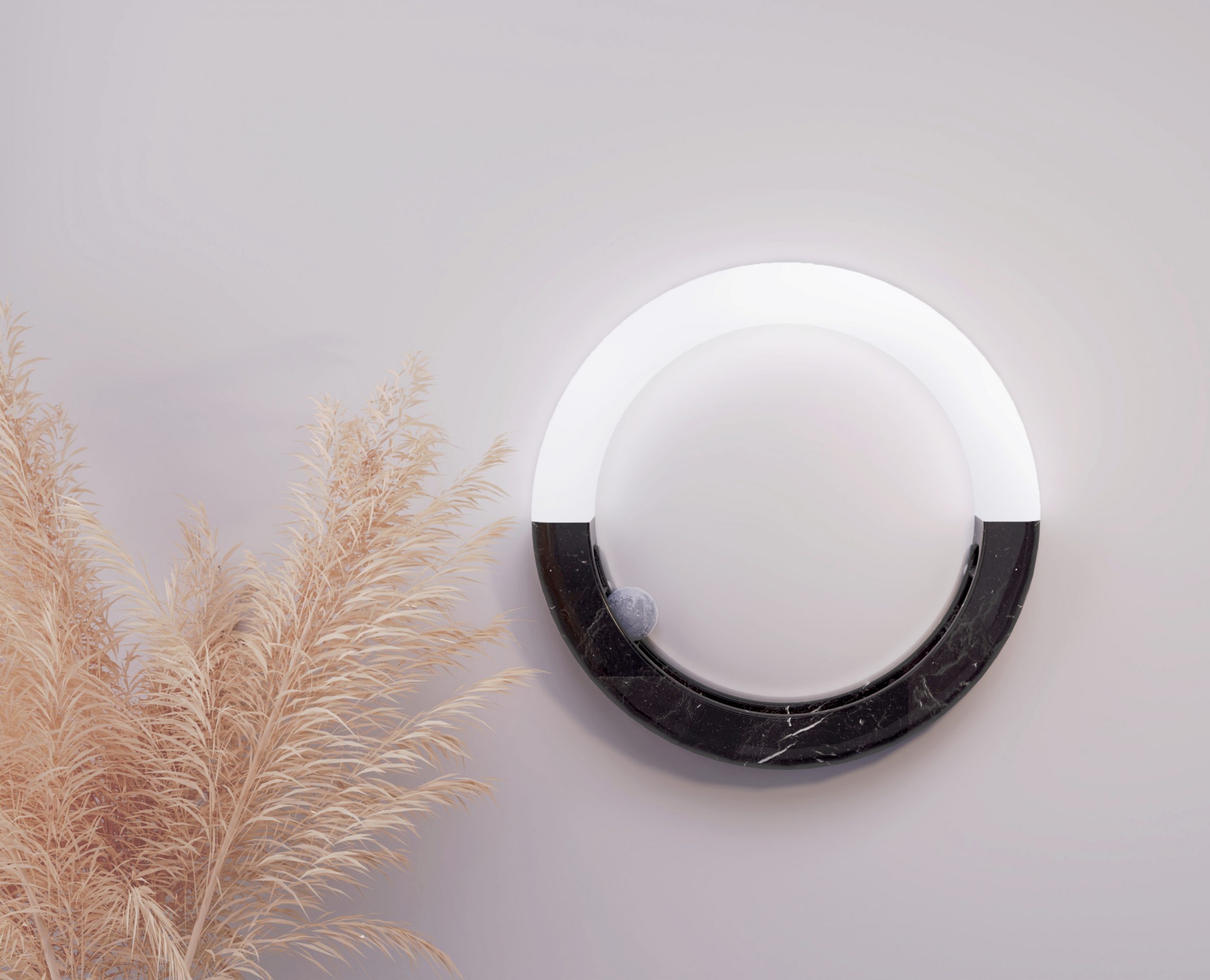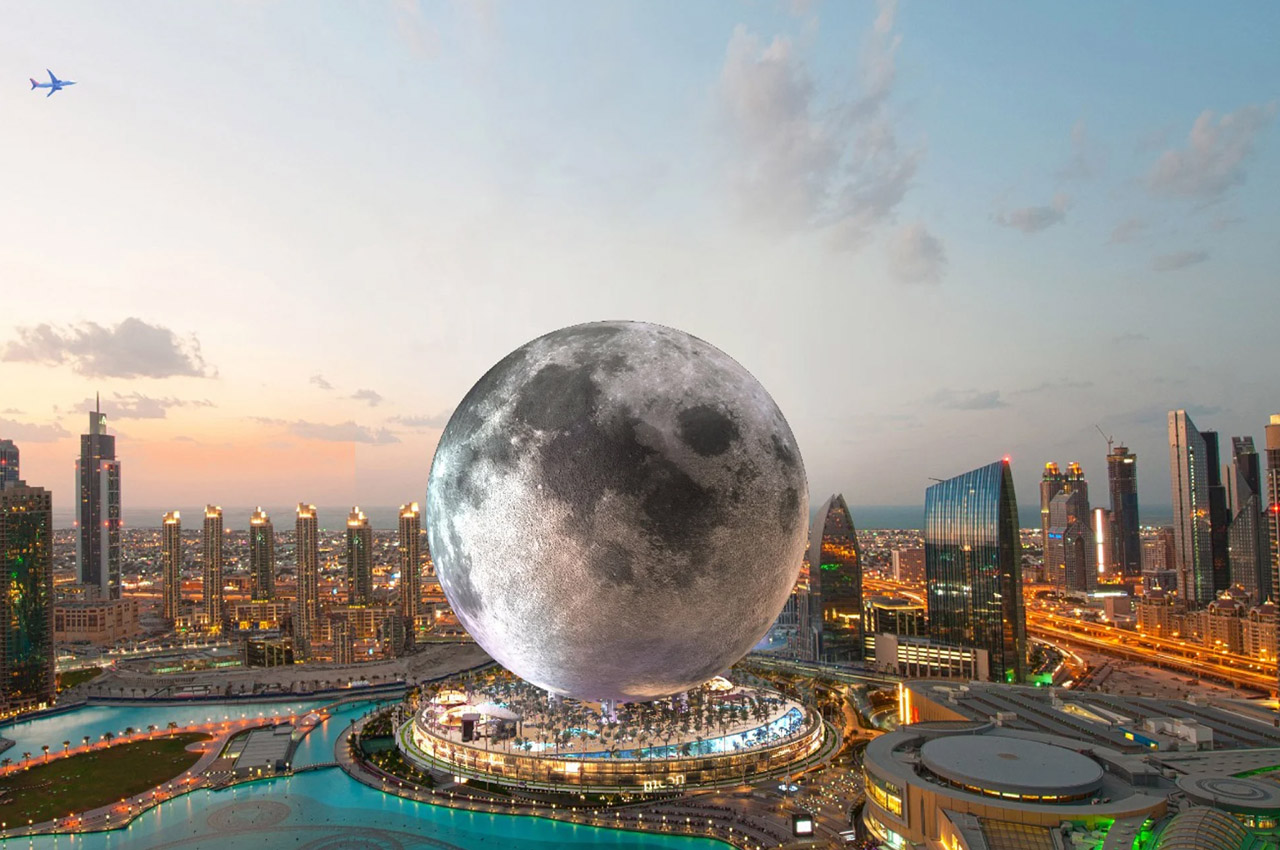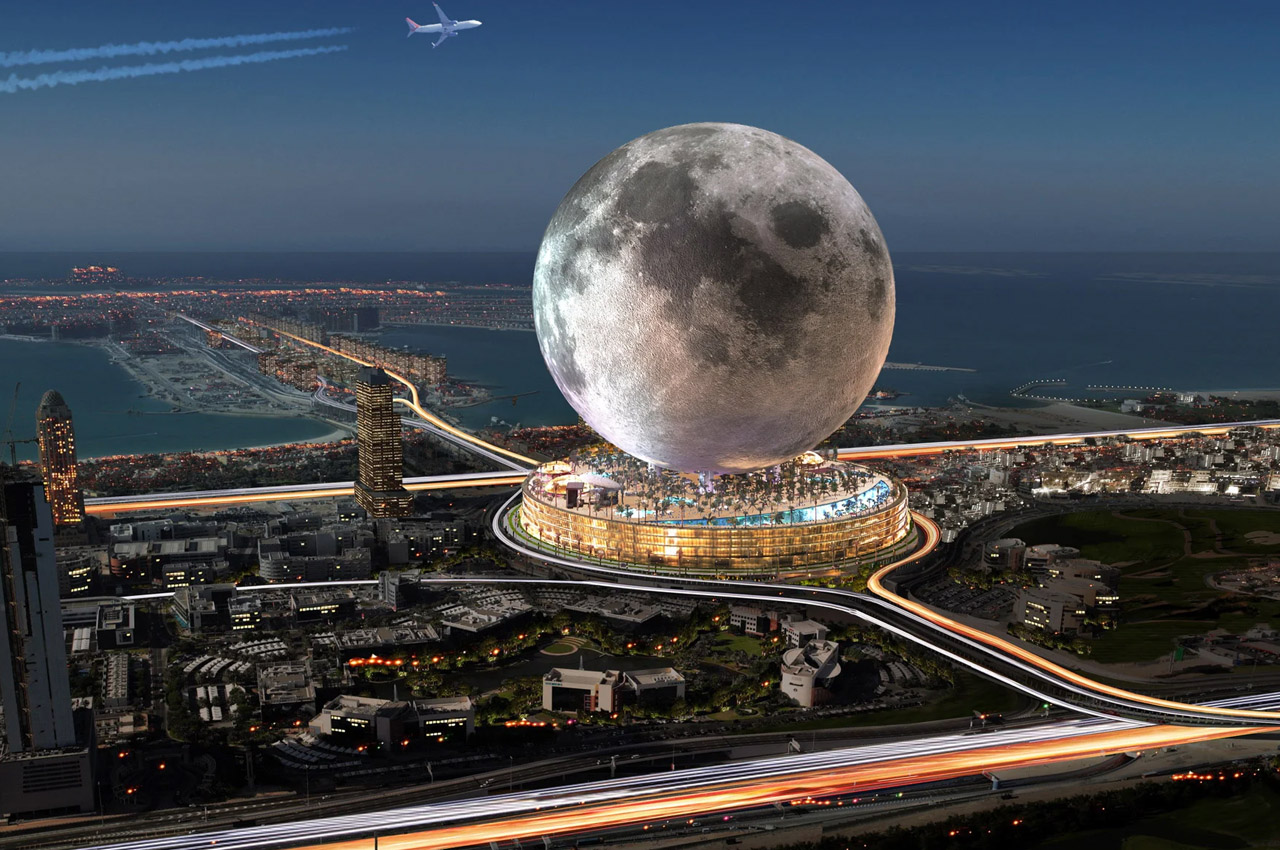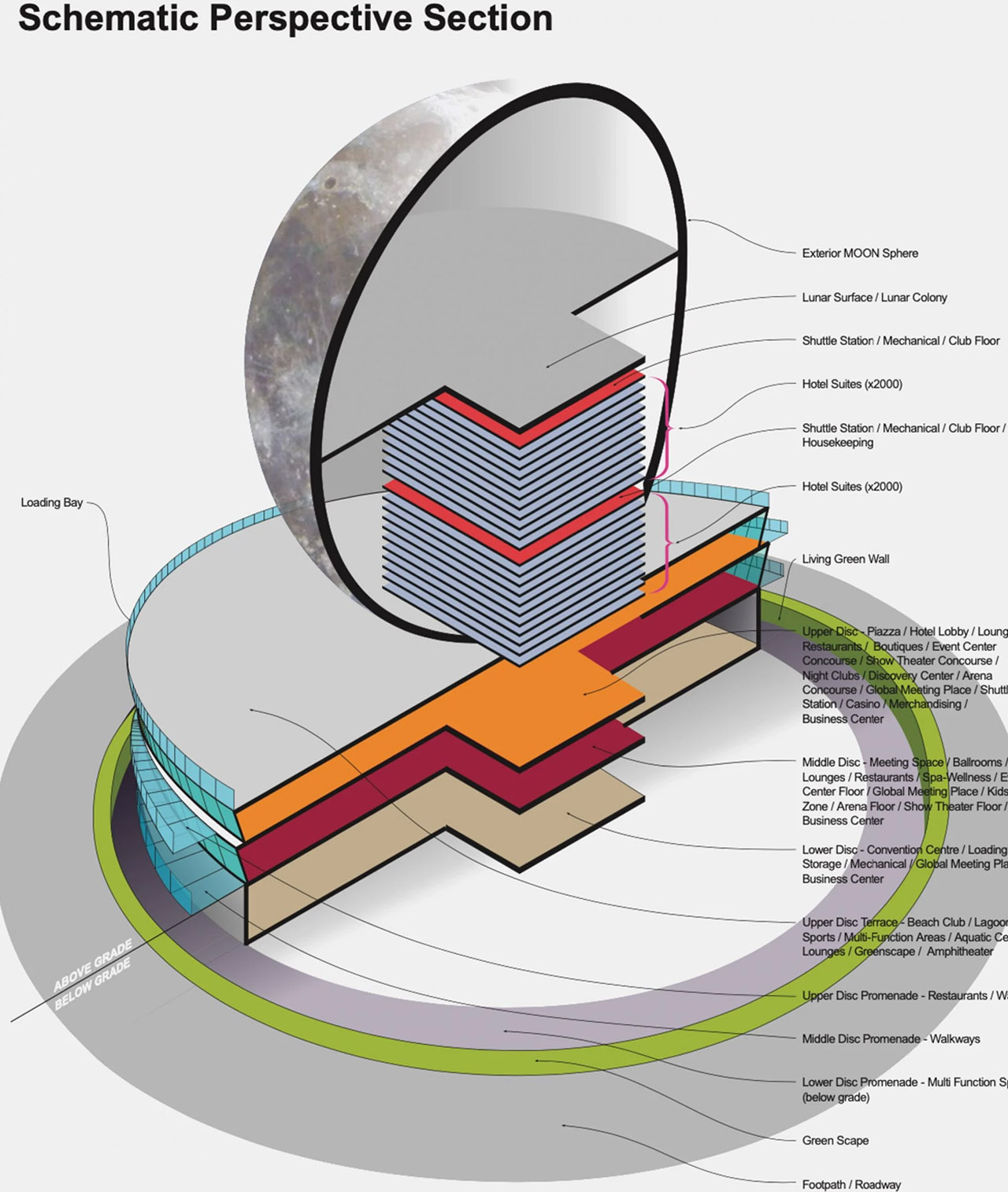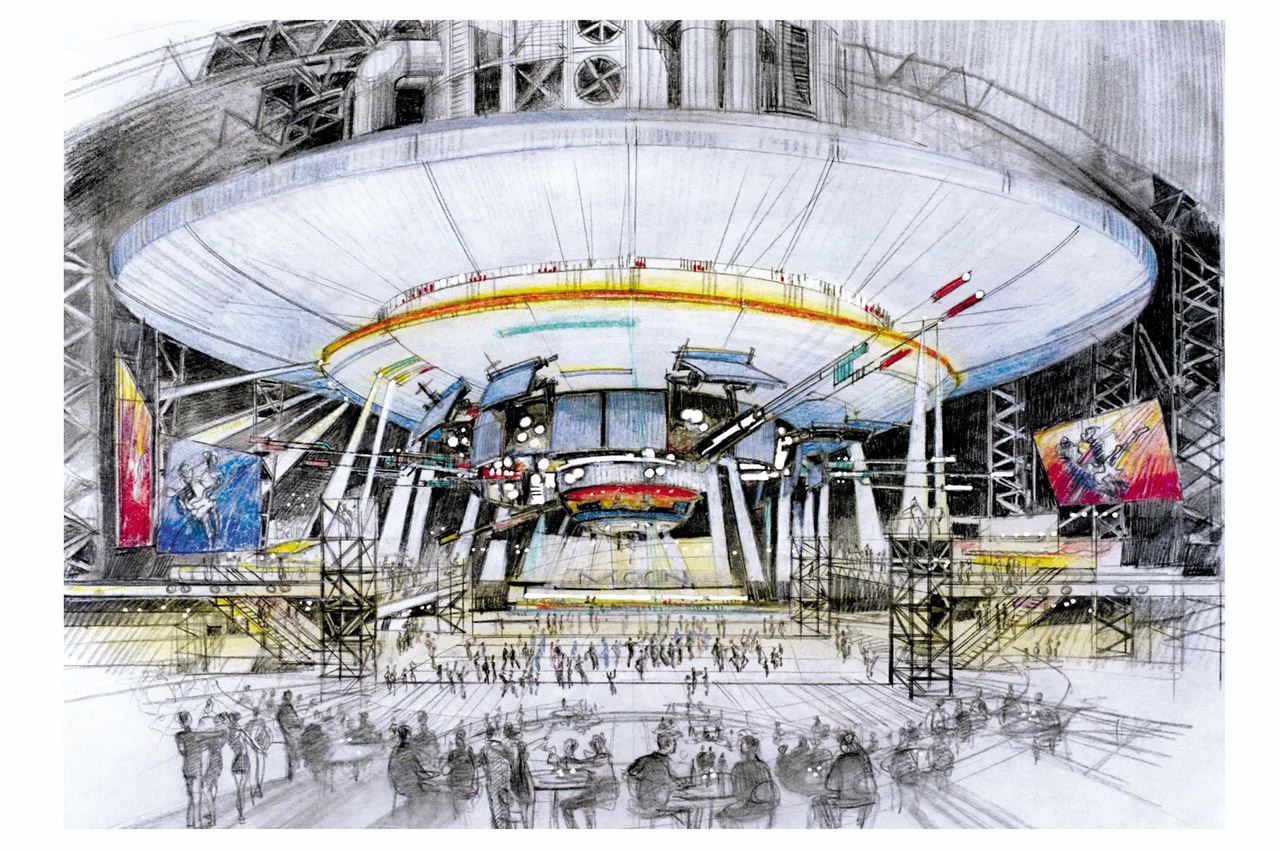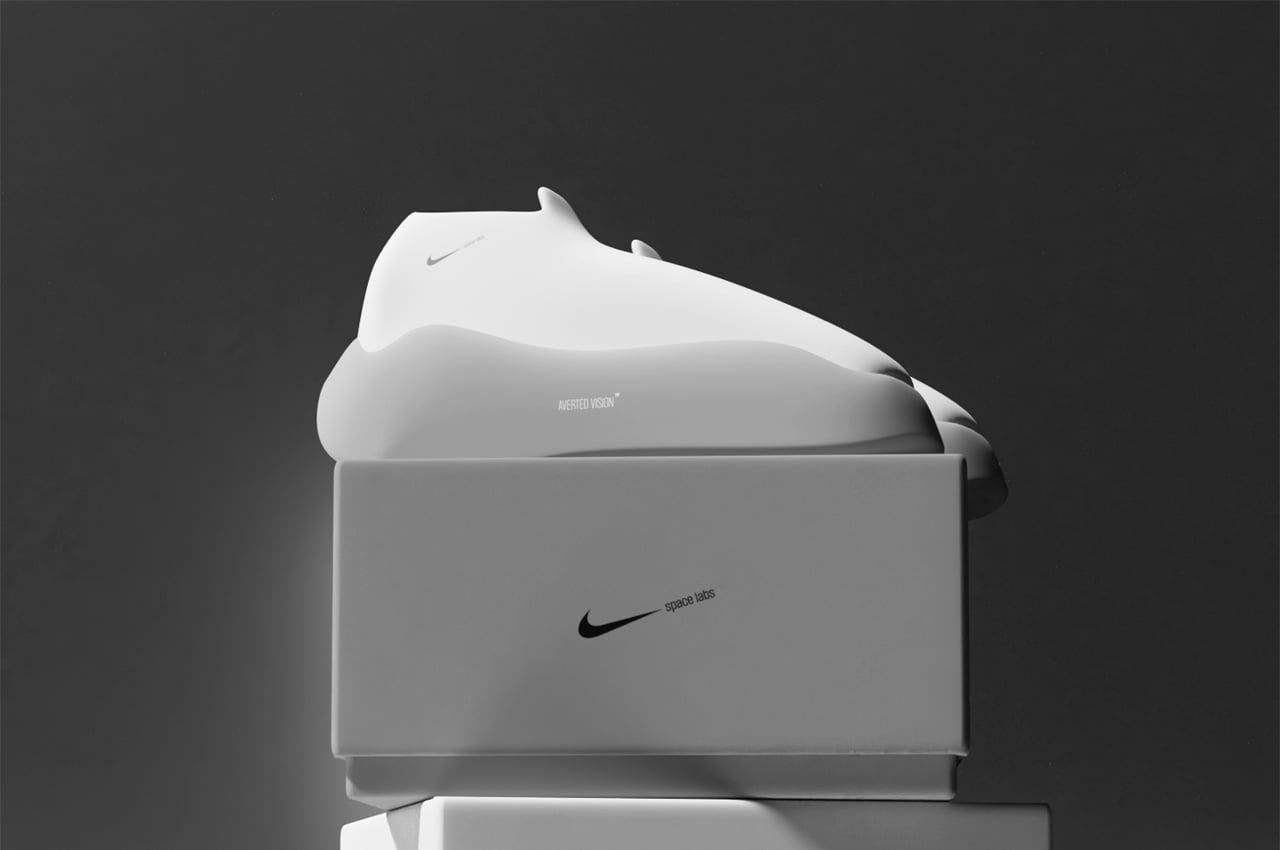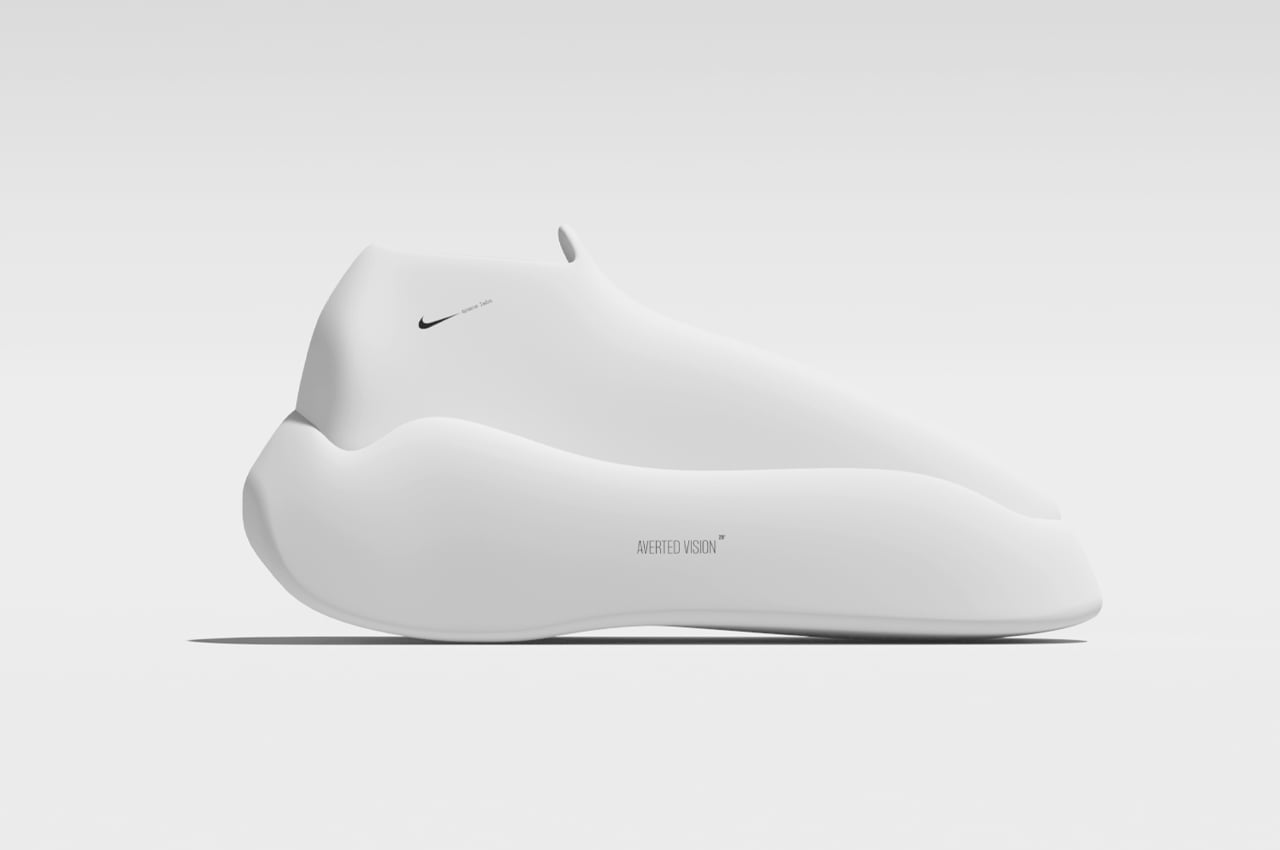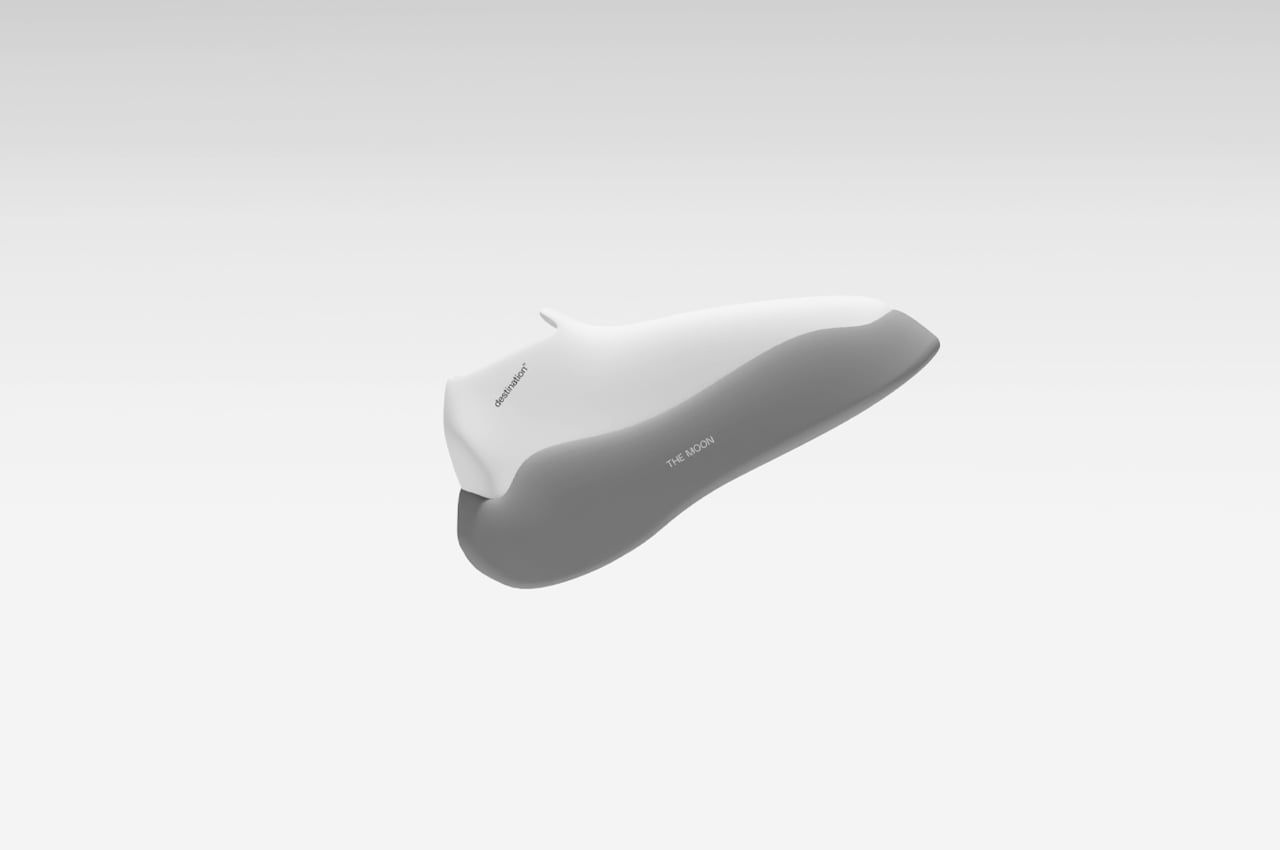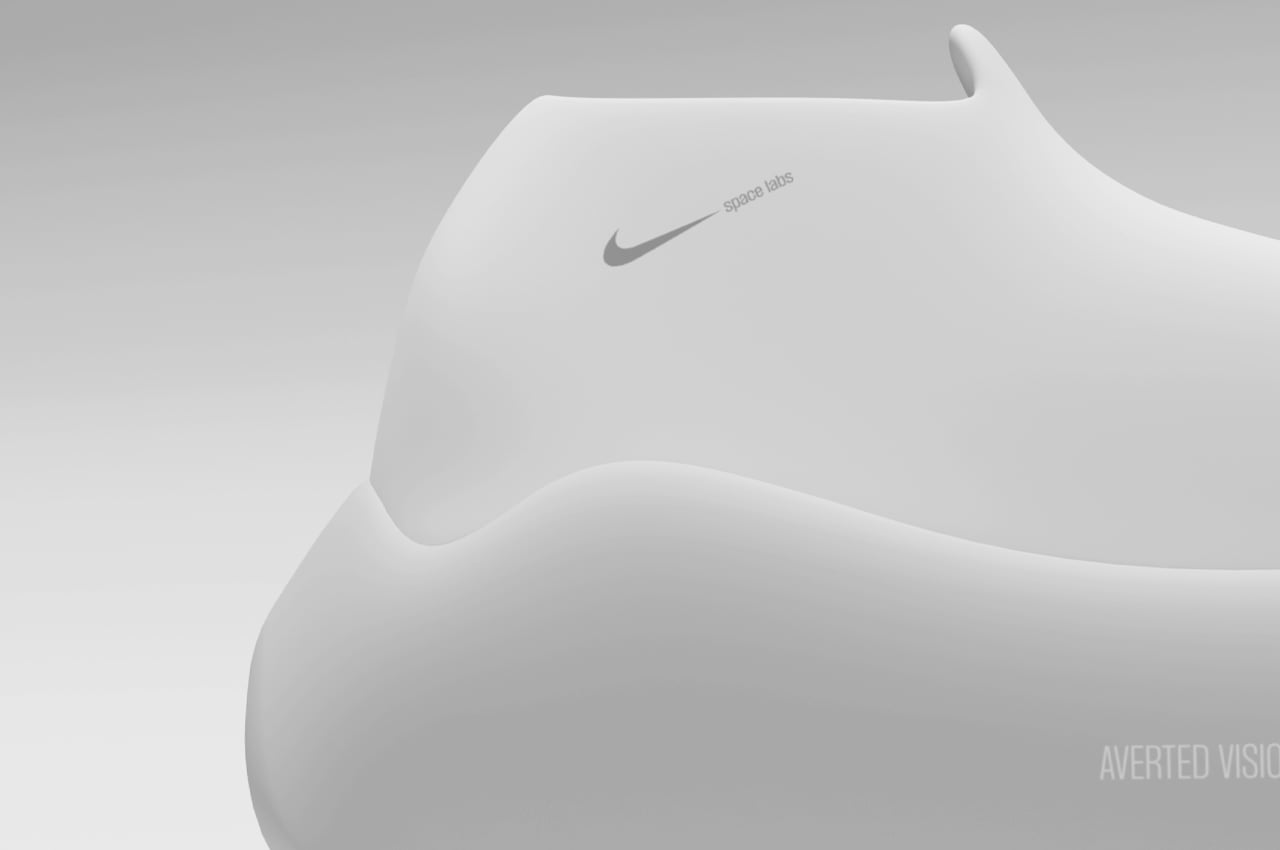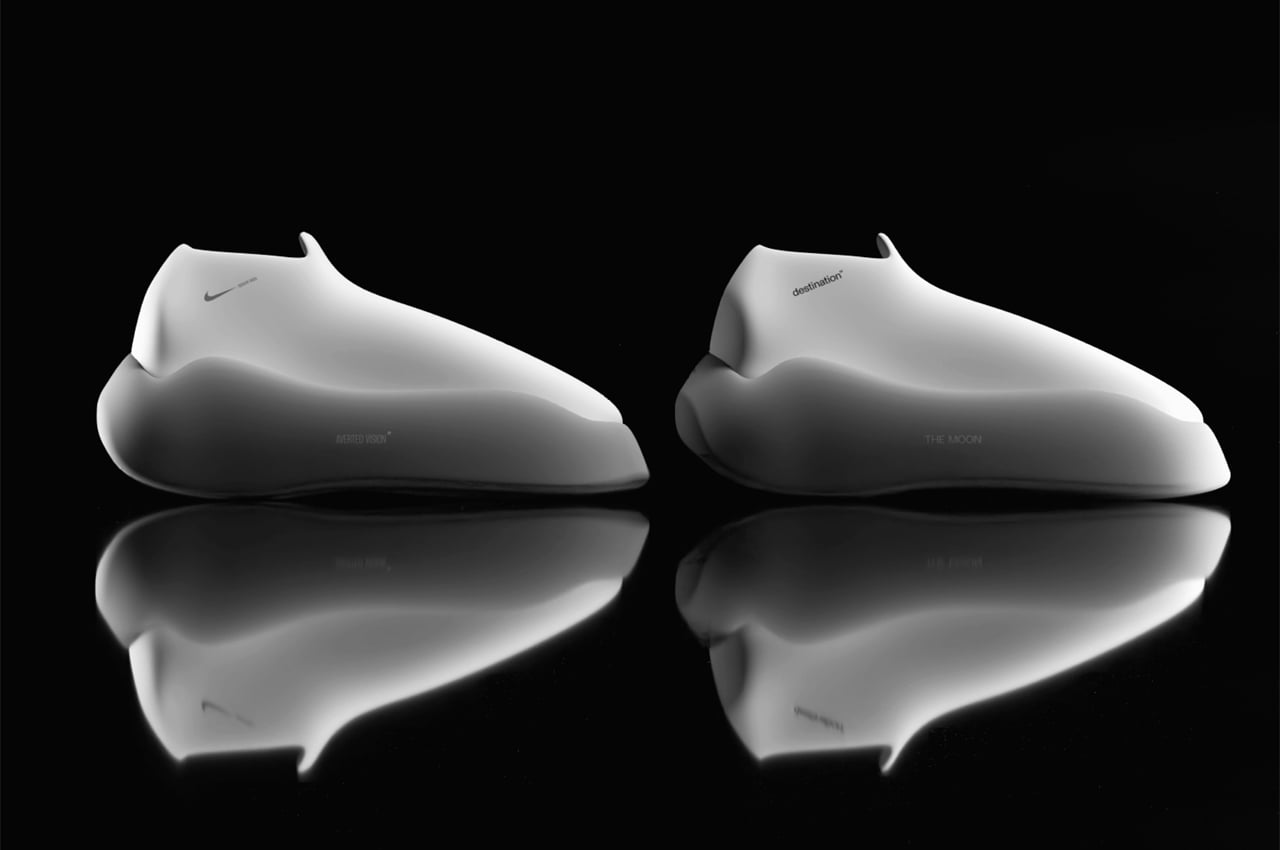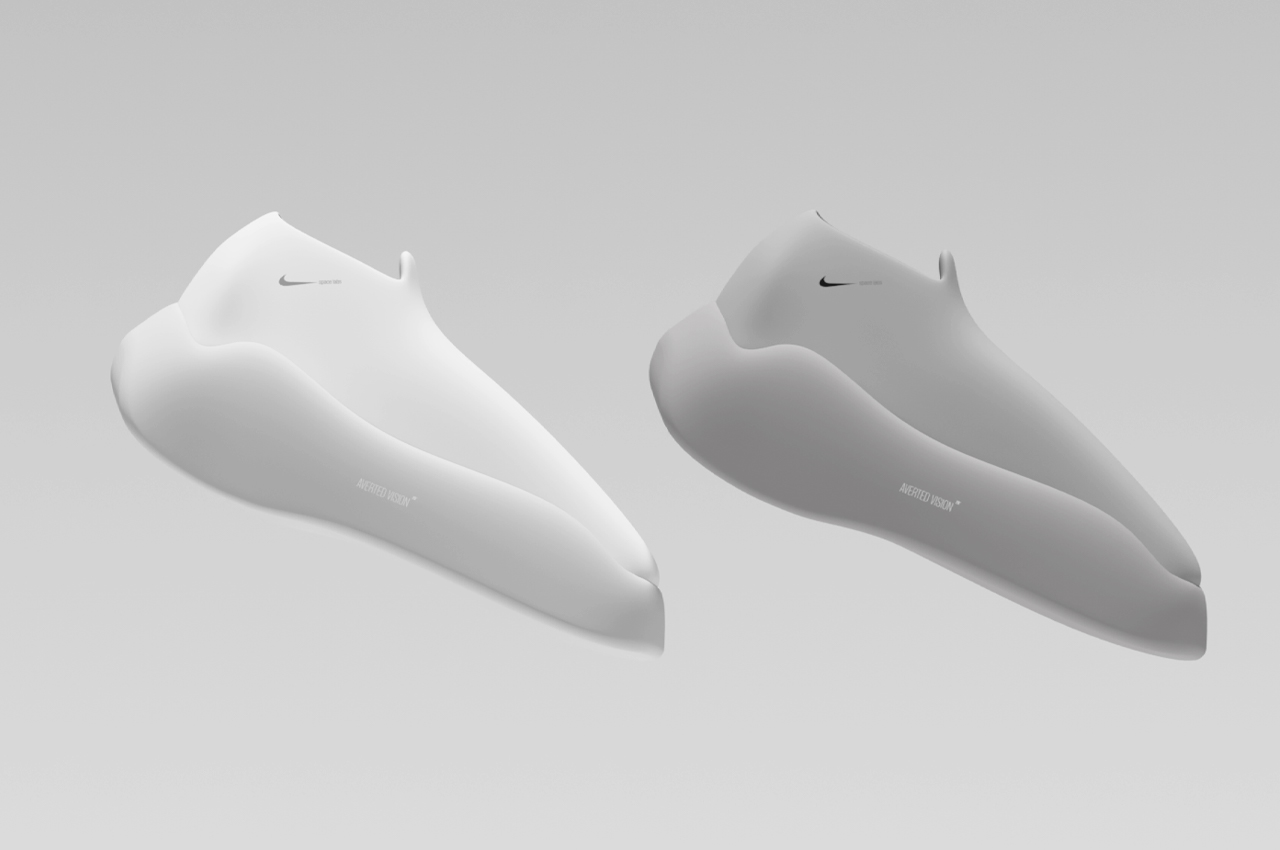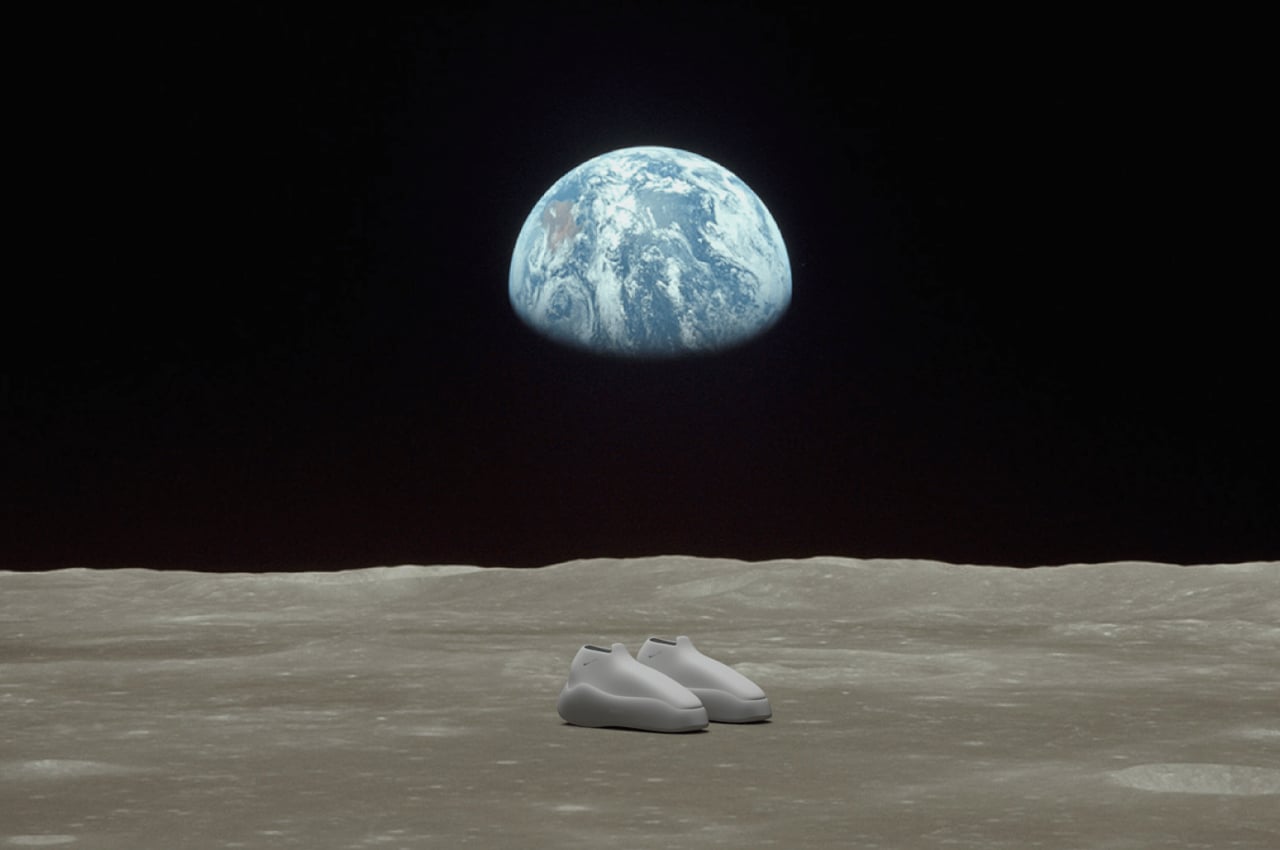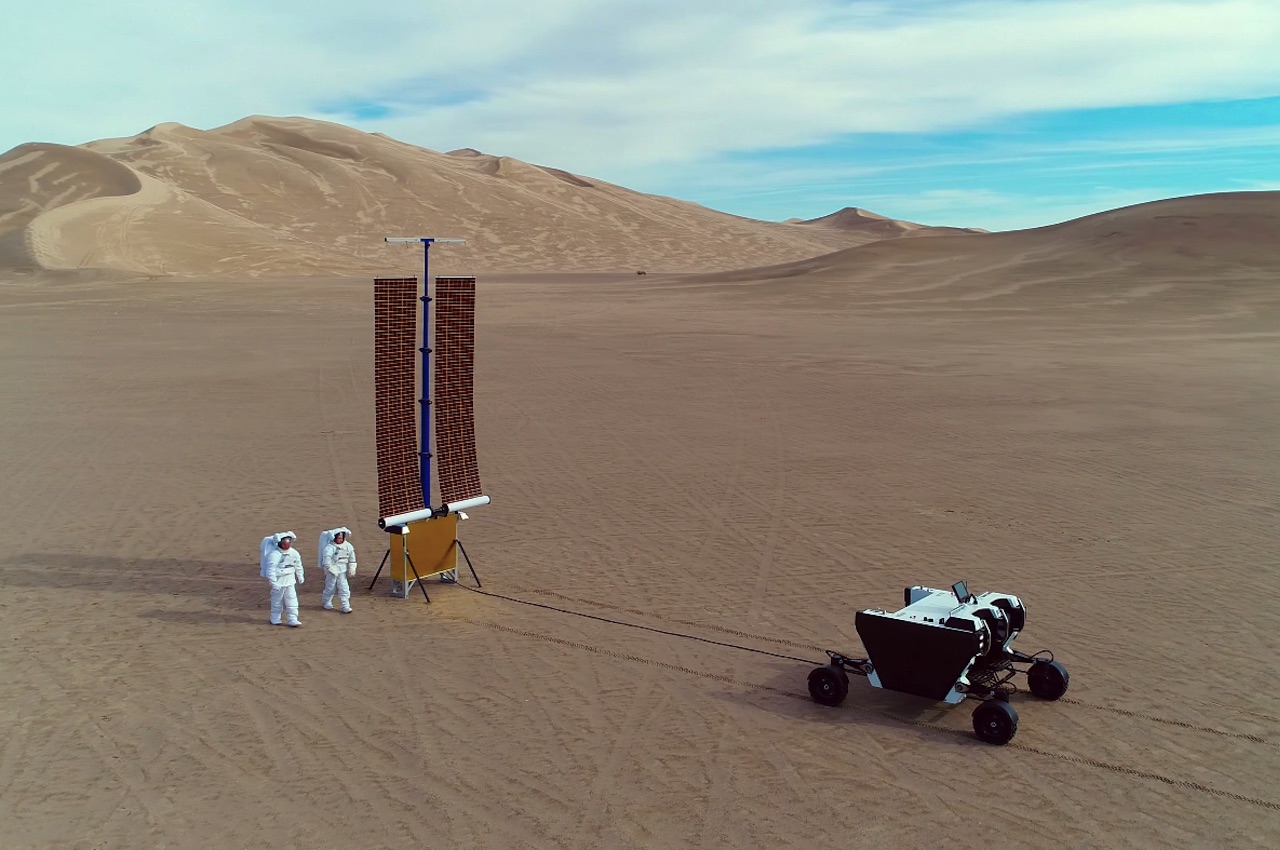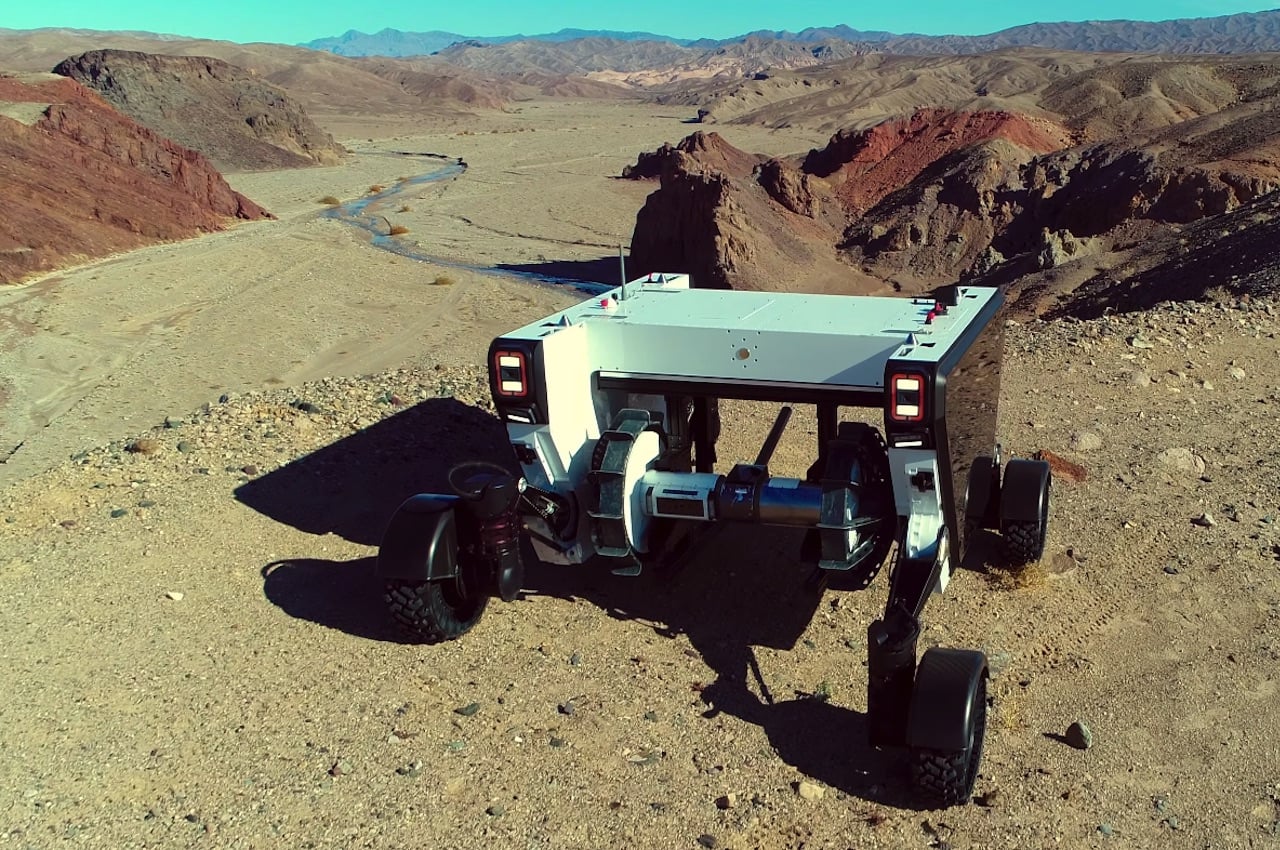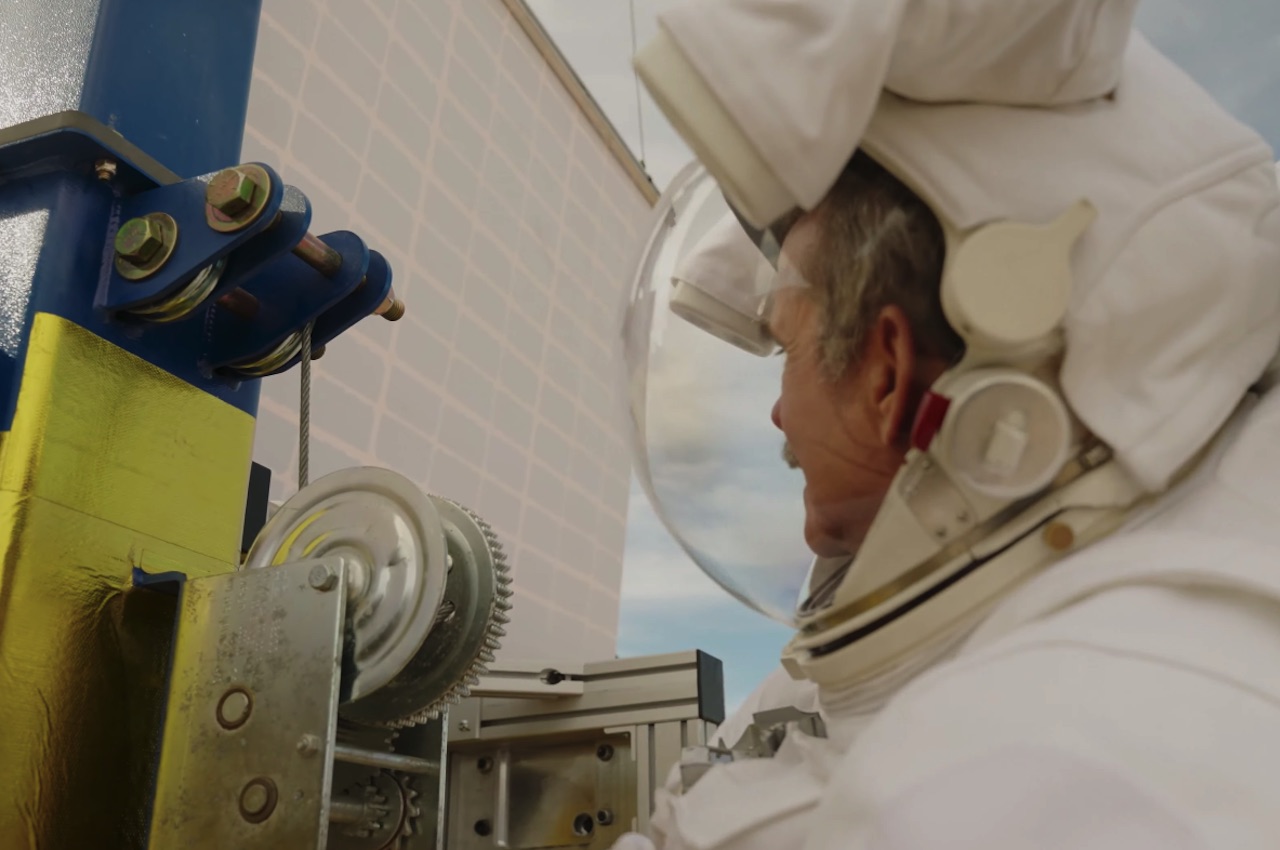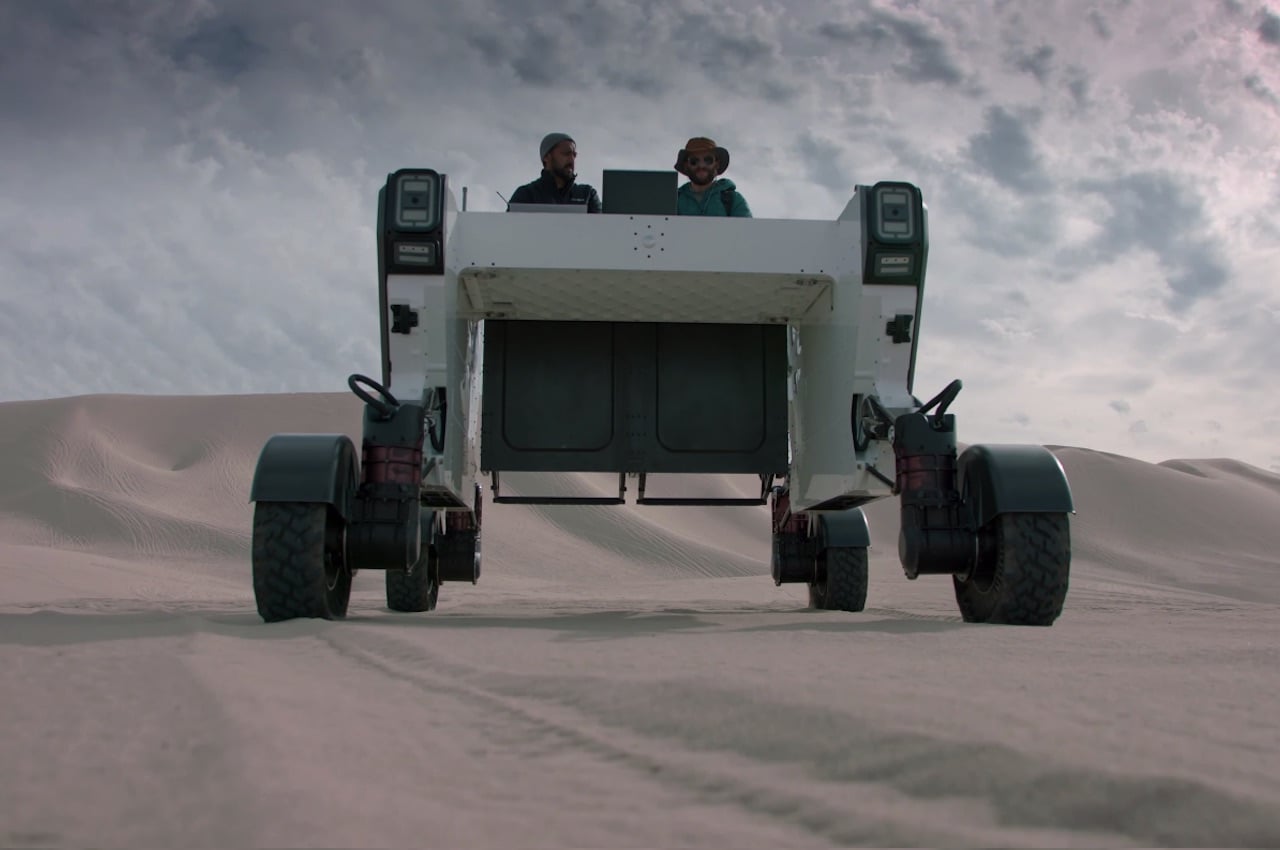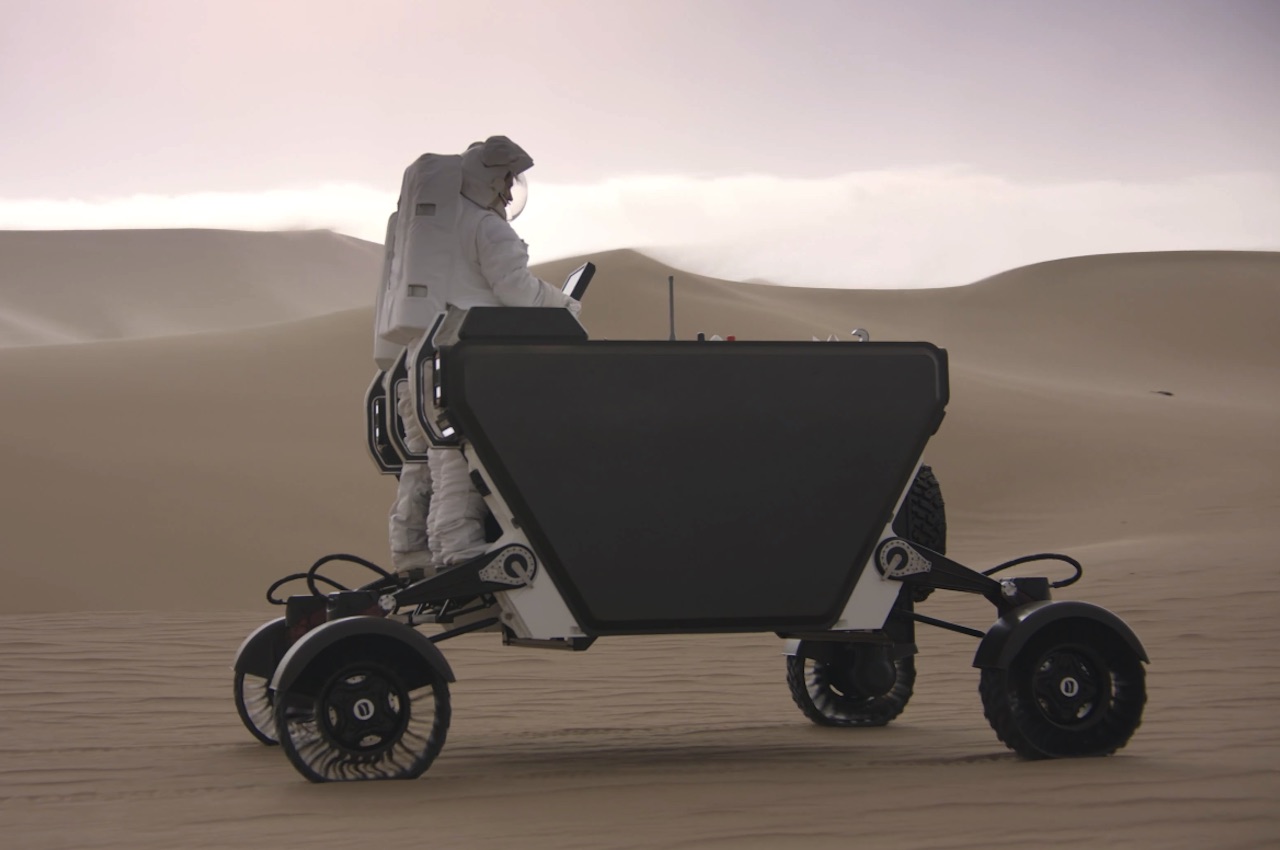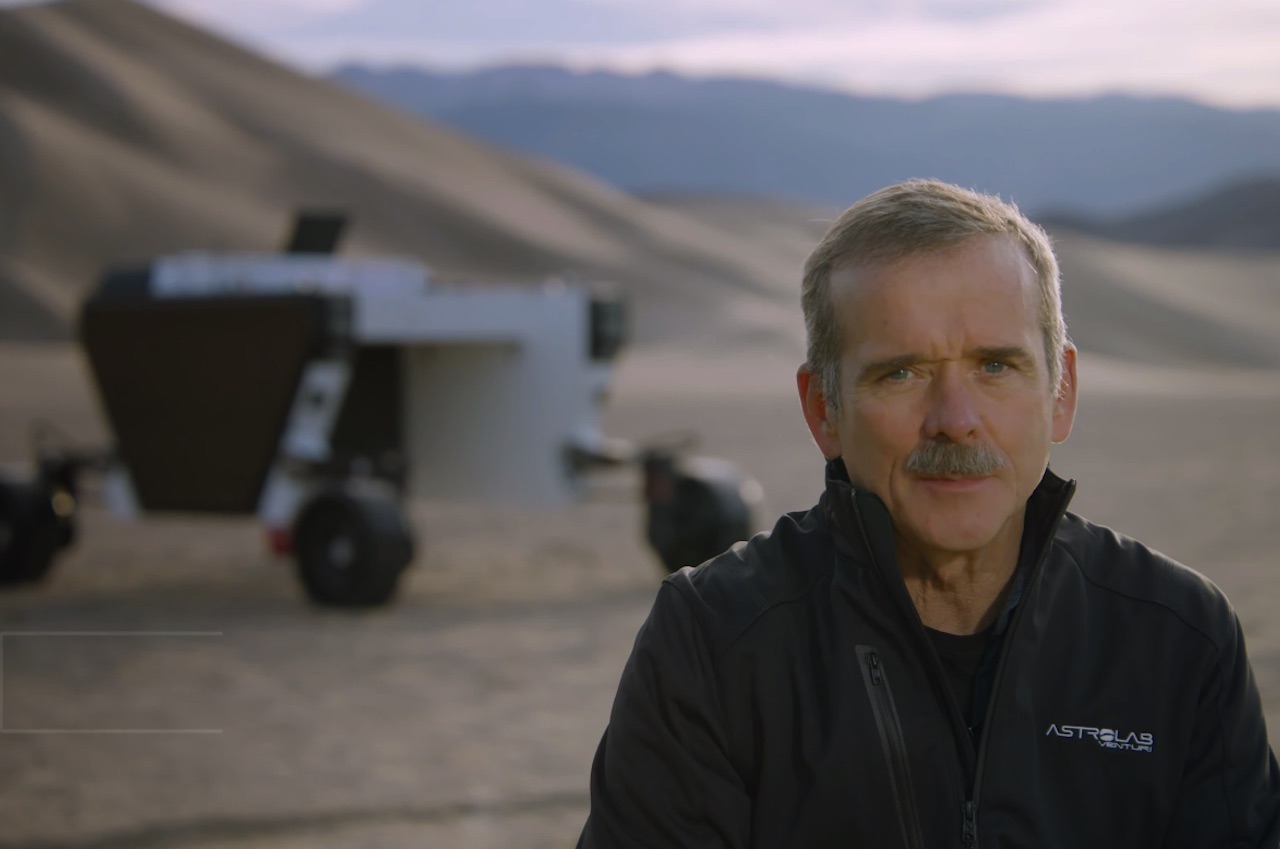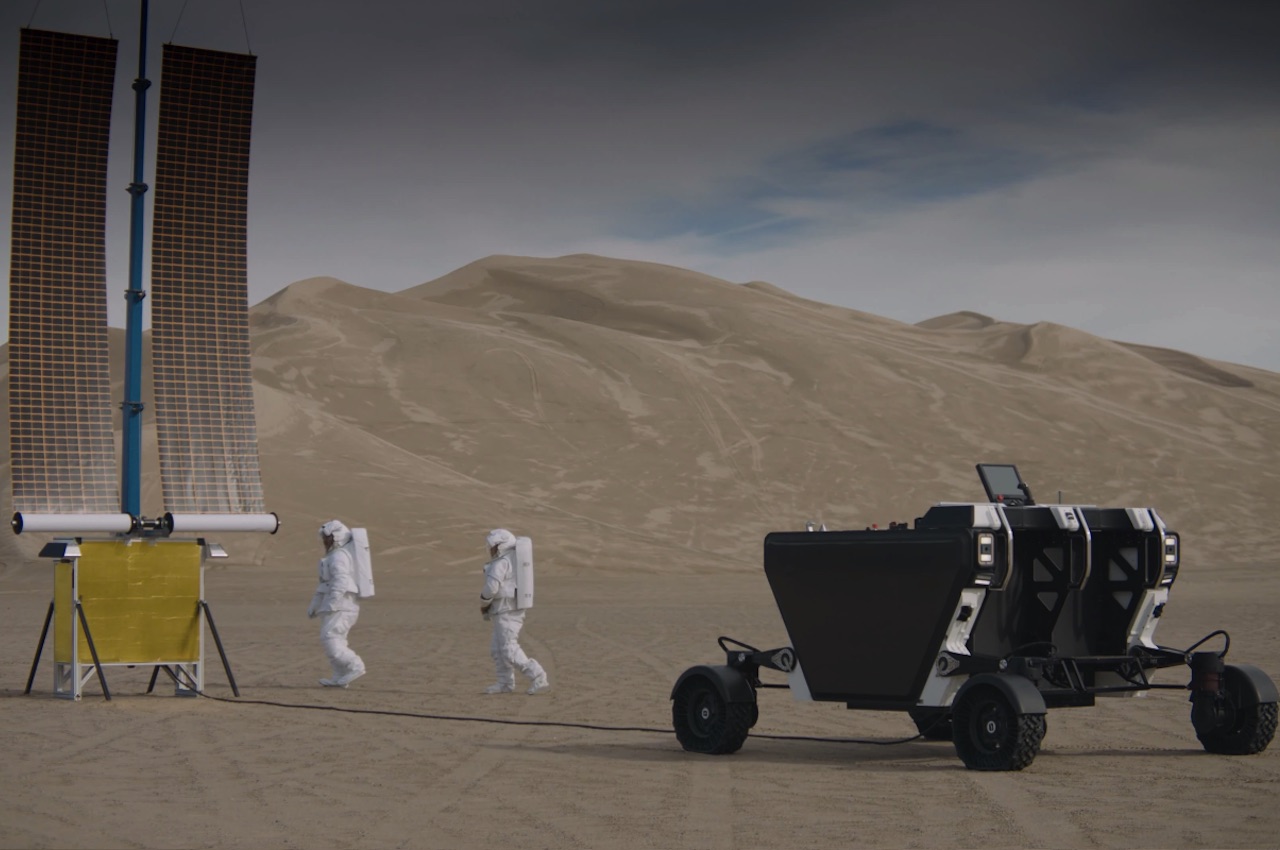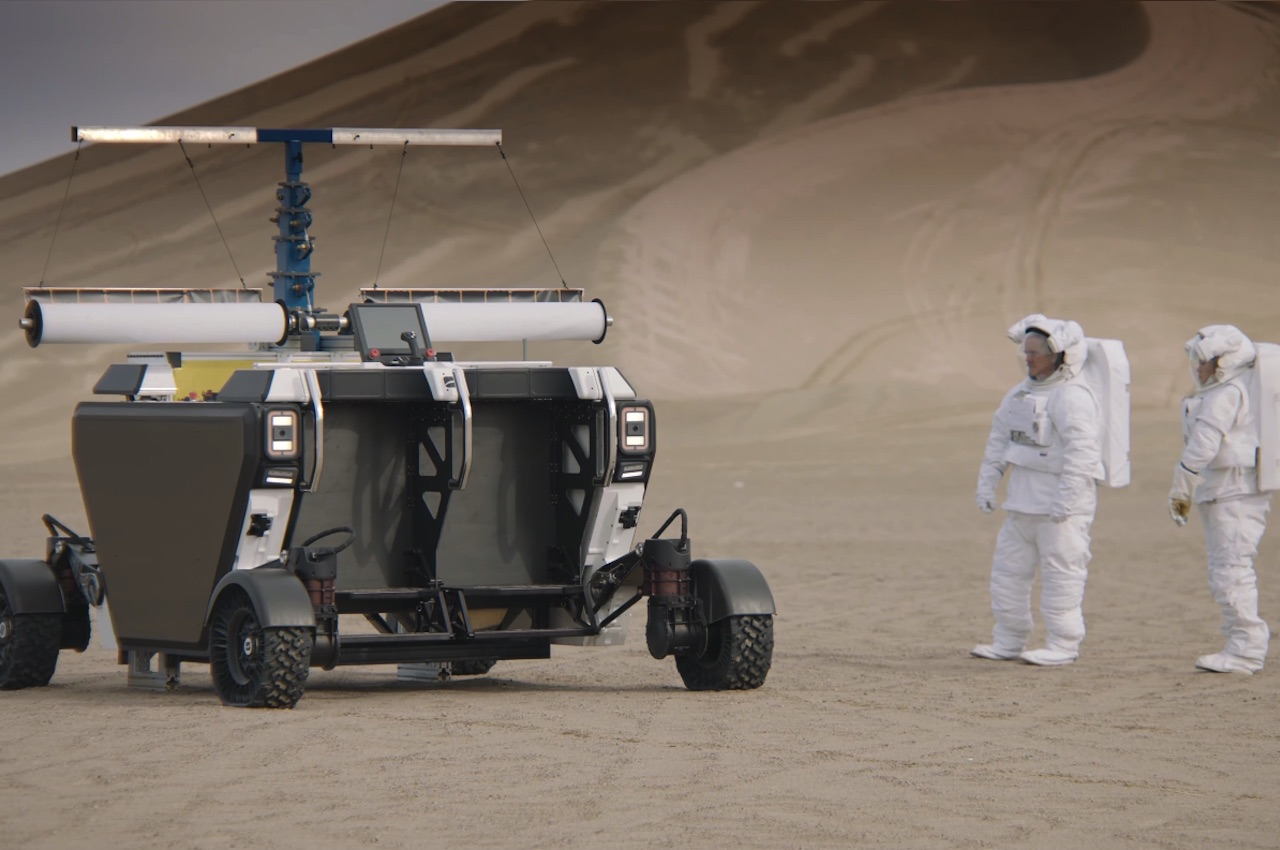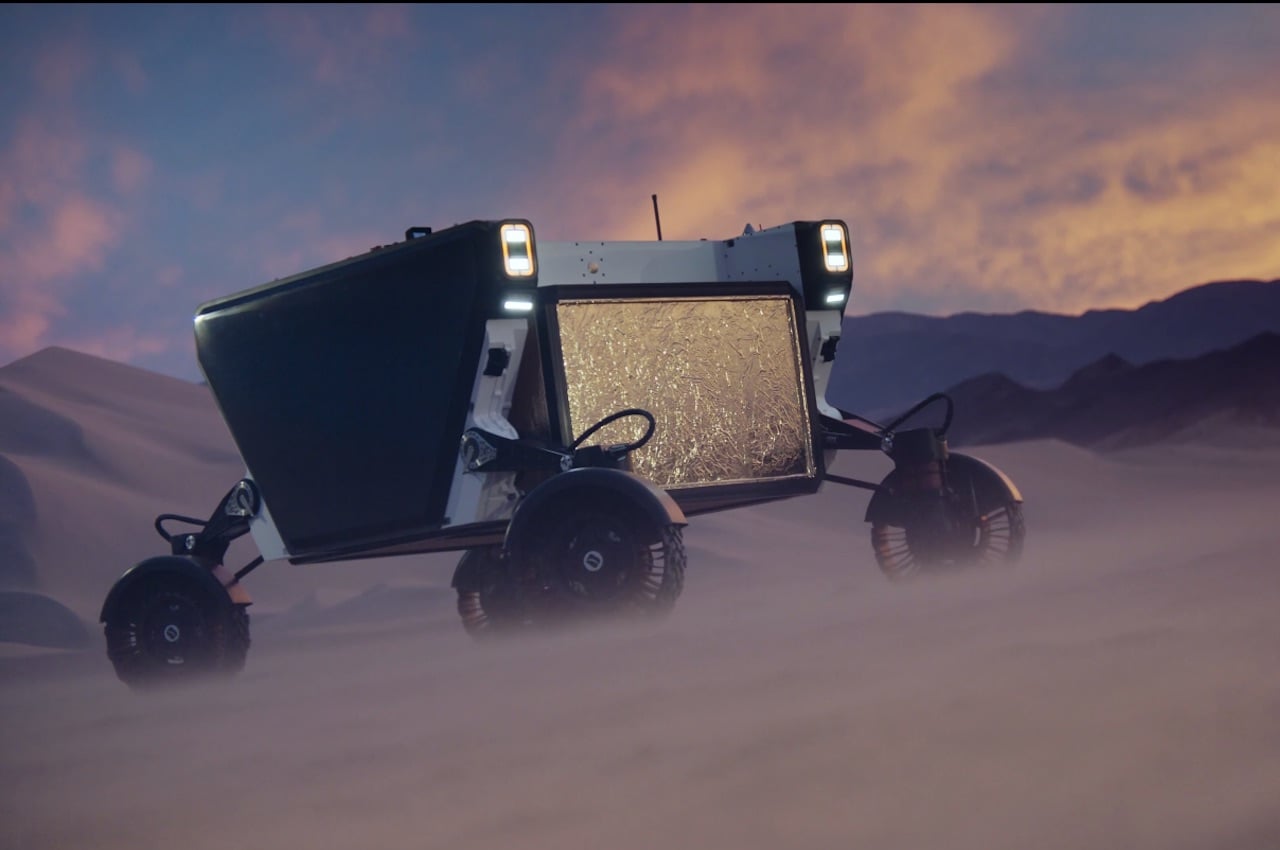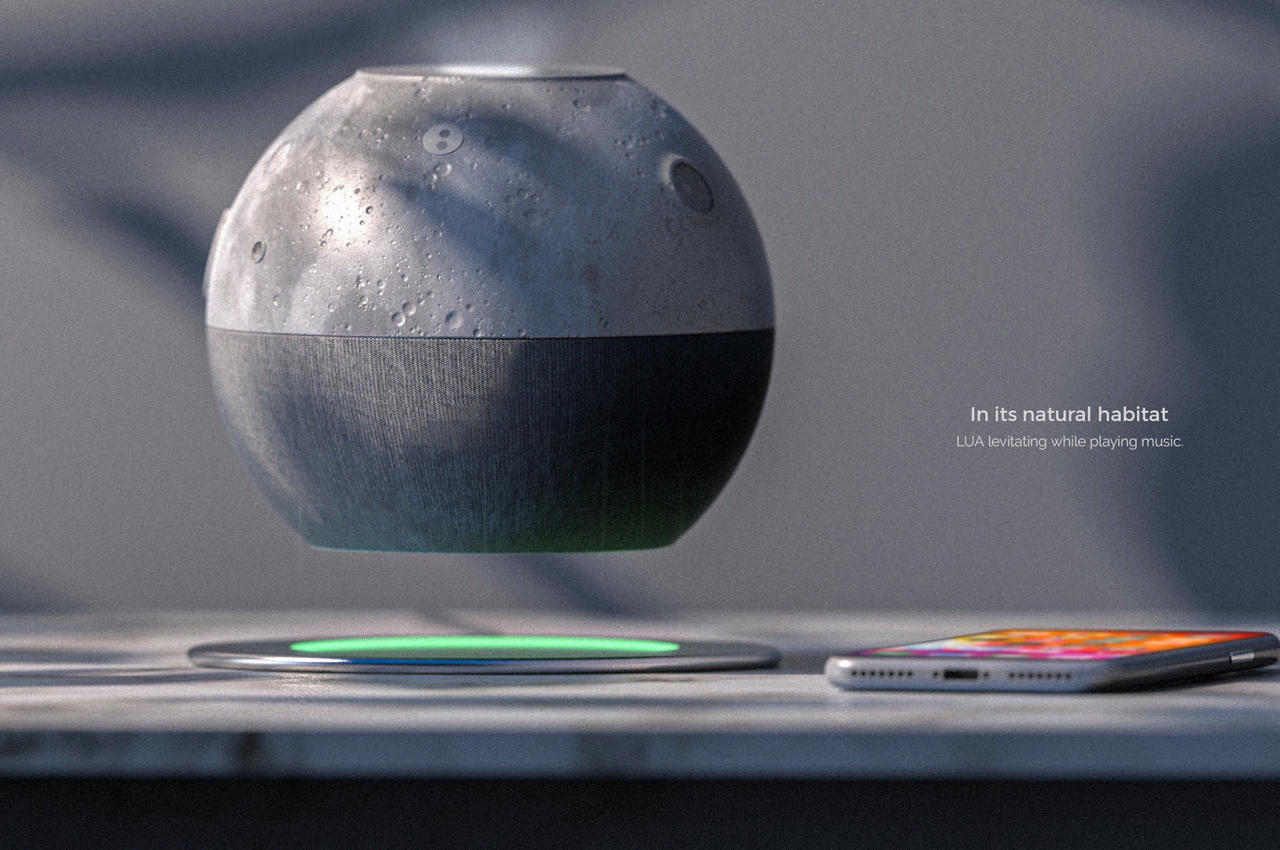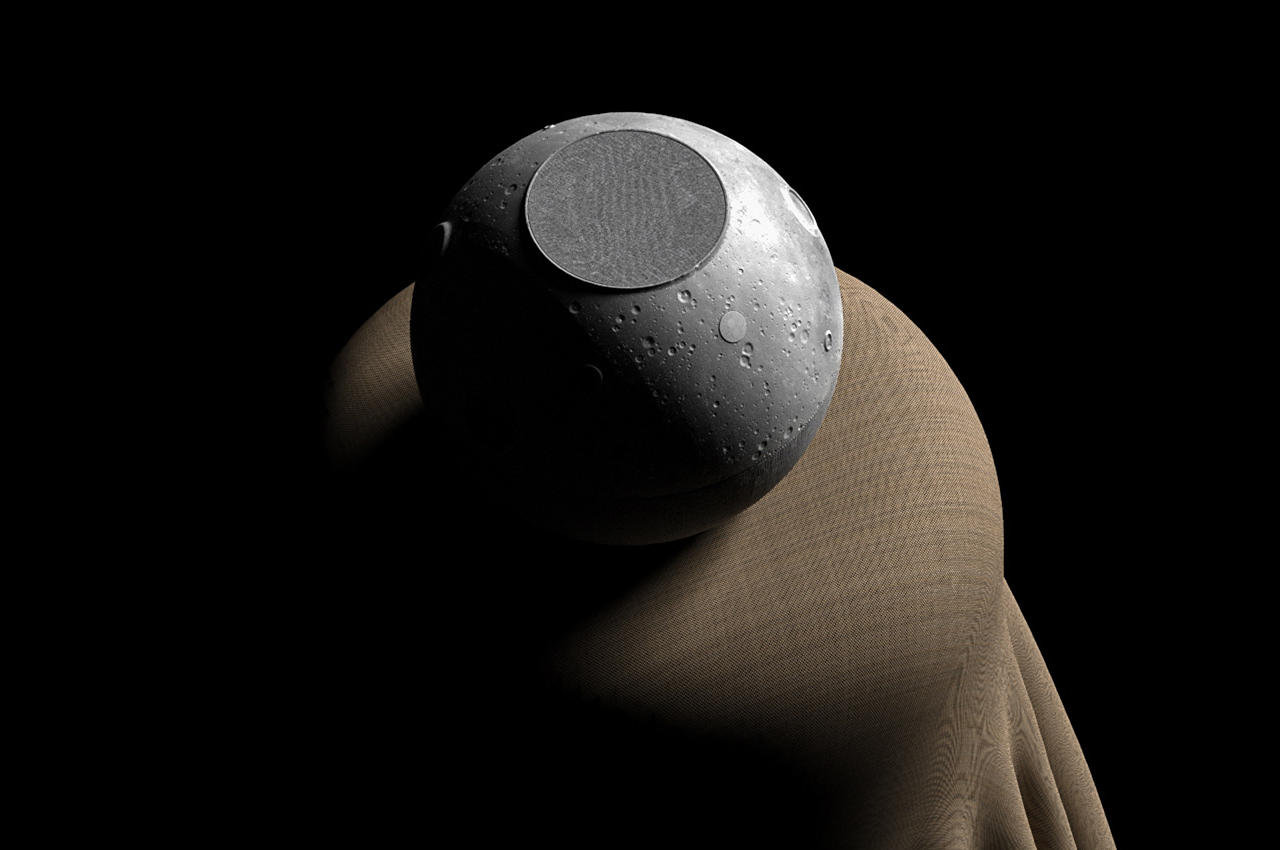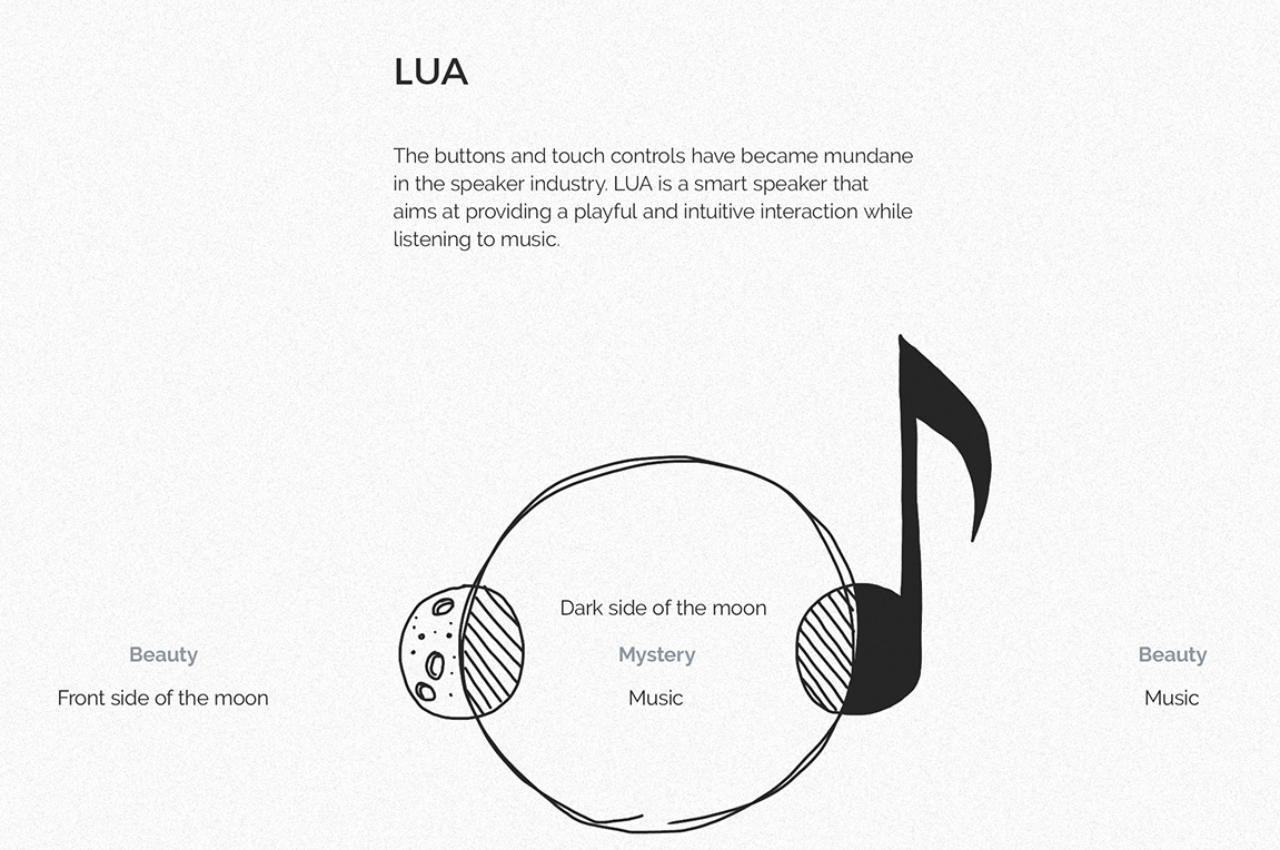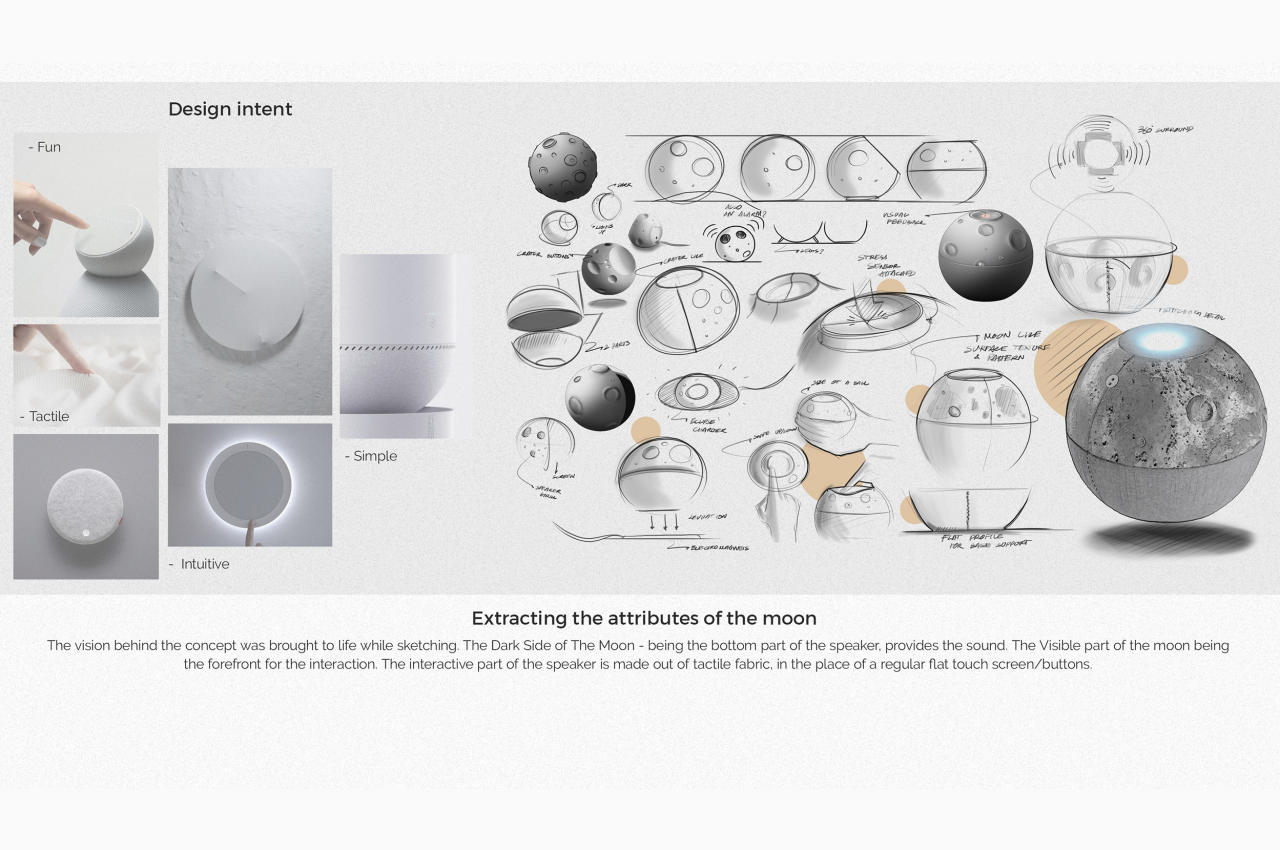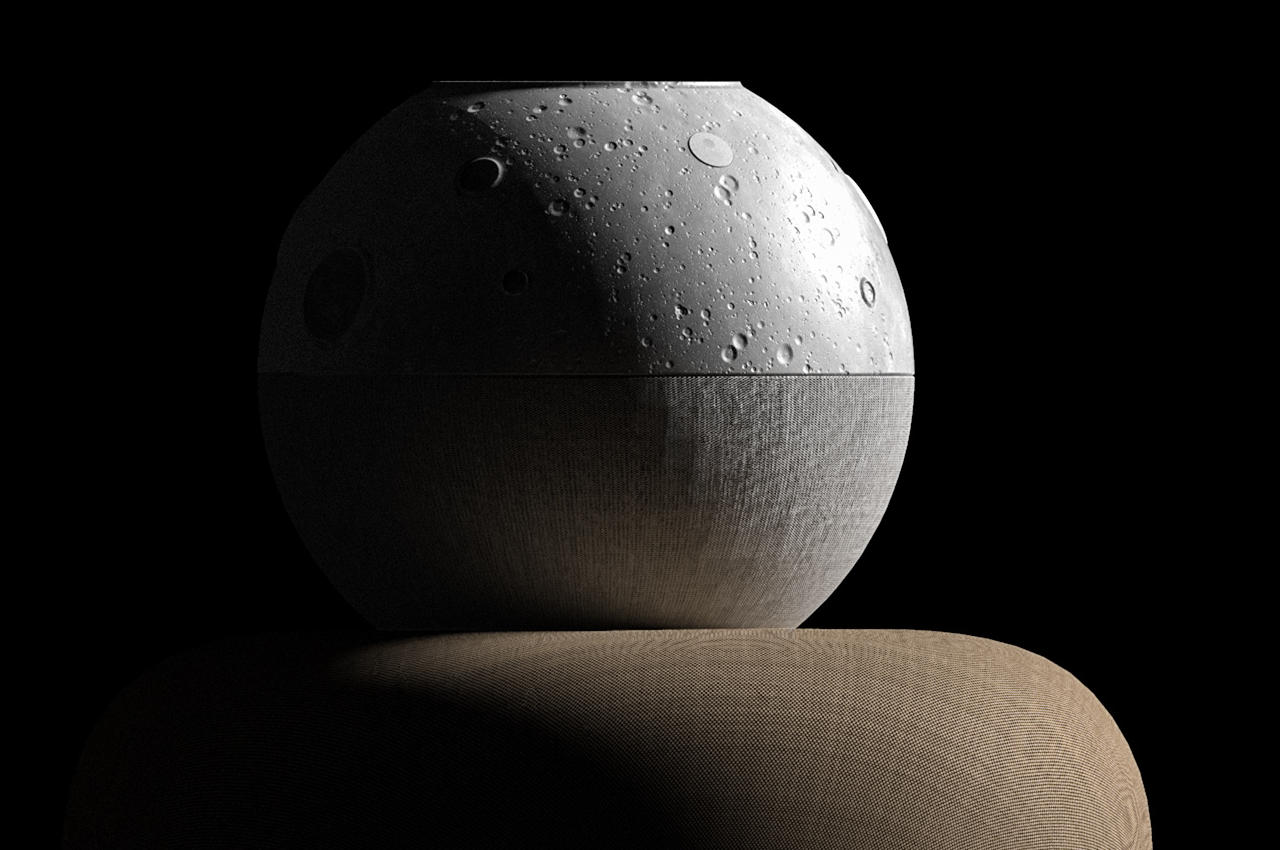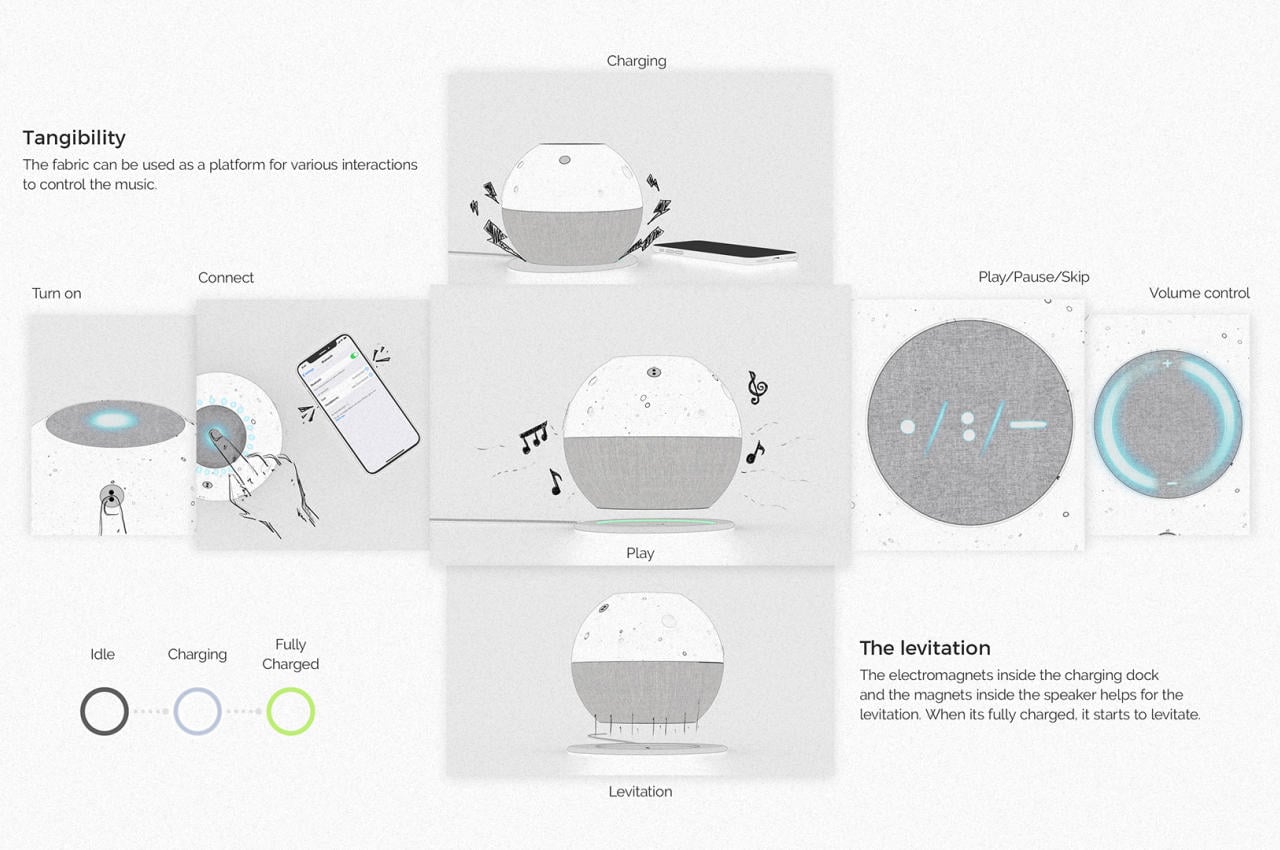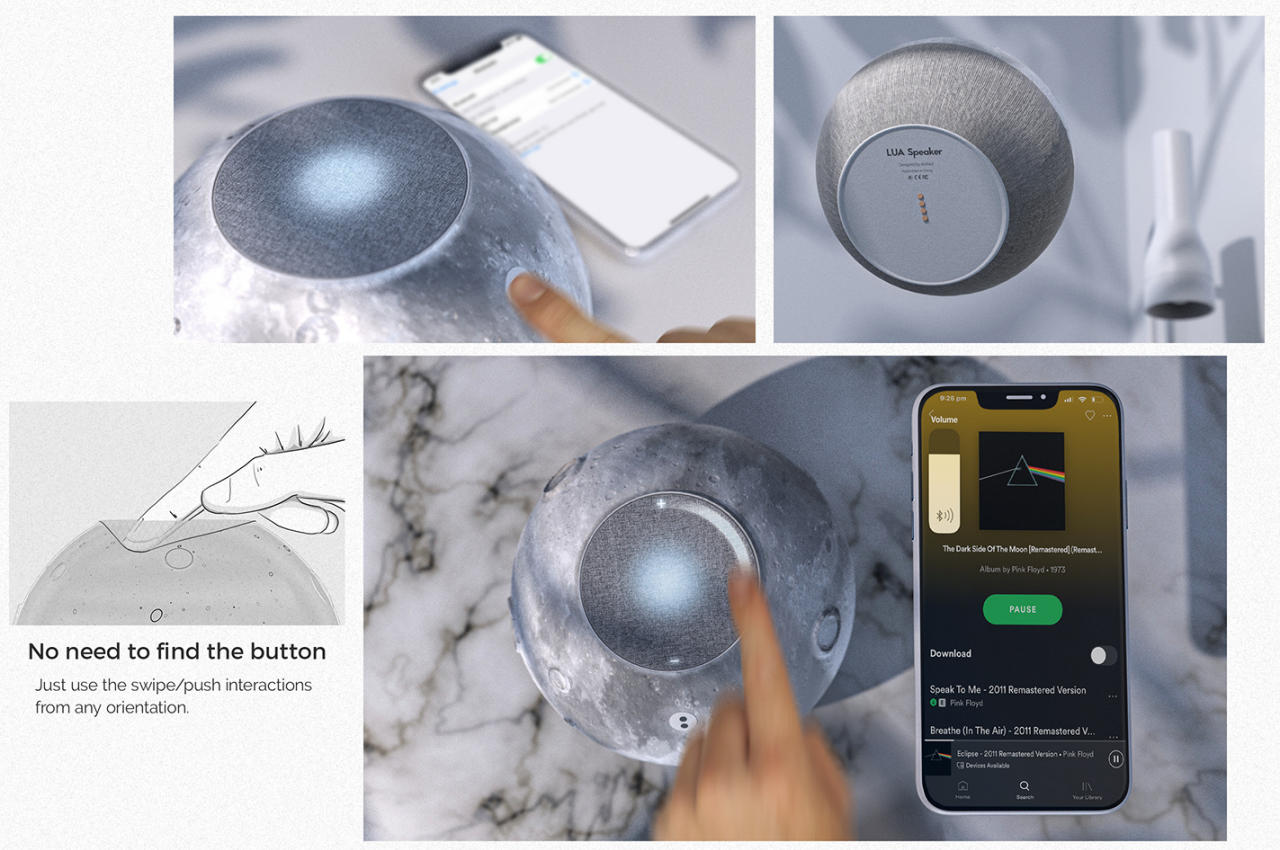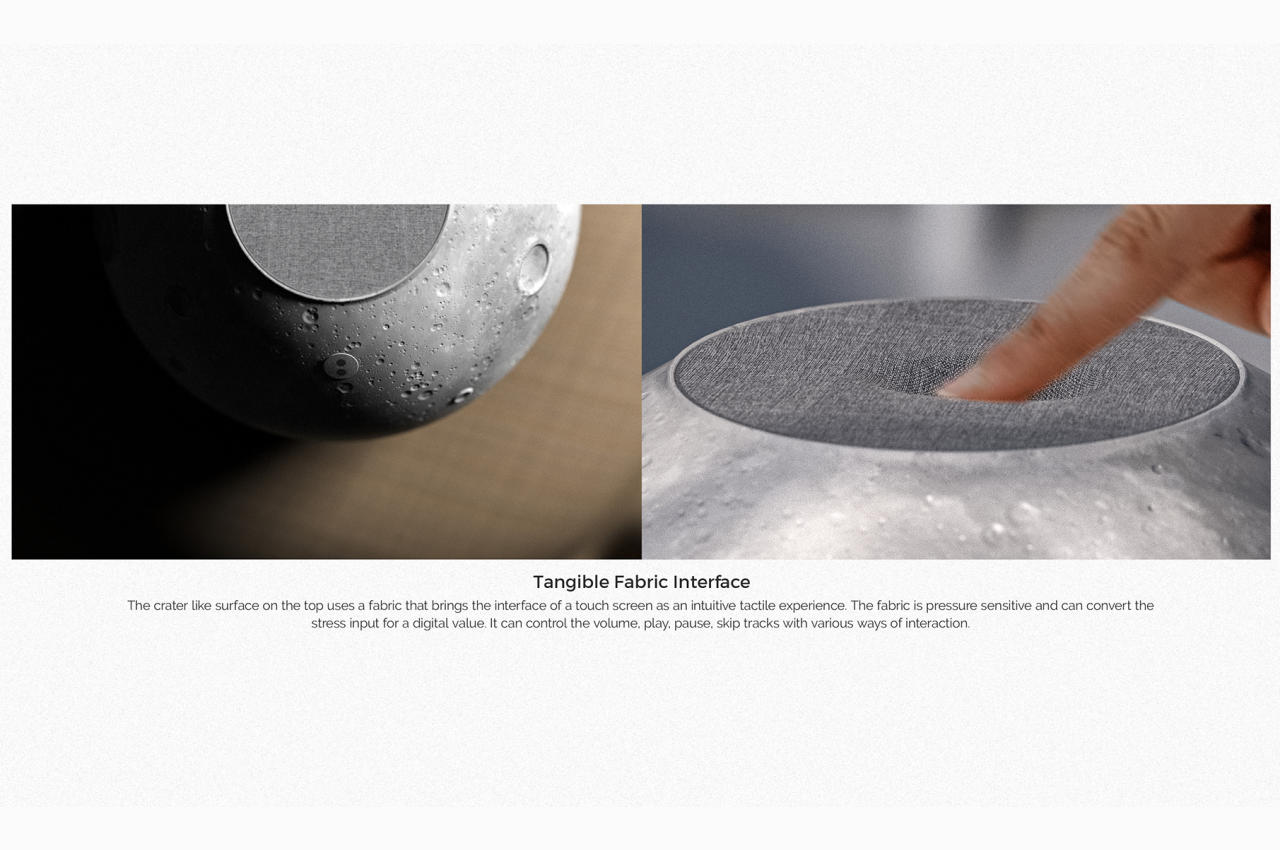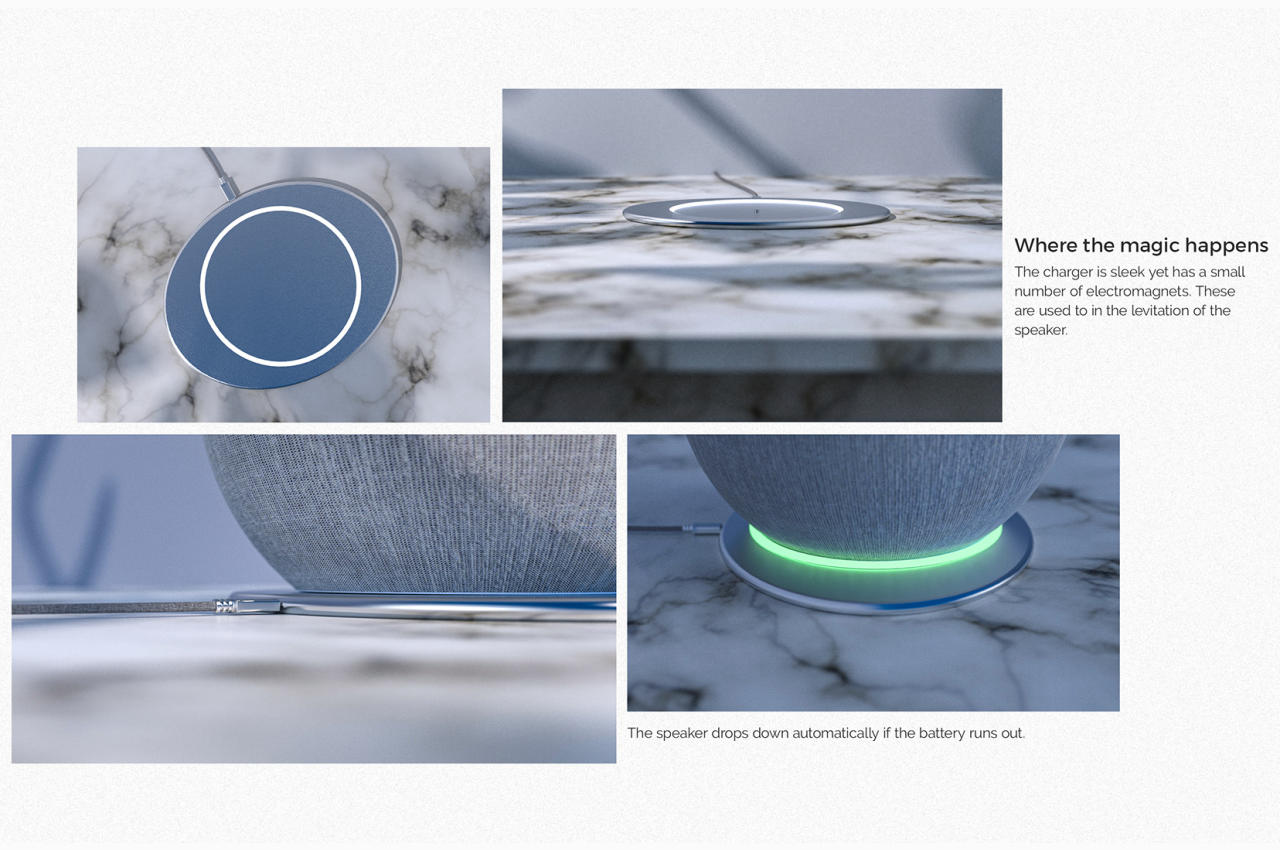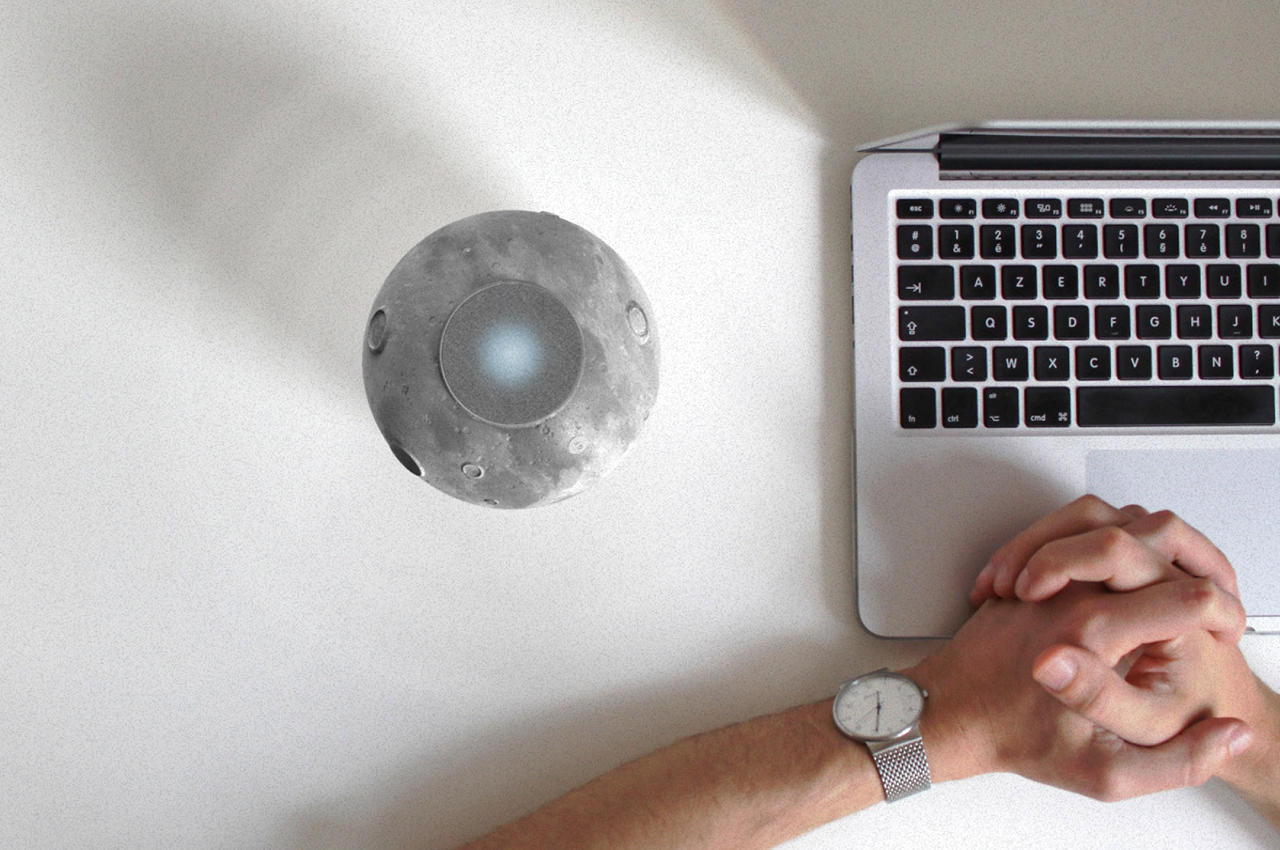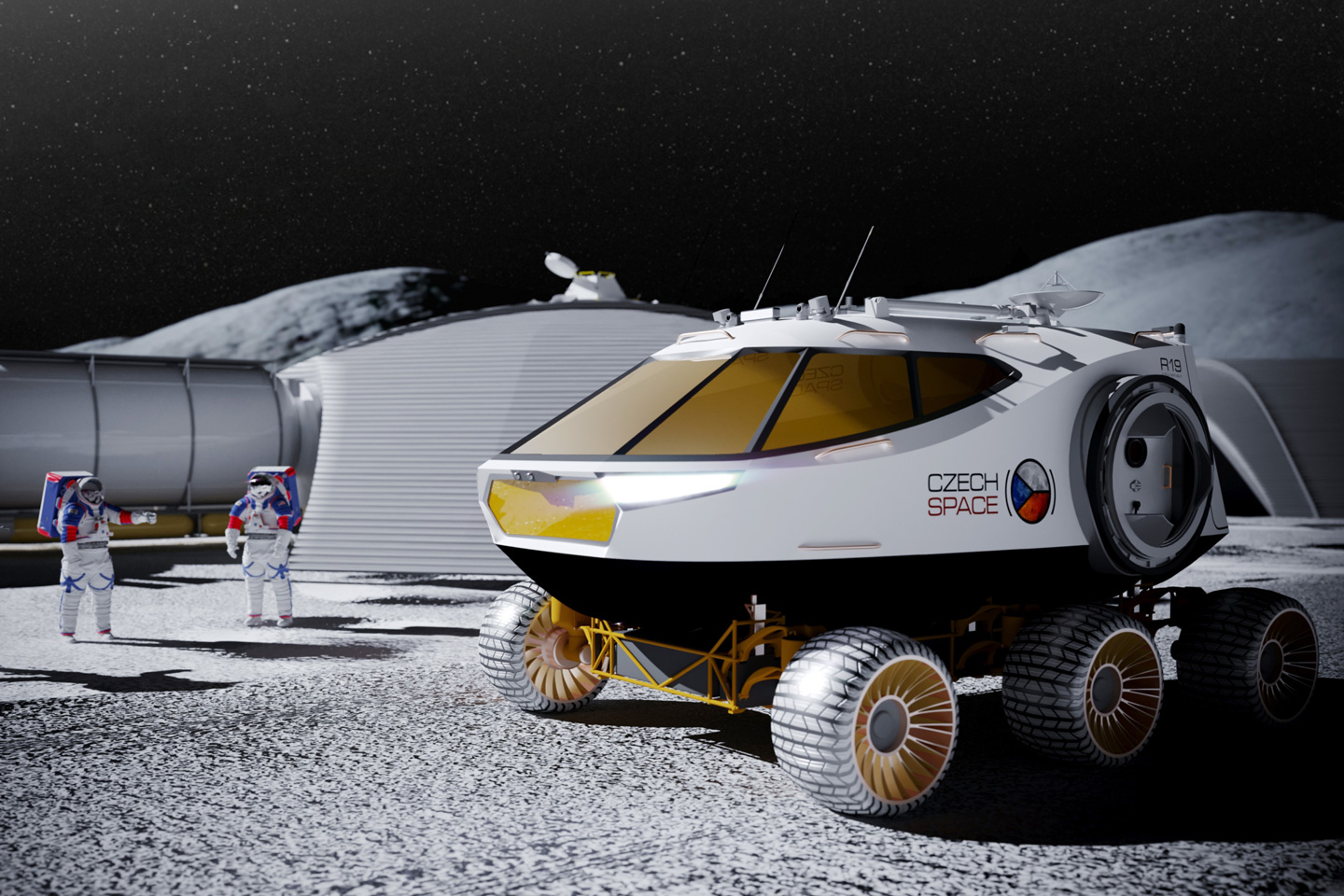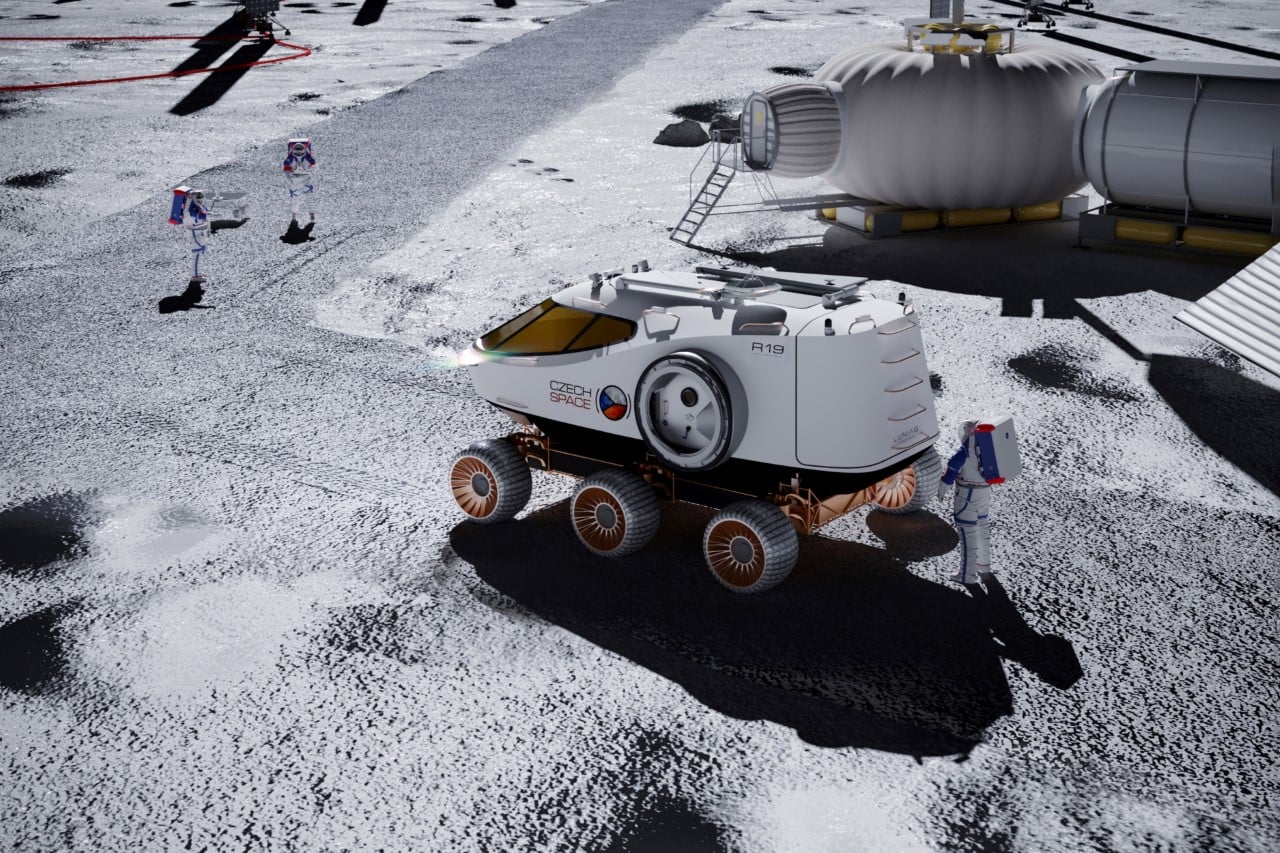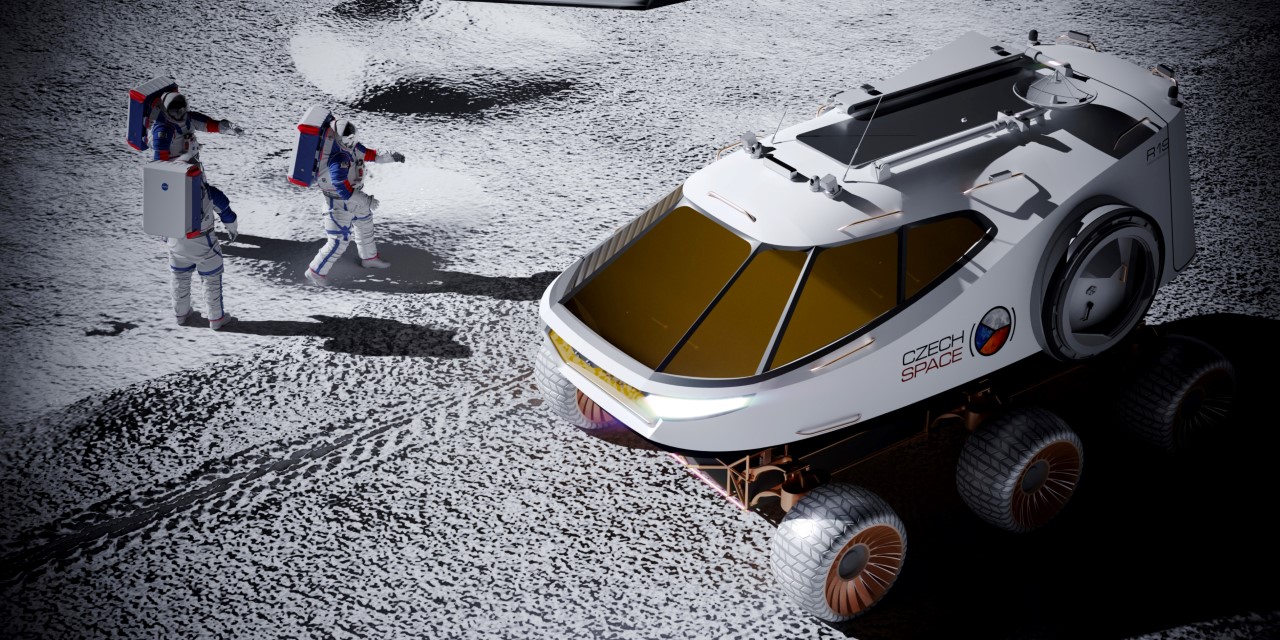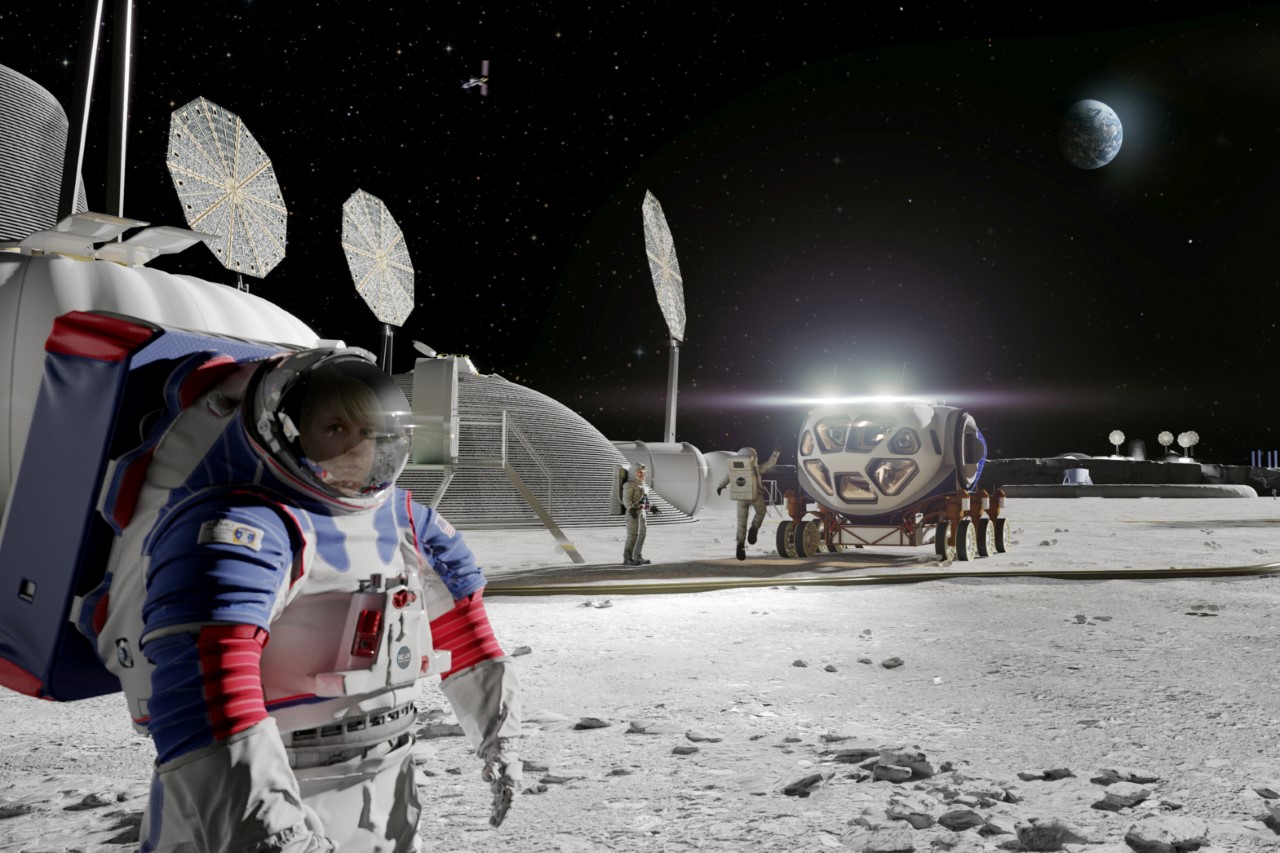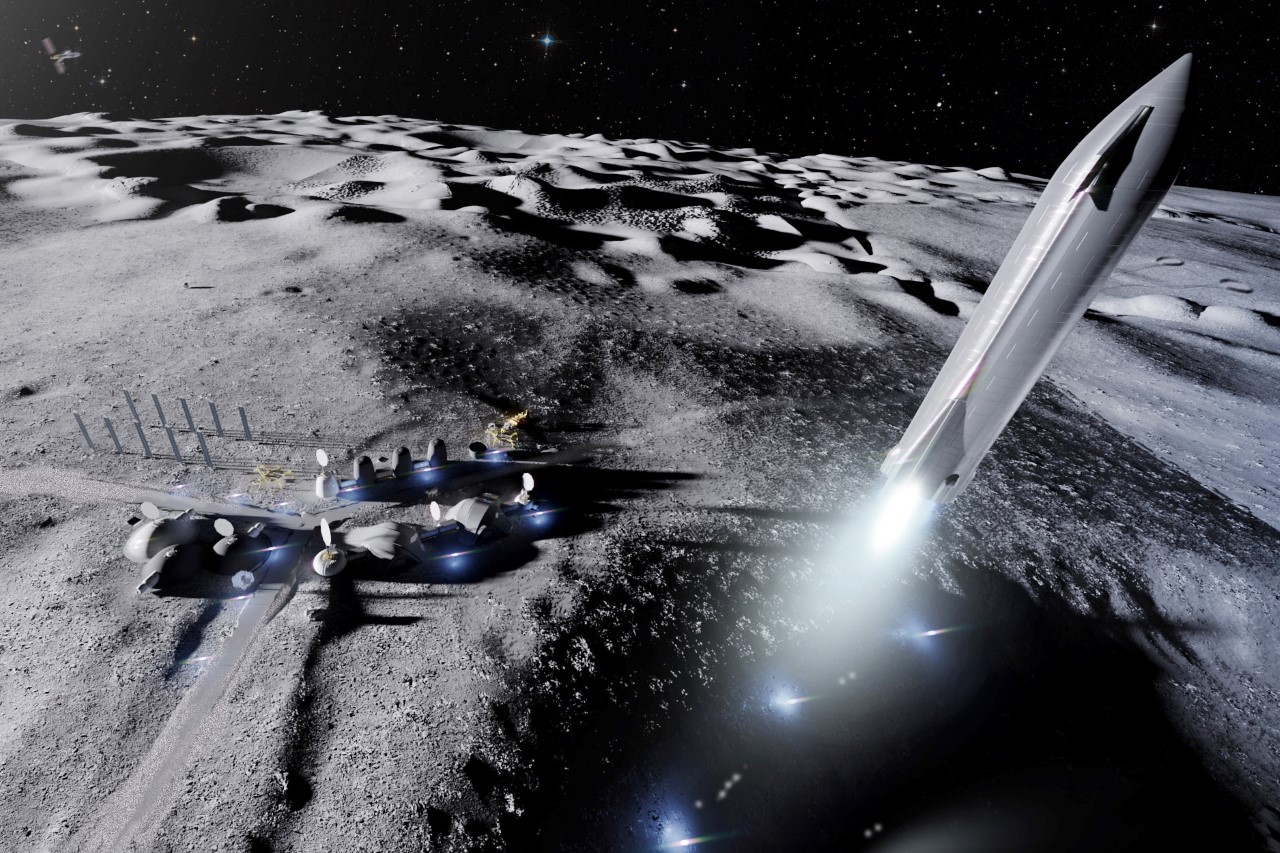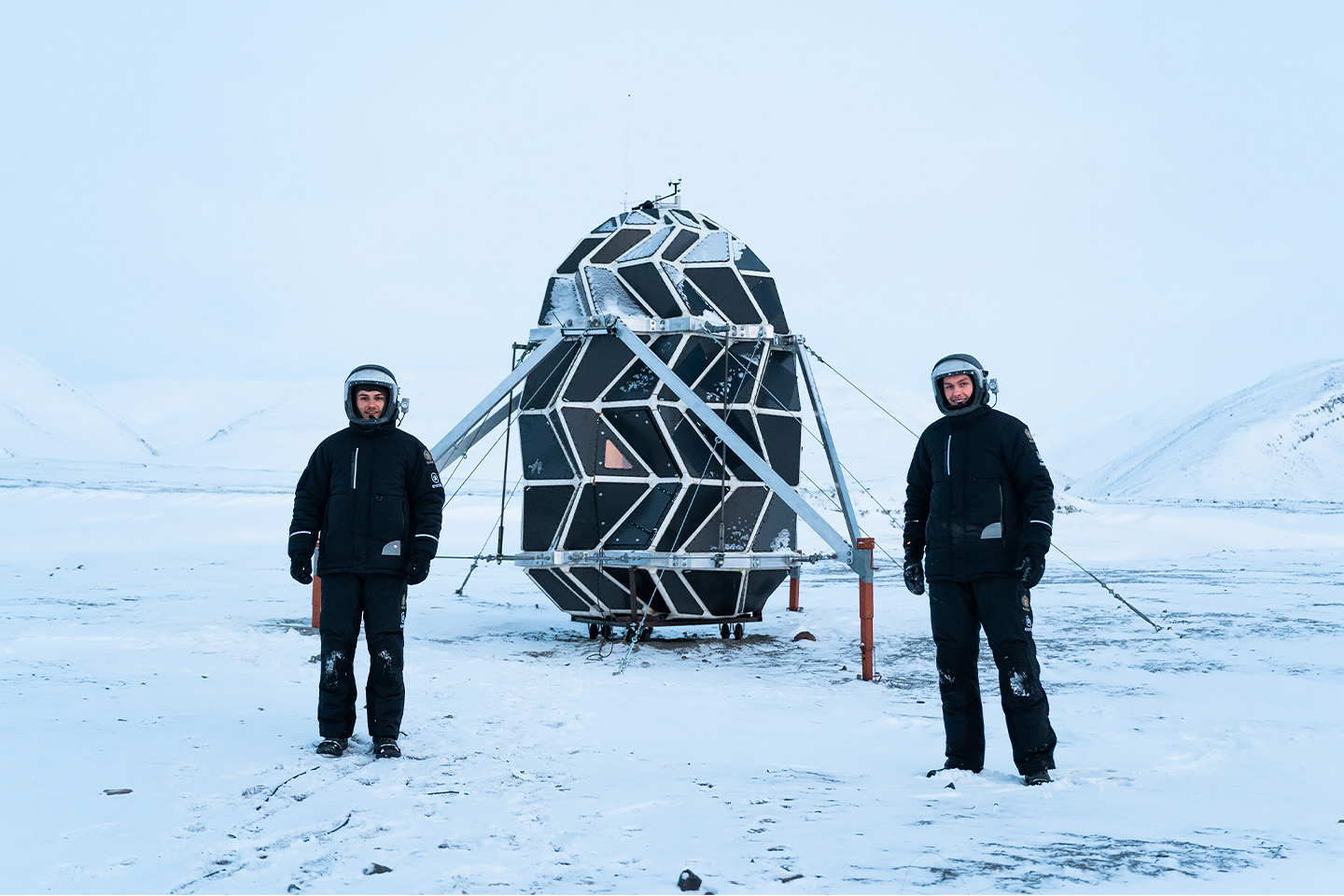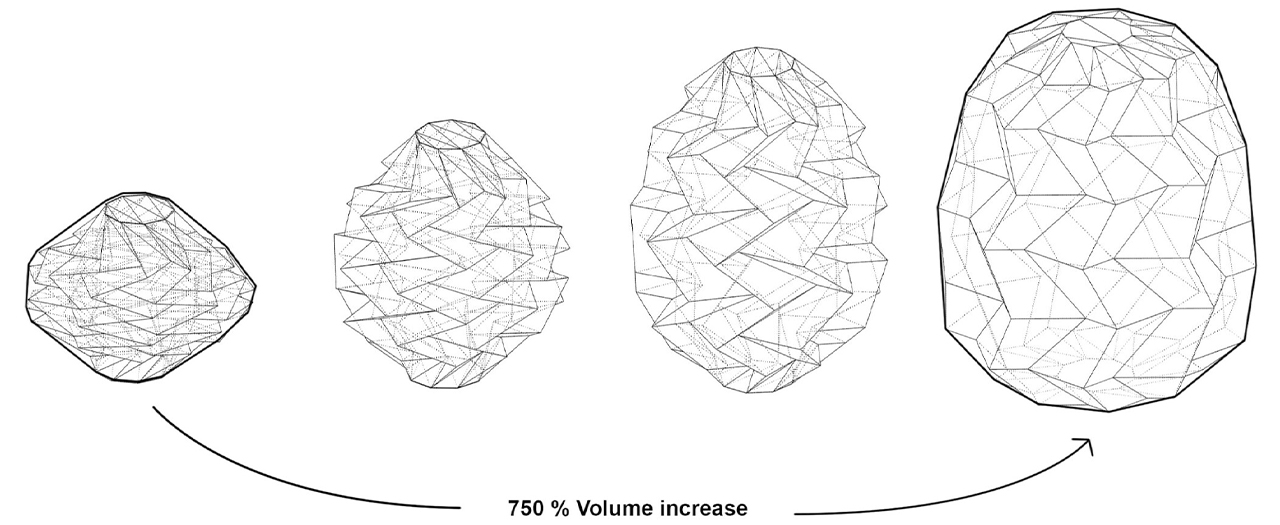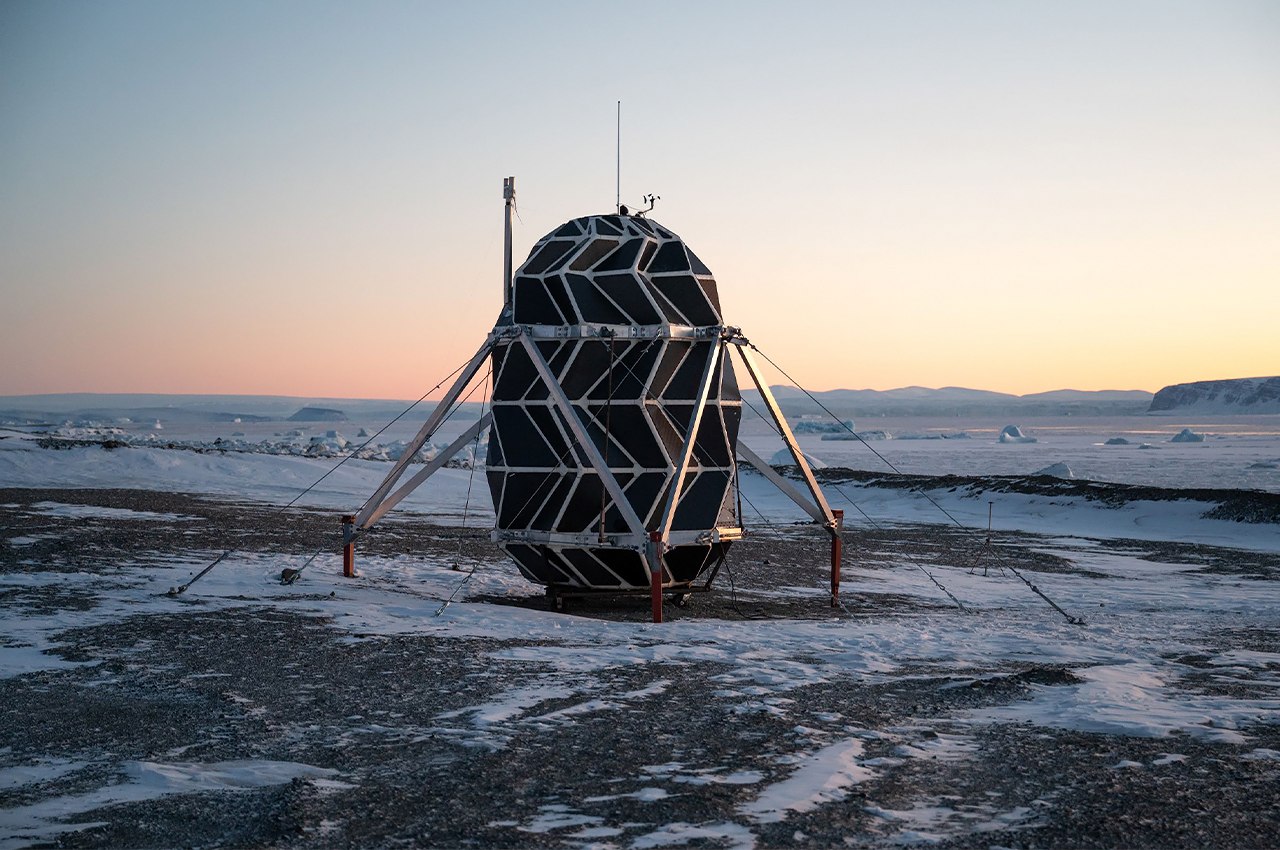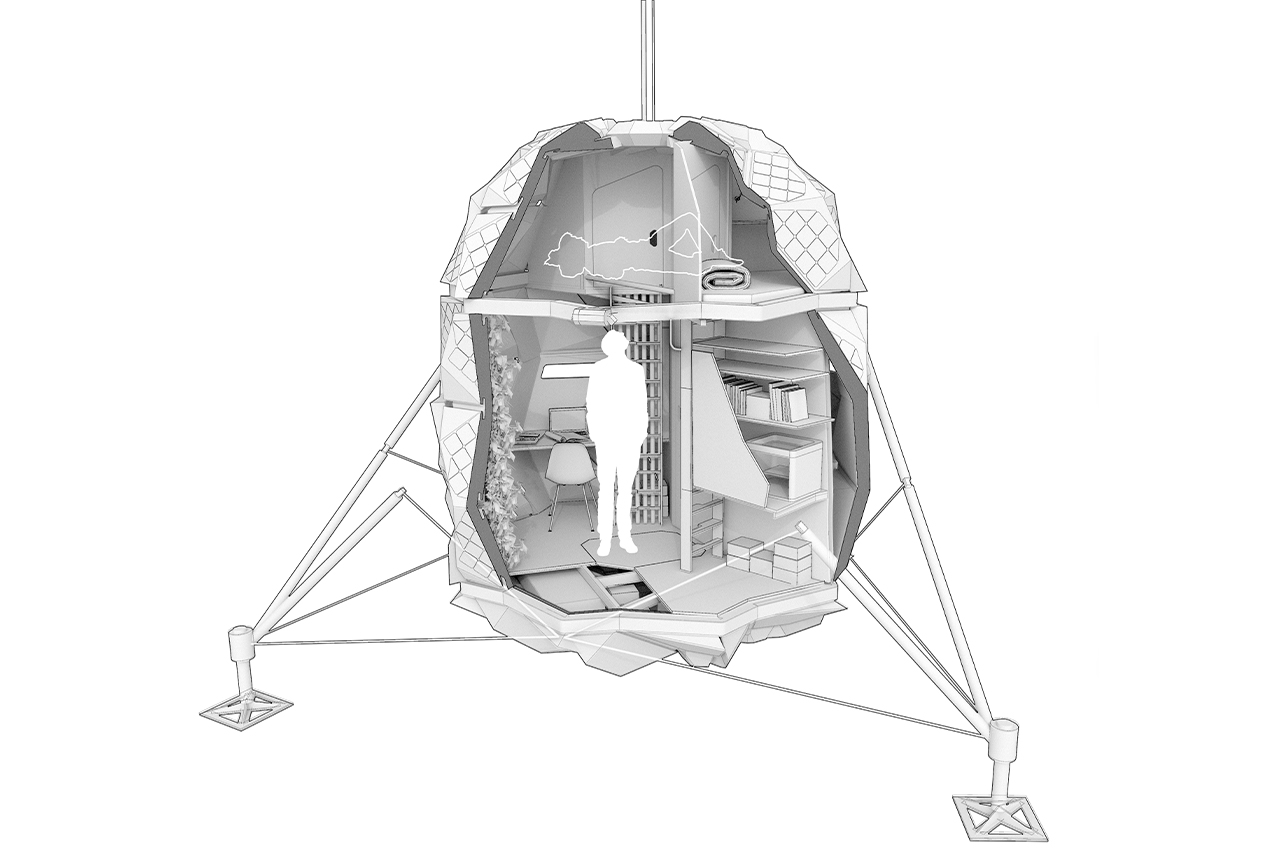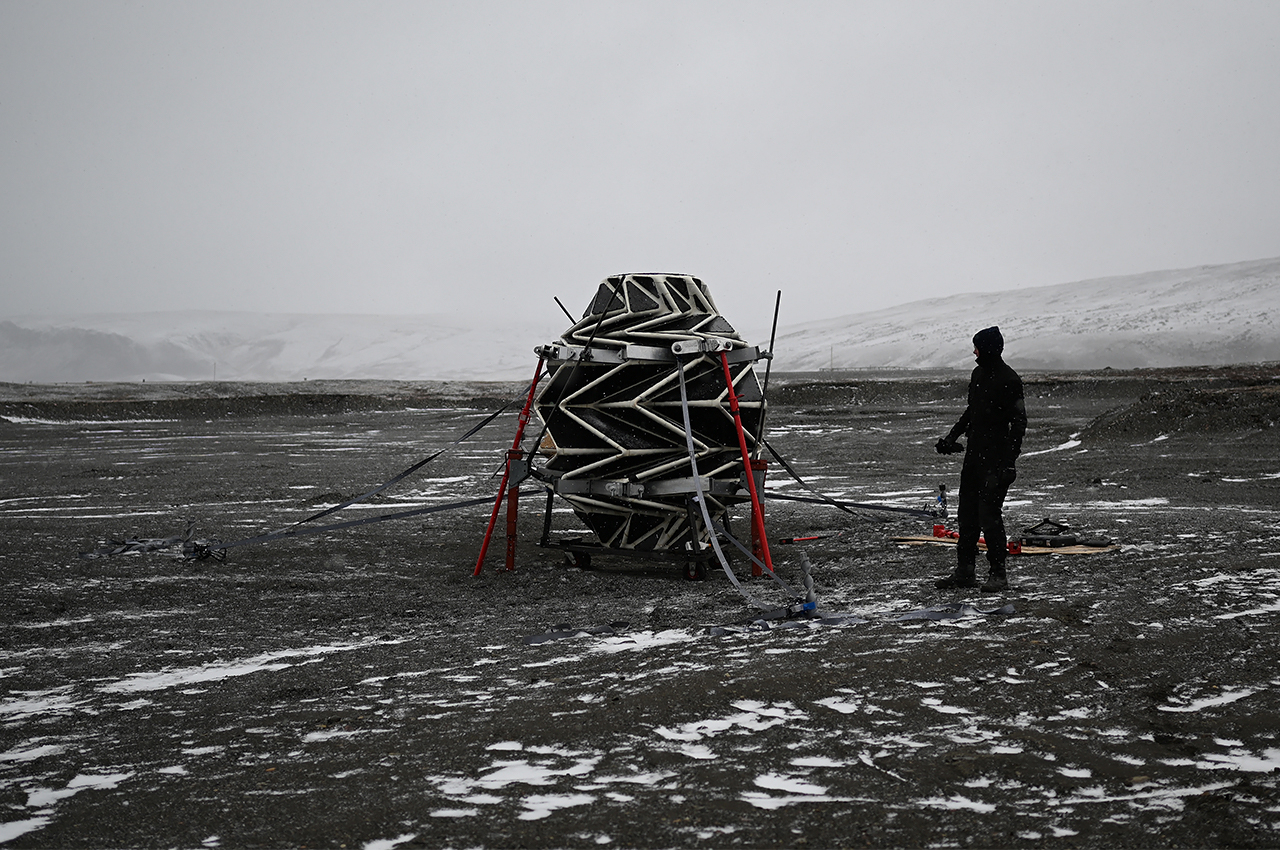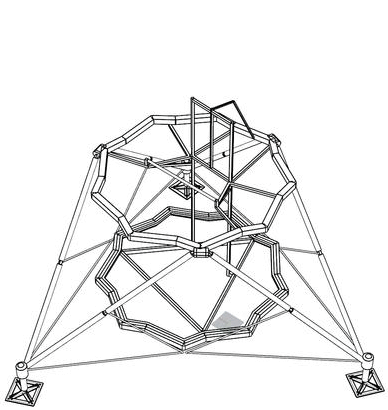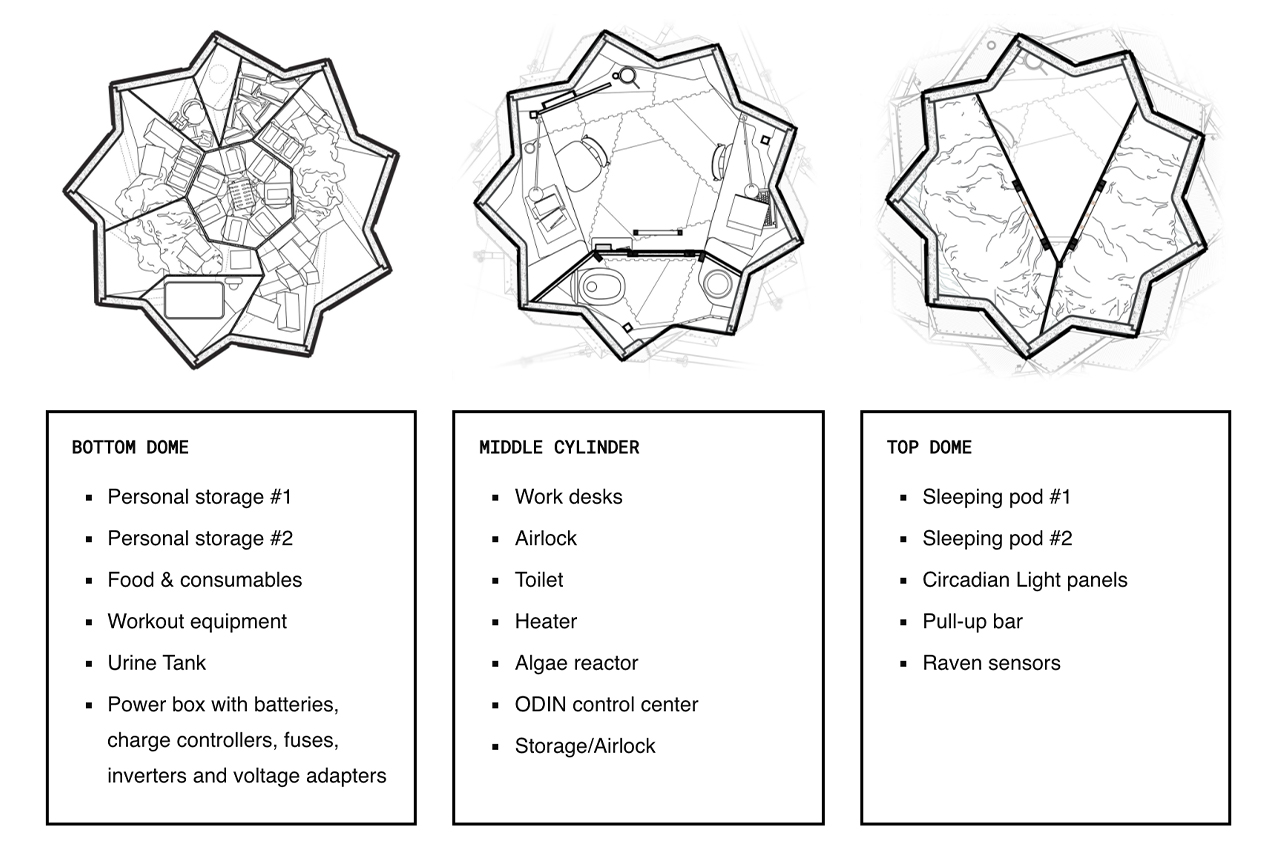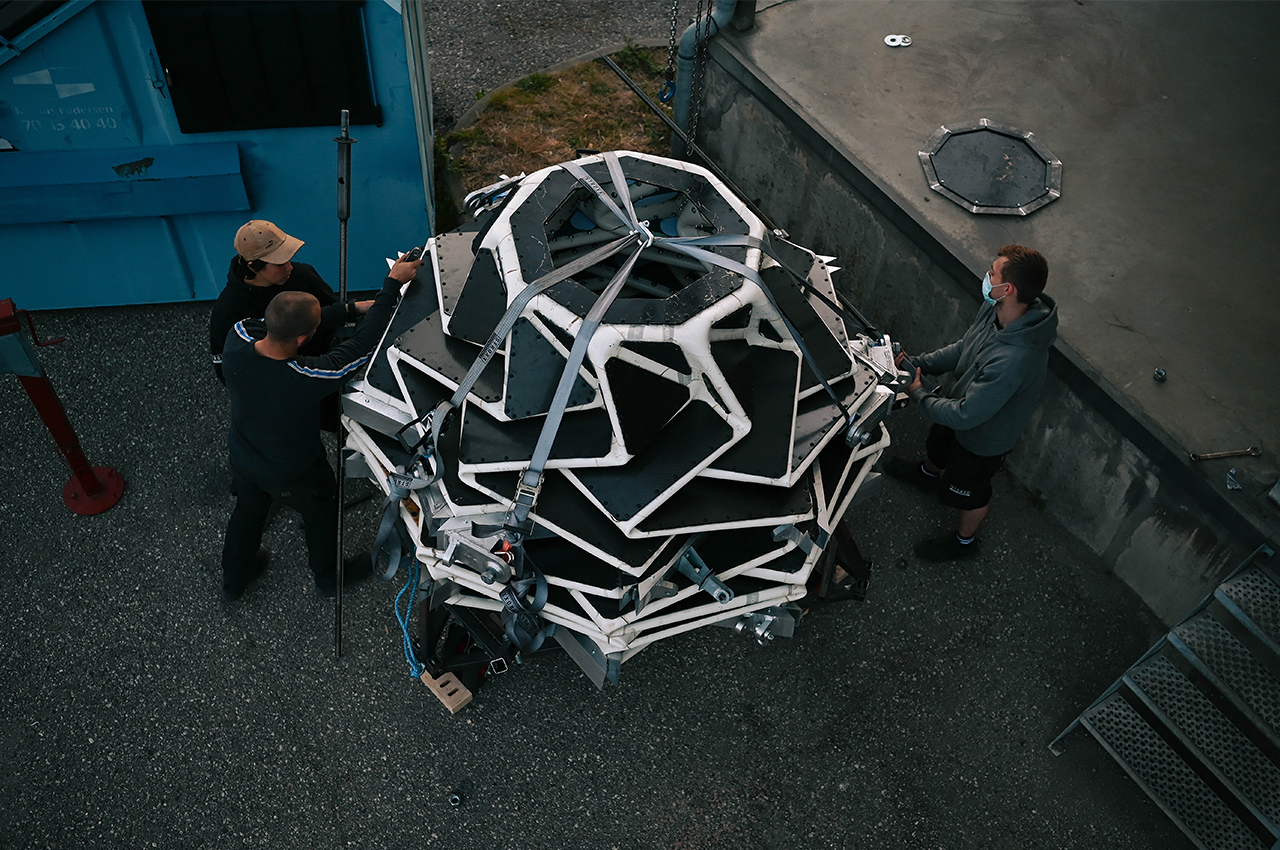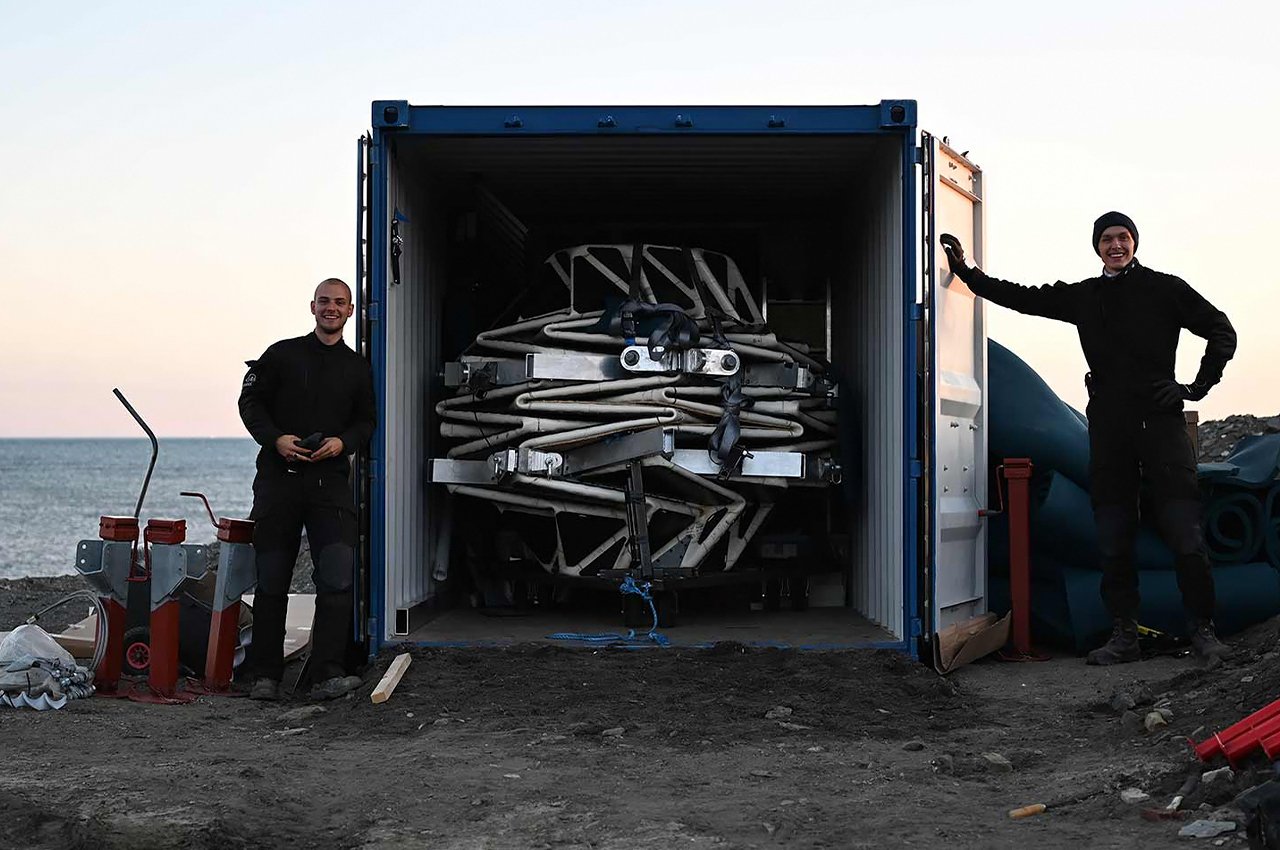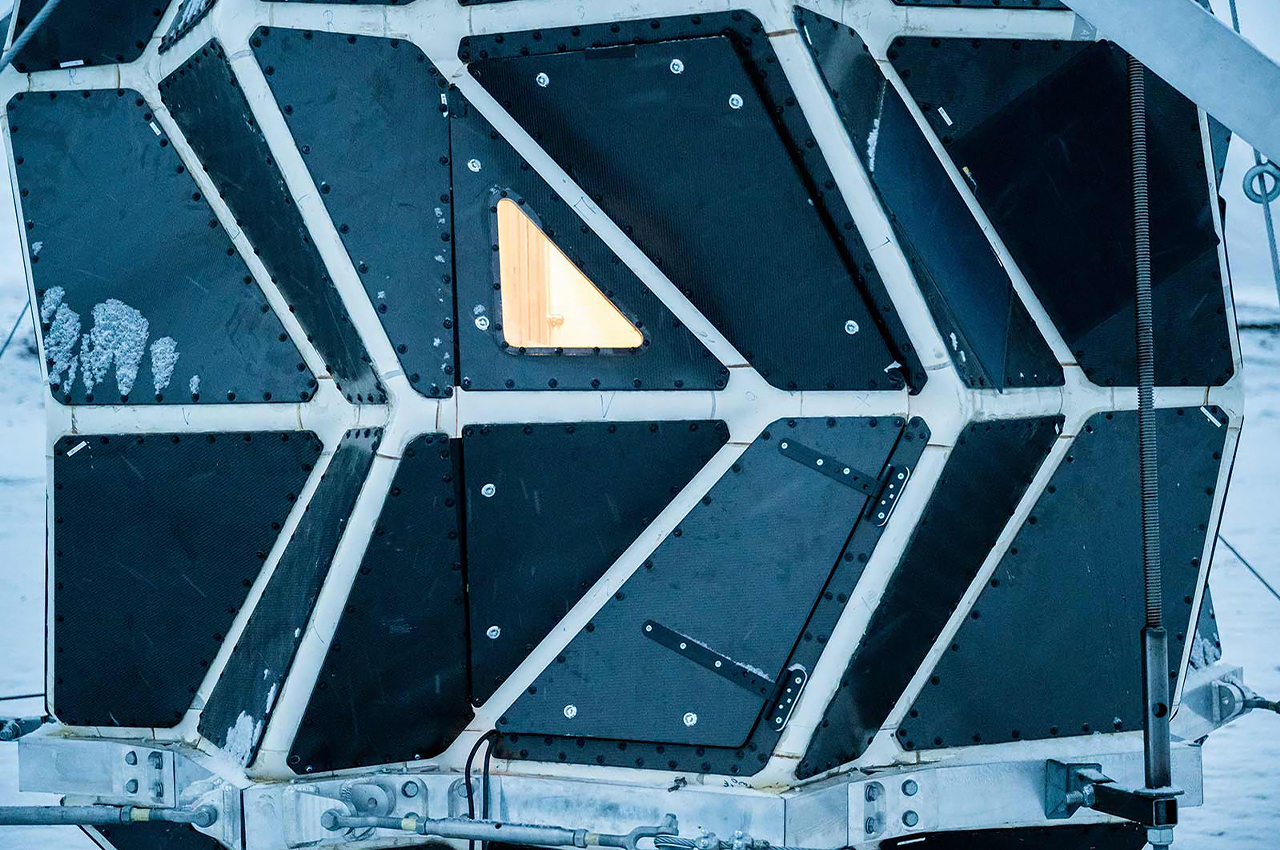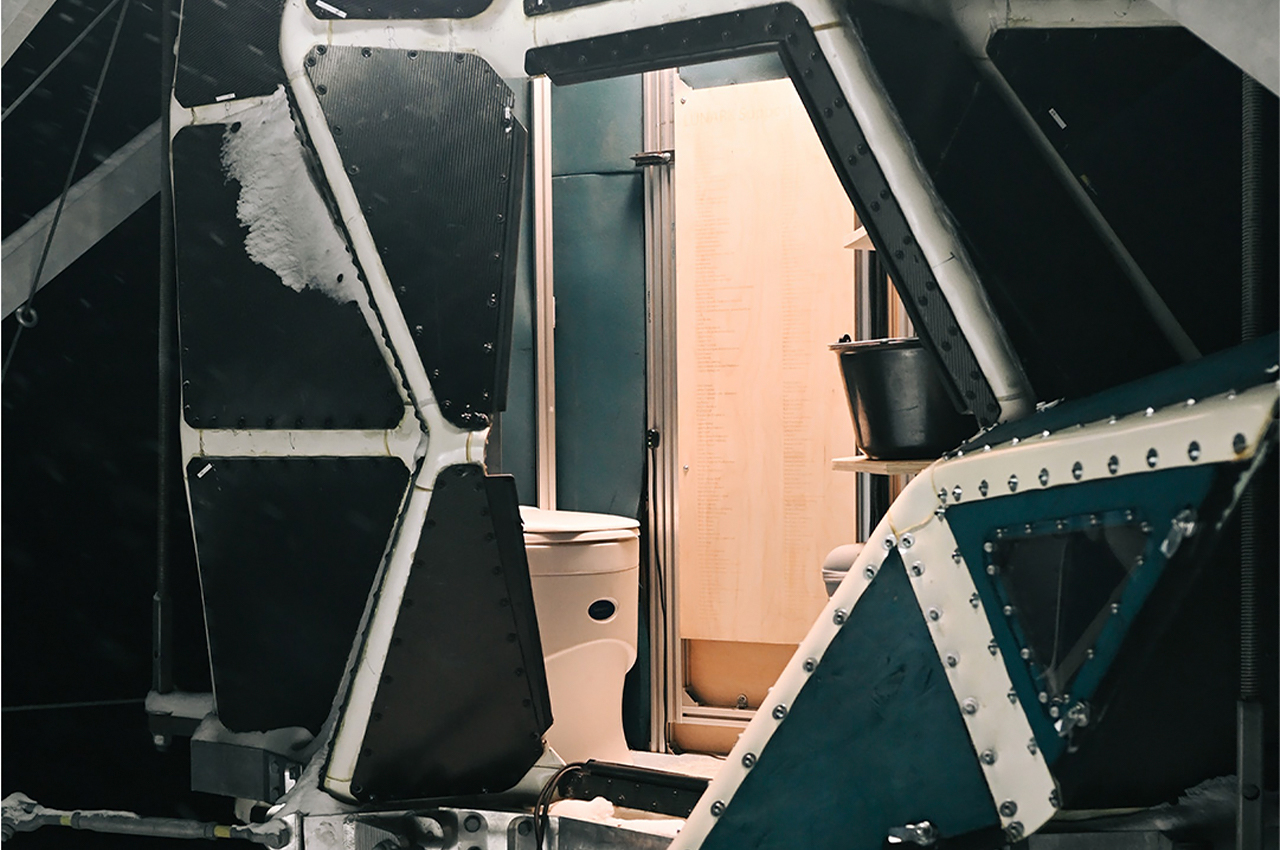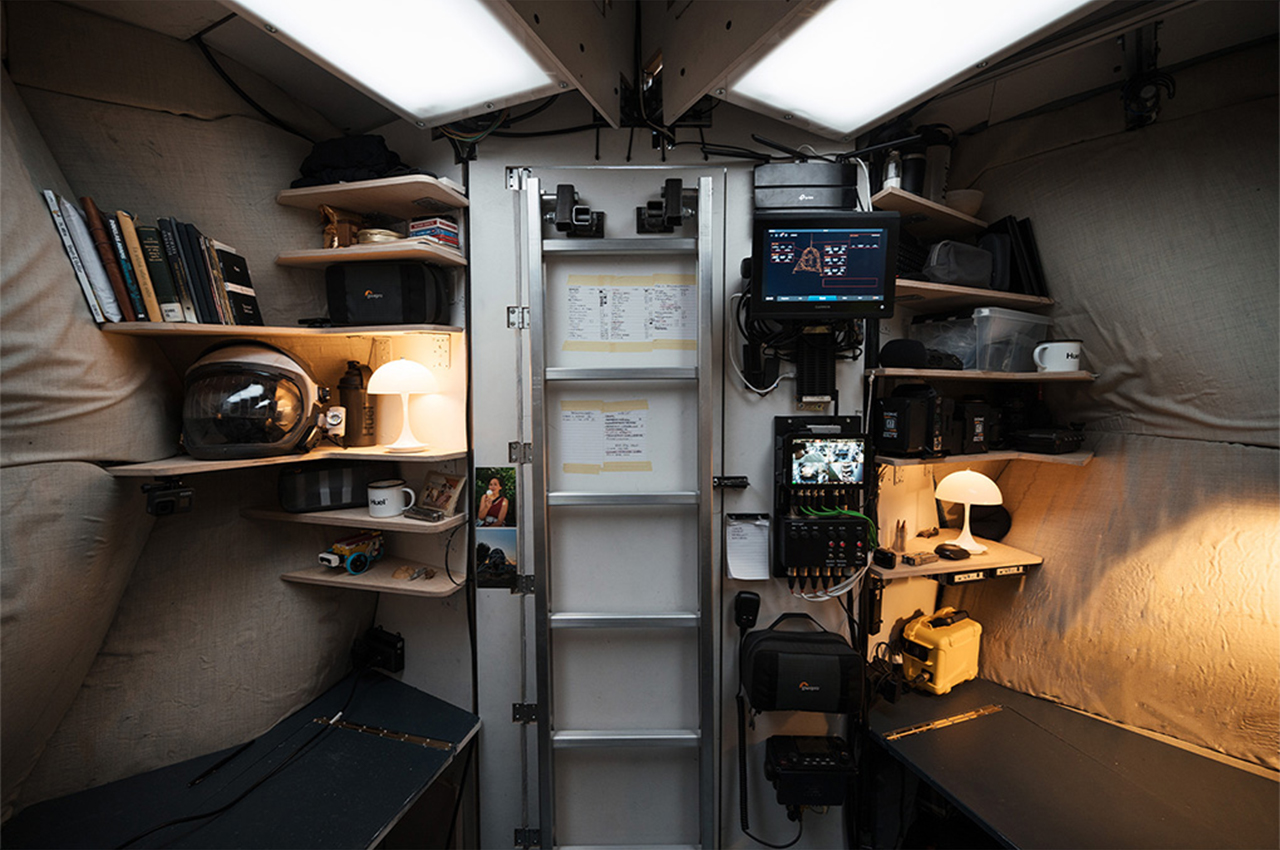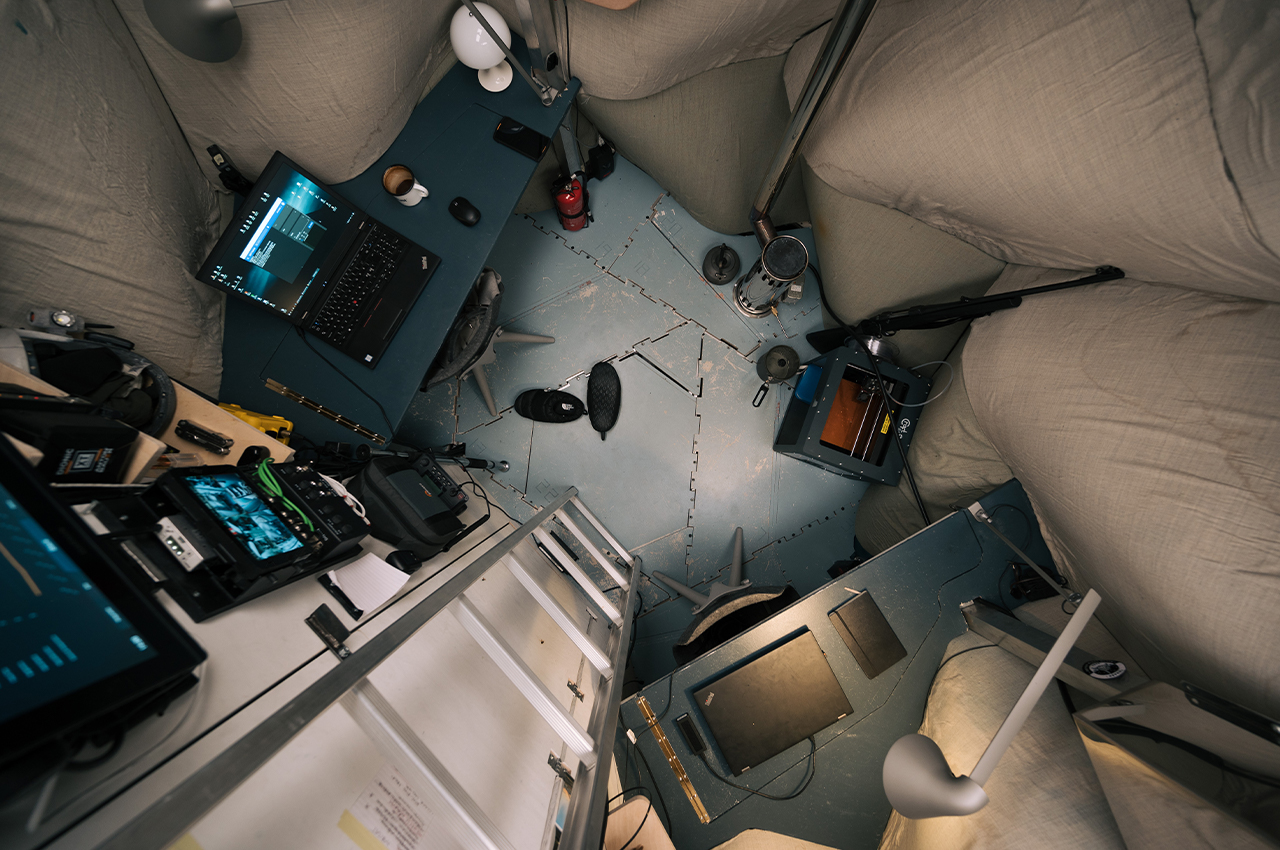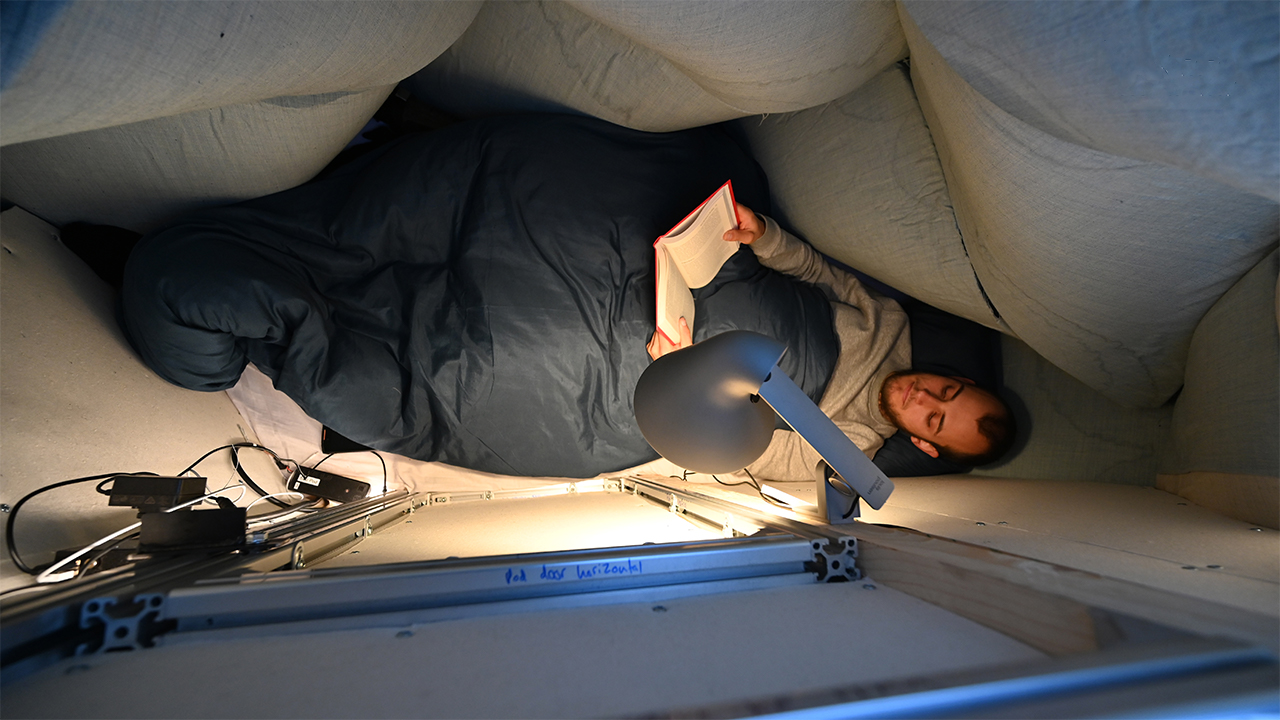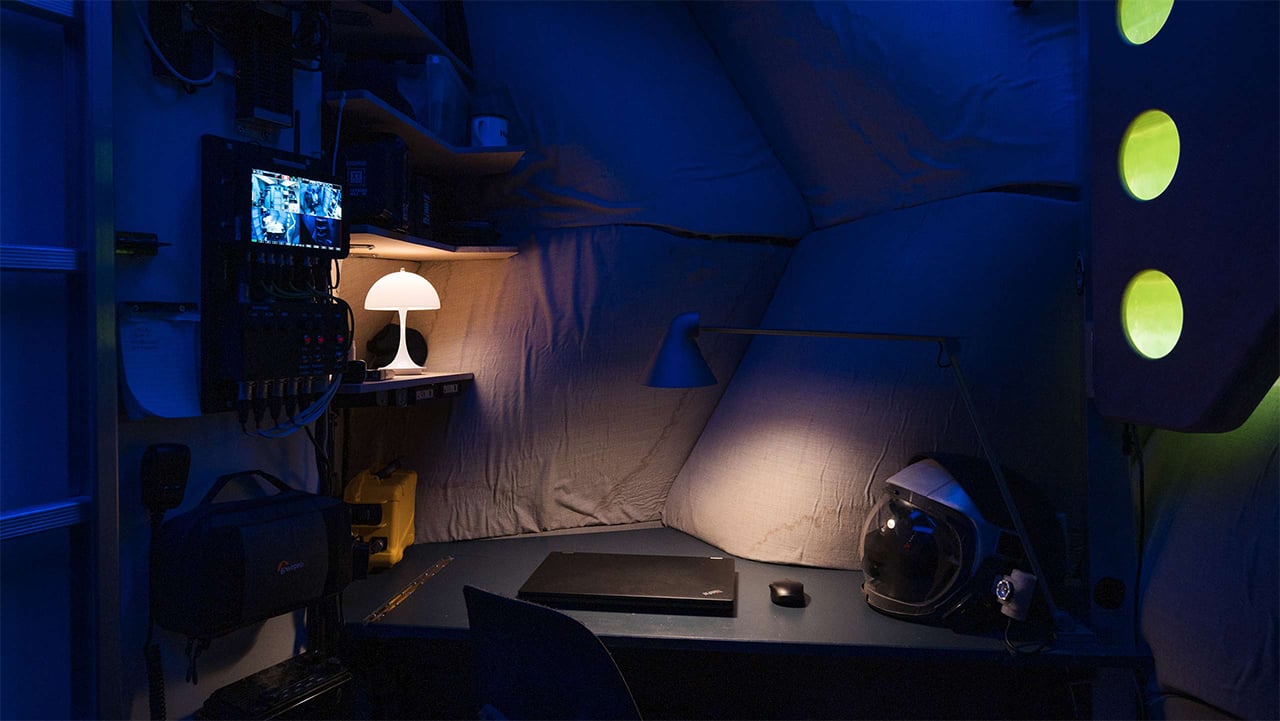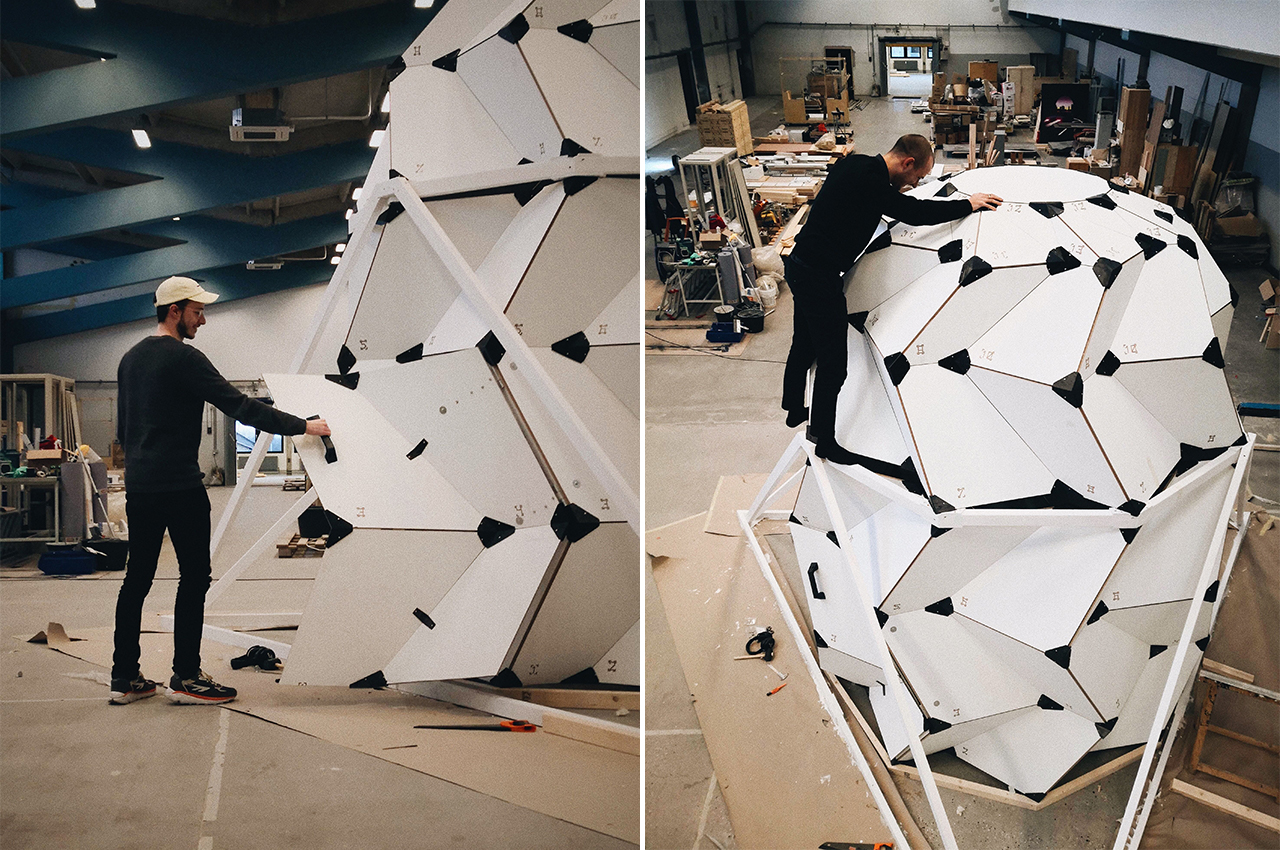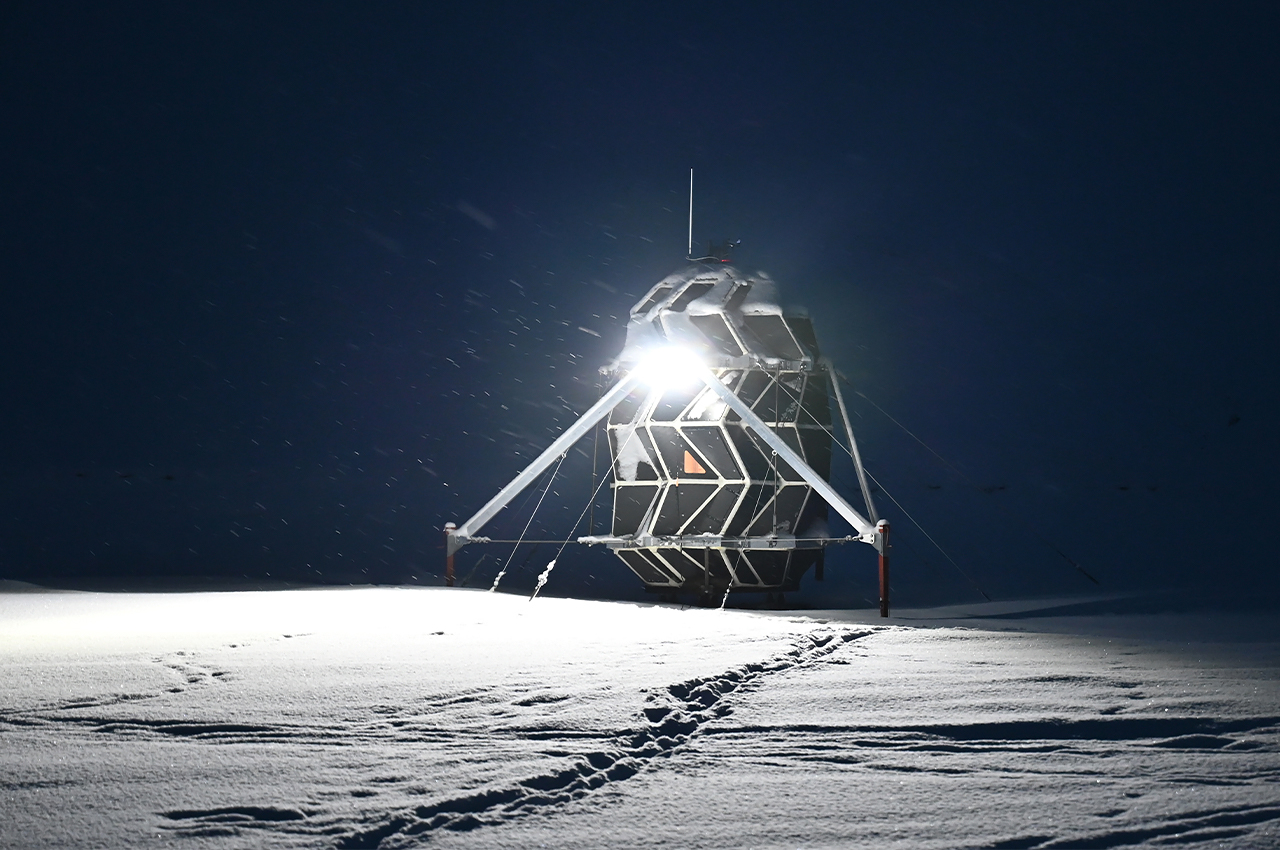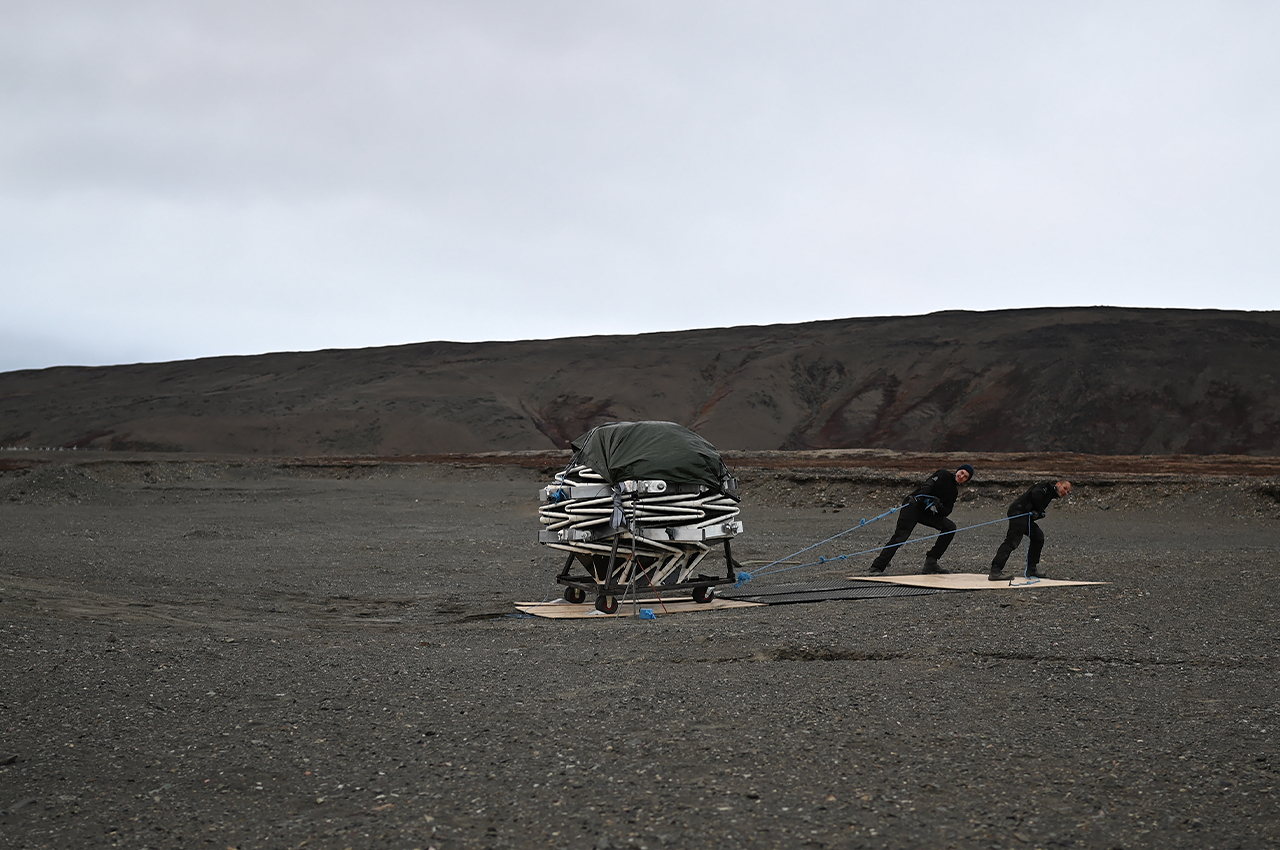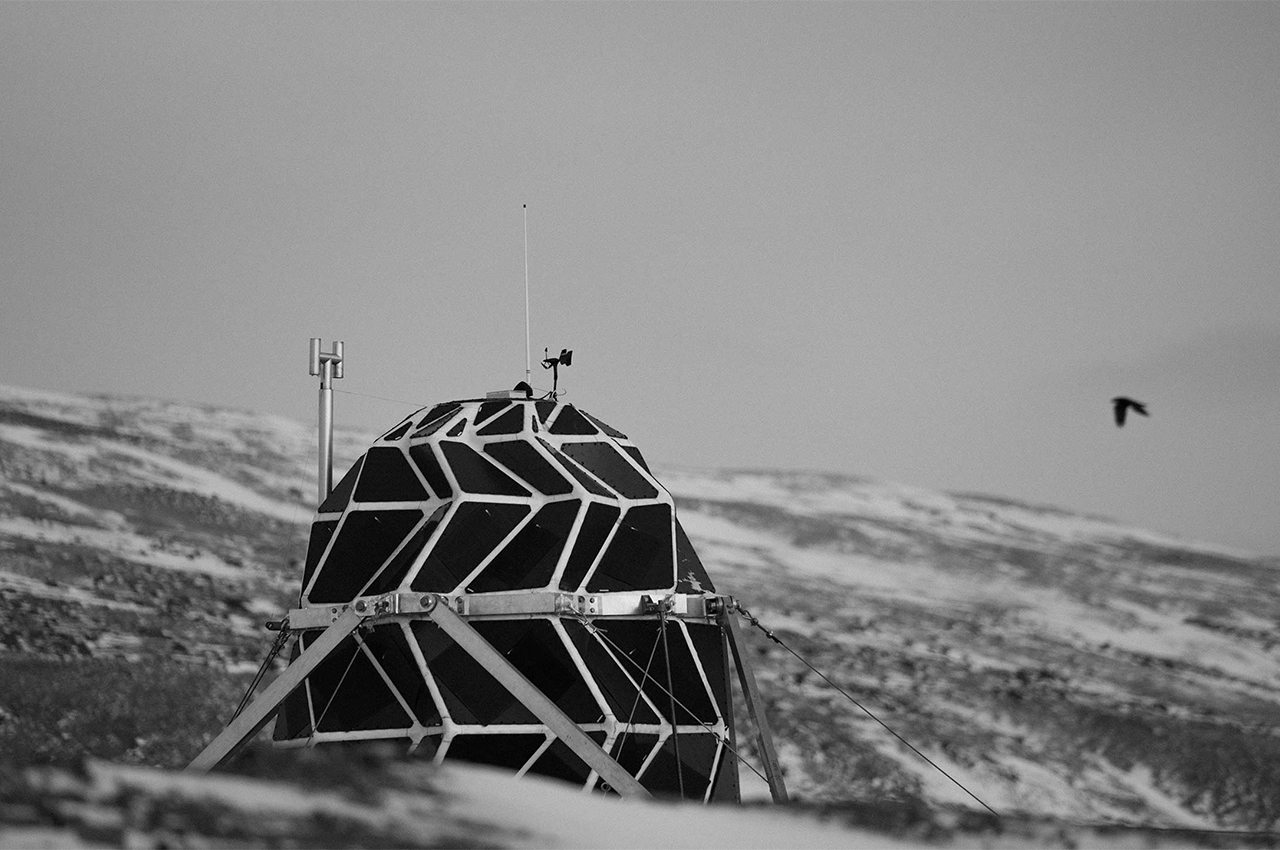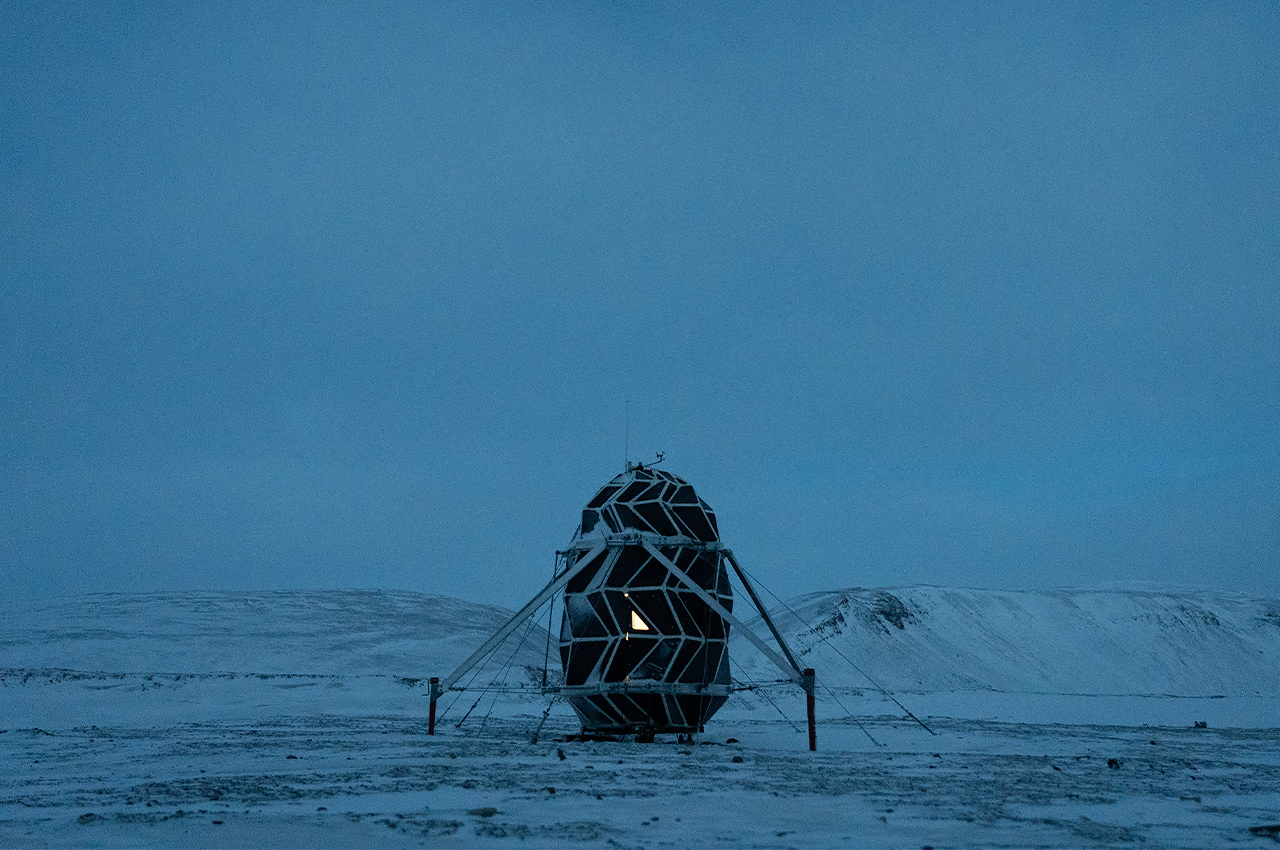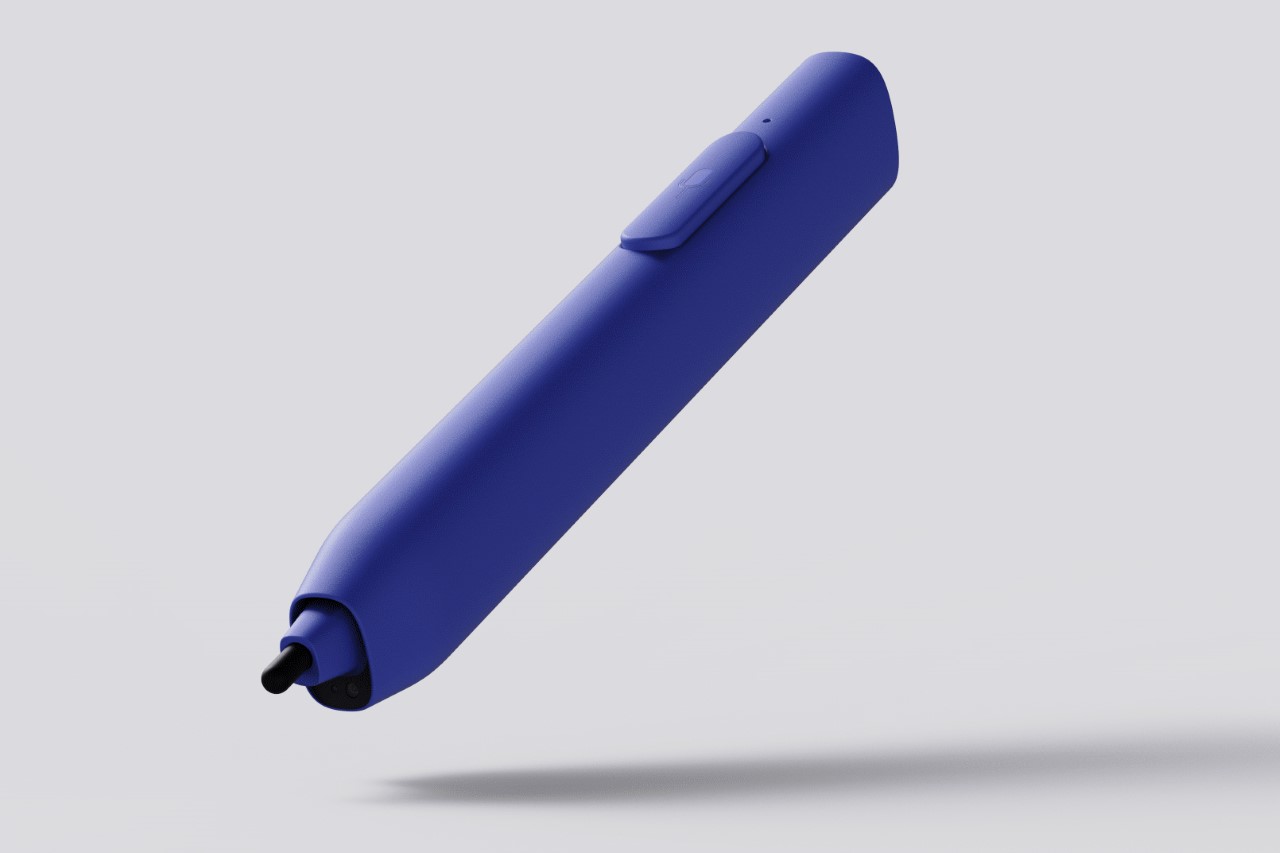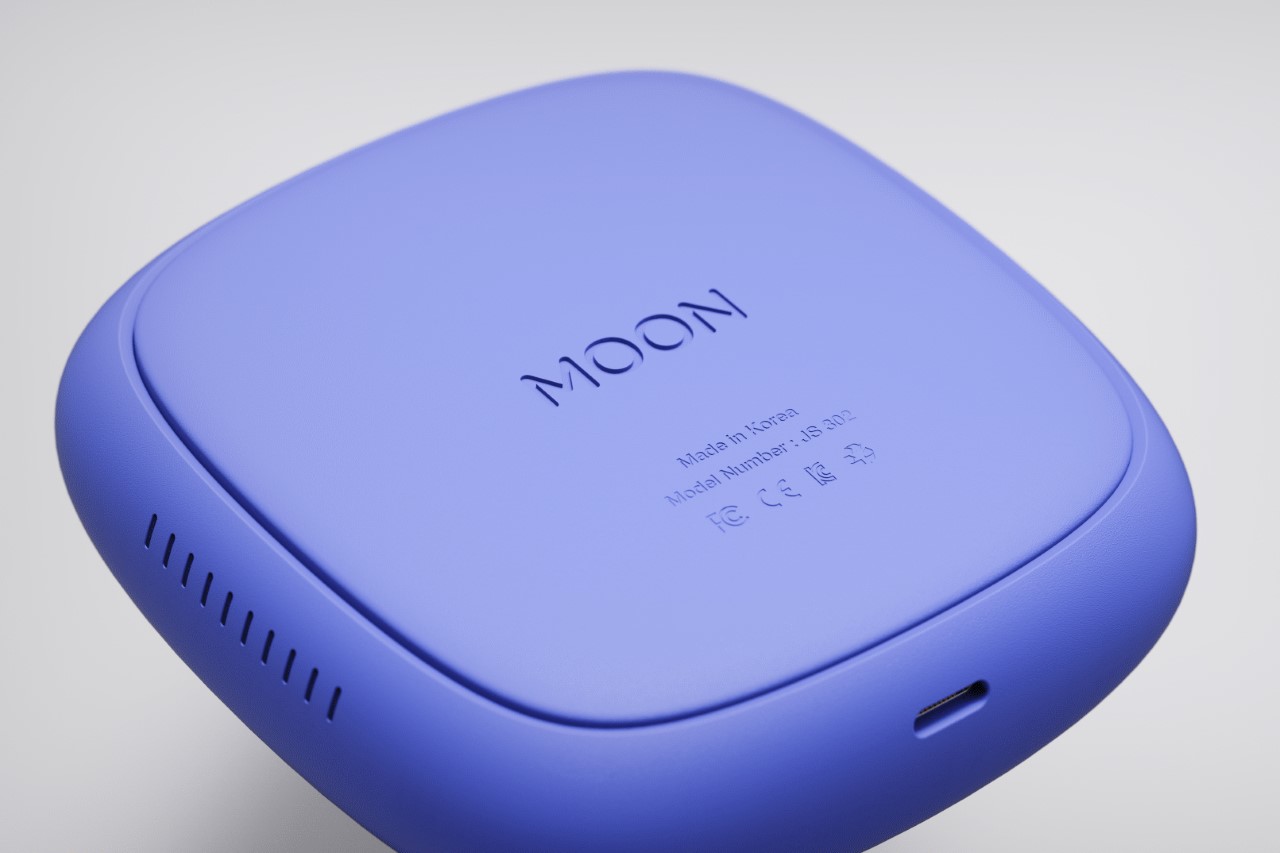The night sky is full of beauty and marvel, but nothing evokes images of romance and mystery more than our faithful companion, the Moon. A celestial body that has given birth to many myths and legends since ancient days, the Moon has always been a source of fascination for both artists and scientists alike. Thanks to recent space explorations, interest in the stars has been at an all-time high, whether it’s just traveling in space in luxury or setting up colonies on the Moon and Mars. Space and beyond is no longer just science fiction but a part of our history, and what better way to preserve and honor that history than with a timeless watch that puts the elegance and mystery of the moon on your wrist.
Designer: Sebastien Colen
Click Here to Buy Now: $599 $849 ($250 off). Hurry, less than 72 hours left! Raised over $420,000.
The Moon is our lone satellite and the closest celestial body to our home planet, yet there are still many things about it that beguile and confound scientists. The dark side of the moon that we never get to see from Earth has always been a source of mystery and even omens, especially considering how much the Moon can actually influence life on the planet. Still, the Moon feels near yet so far, but this luxurious watch puts it right on your wrist, with a small yet significant nod to history and a tribute to mankind’s achievements, both past and future.
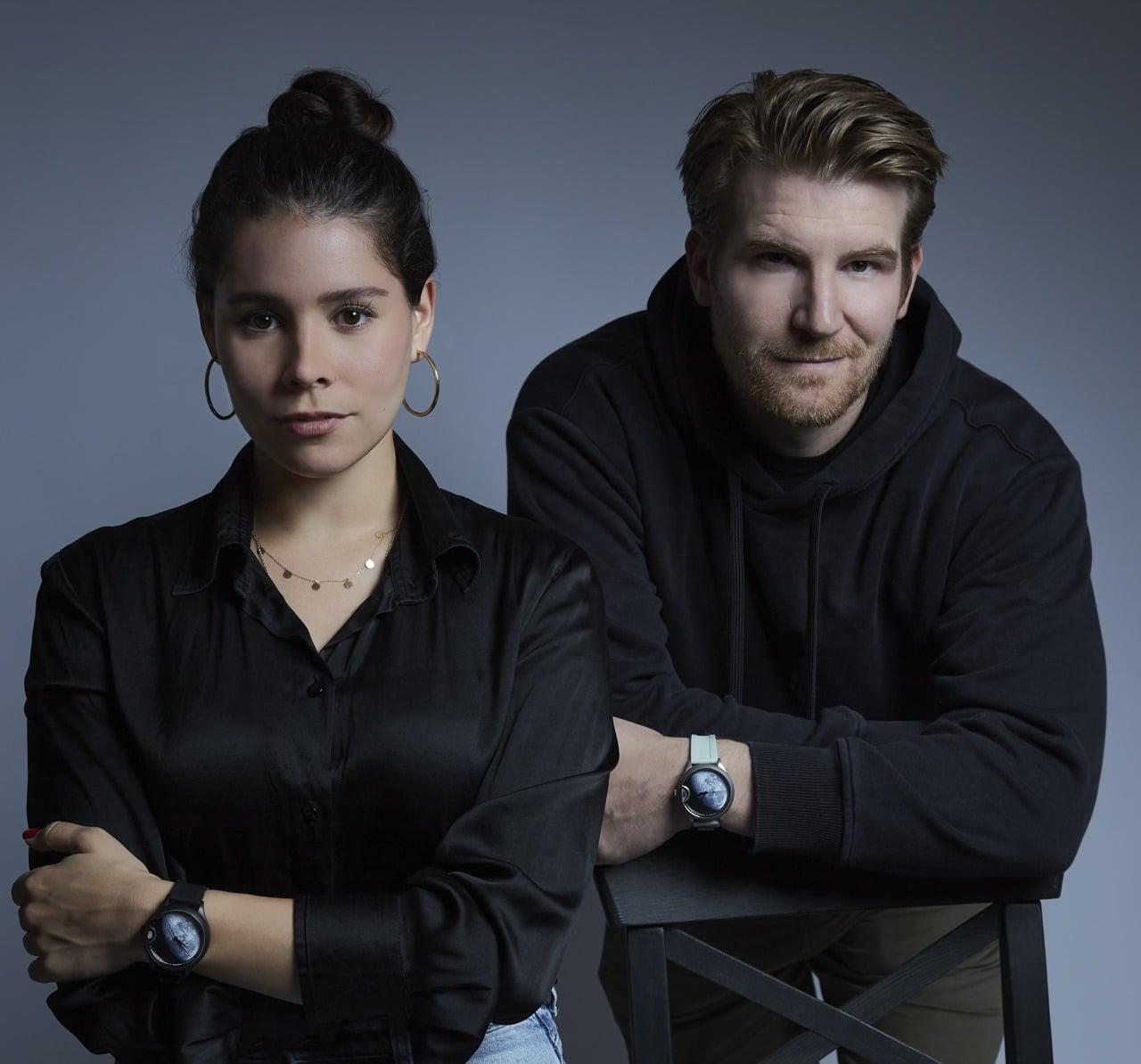
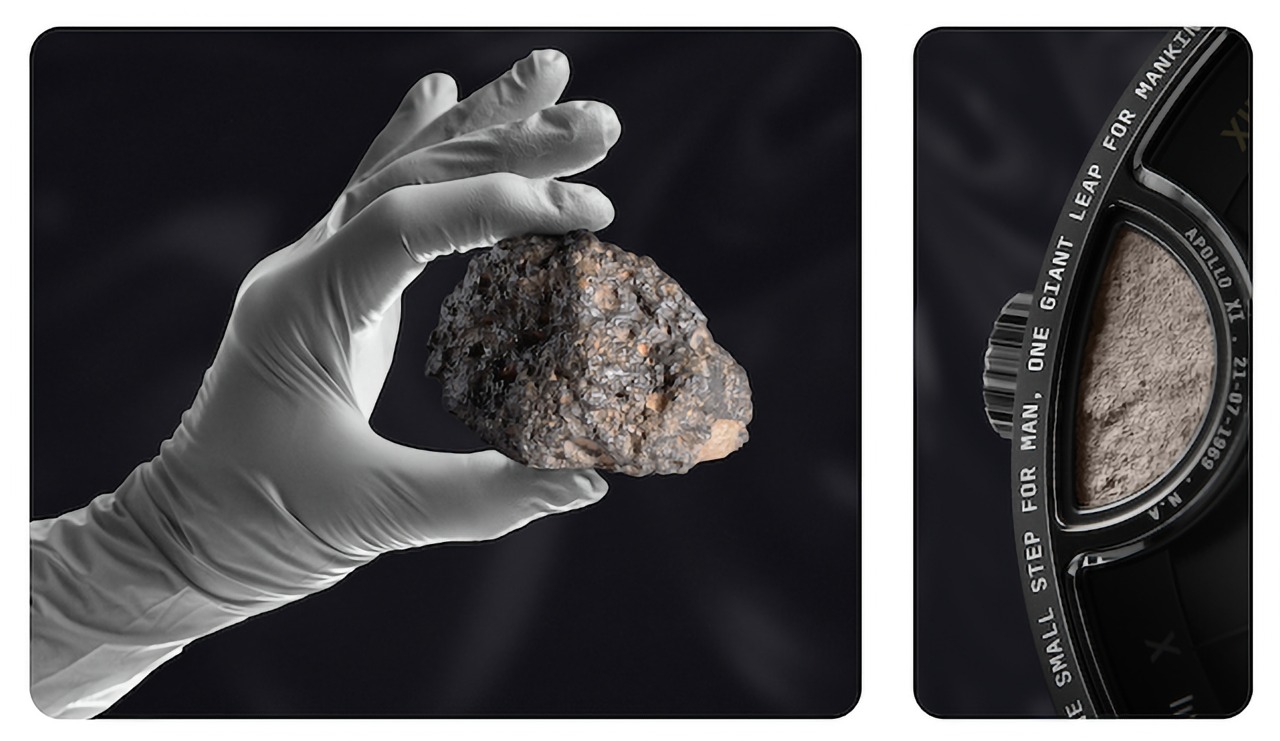
Meteorite Moon Dust – Their meteorite, with the ID#NWA11515, was found in 2017 and provided by MSG Meteorites, a British company specialized in certified space rocks and licensed by the IMCA (International Meteorite Collectors Association).
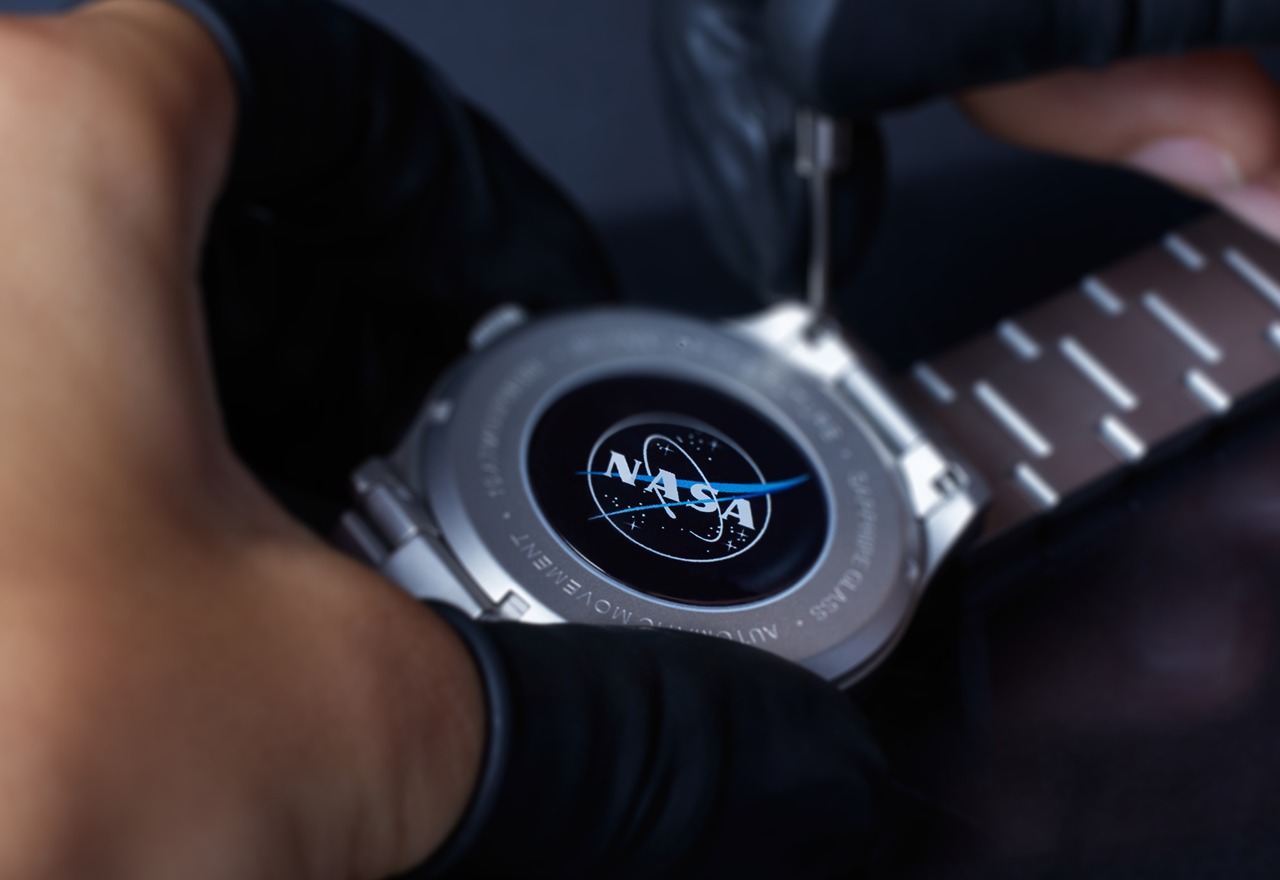
Lunar1,622 Watch with Integrated NASA Logo – The project respects the necessary permissions and aligns with NASA’s guidelines.
Named after the surface gravity on the Moon, the LUNAR1,622 is a handsome mechanical watch that goes beyond simply putting the face of the moon on the timepiece. Just like the previous Mars-inspired Interstellar timepiece, it holds a relic of the moon, specifically a small amount of moon dust at the three o’clock position (the standard model gets the footprint shape of Neil Armstrong instead). This moon dust was taken from rare lunar meteorites, specifically the Moon Meteorite ID# NWA11515 that was found in 2017 in Northwest Africa. The back of the watch also boasts the official NASA logo, which would delight space exploration fans even more. There will only be 2025 Premium editions made, in honor of the next lunar mission Artemis 3 in that year.
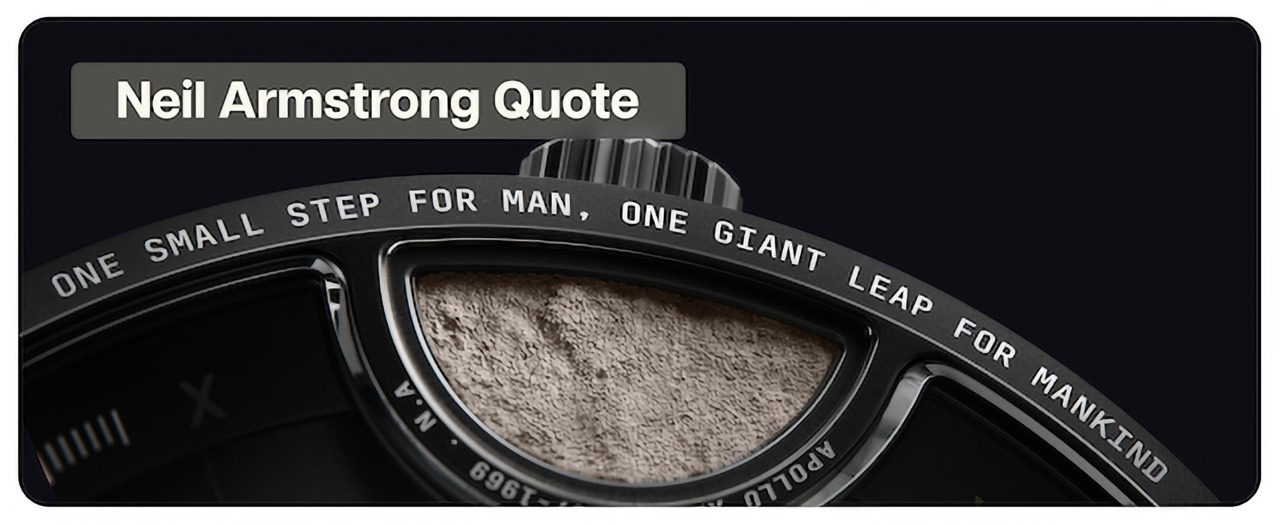
LUNAR1,622 commemorates Neil Armstrong’s iconic words, “One small step for man, one giant leap for mankind.”
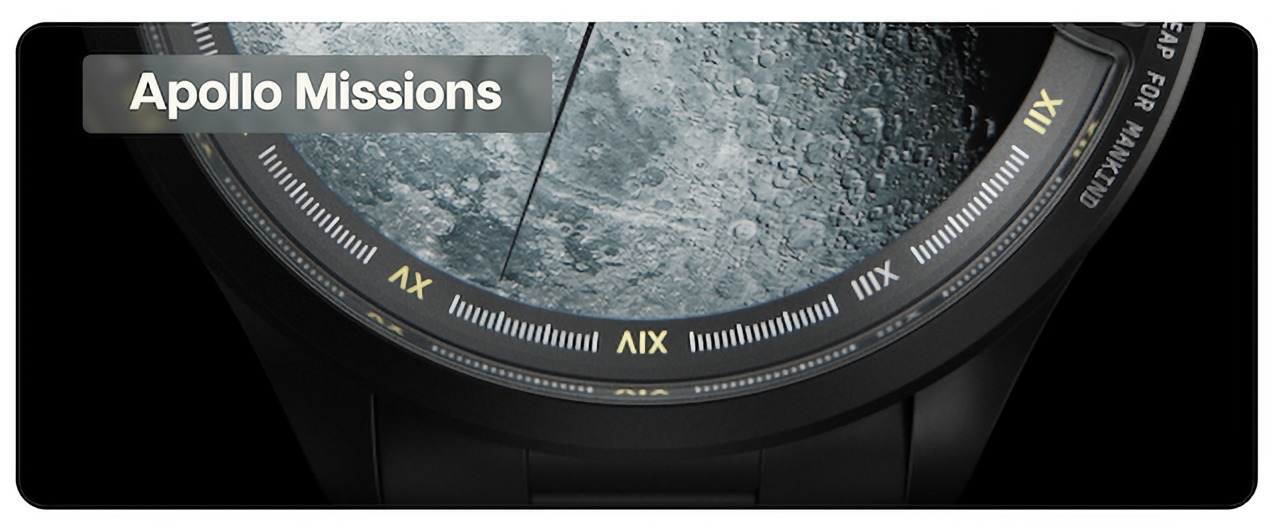
On the edge of the dial all the way around it, you’ll find all successful Apollo missions numbered. All missions that landed on the moon are marked in gold.
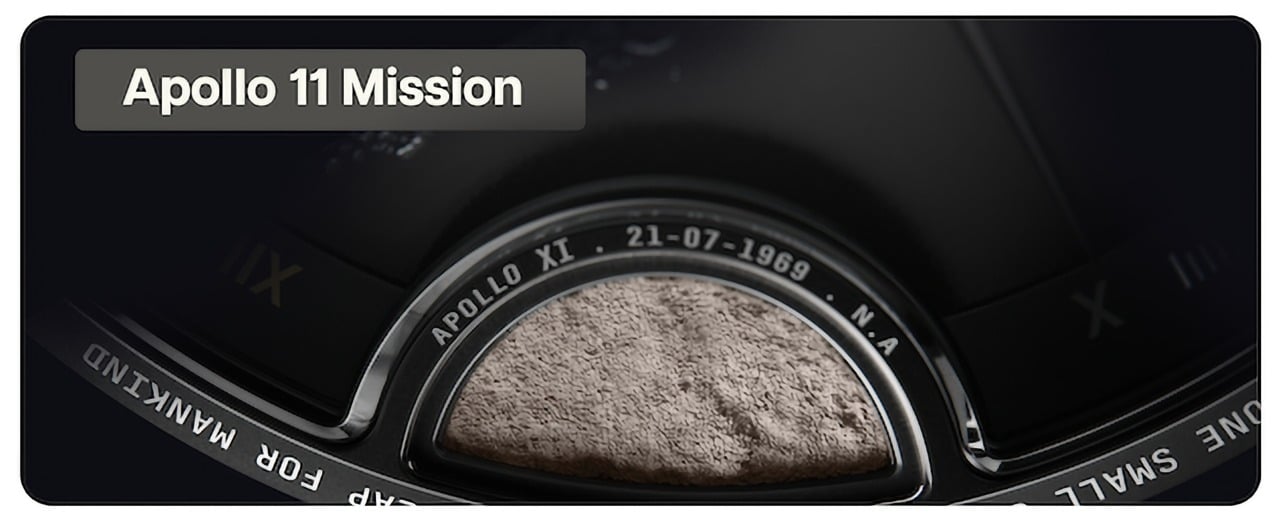
Commemorating the historic Apollo 11 mission, this timepiece features the mission’s name, date and Neil Armstrong’s initials.
Of course, the Interstellar LUNAR1,622 isn’t just a one-of-a-kind science collectible, it is also a piece of horology craftsmanship as well. Both Standard and Advanced models bear the famed Miyota automatic movement, while the Premium variant boasts a Swiss Sellita automatic movement, both delivering the precision and reliability expected from high-quality mechanical watches. Sandblasted 316L stainless steel cases (titanium for the Premium model), in classic Black or stylish Silver, give the watch both durability and finesse, while the black leather strap accentuates its luxurious character. The LUNAR1,622’s subtle elegance perfectly embodies the timeless beauty of the Moon, captivating without being overwhelming.
Whether you’re a space buff, a horology connoisseur, or an avant-garde collector, there is perhaps nothing more beautiful and mystical than having the moon on your wrist, quite literally even. Inspired by lunar expeditions and carrying a pinch of authentic moon dust inside, the Interstellar LUNAR1,622 is more than just a beautiful and historic timepiece, it is also a testament to humanity’s ambitions to reach for the stars and our perseverance to make that dream a reality.
Click Here to Buy Now: $599 $849 ($250 off). Hurry, less than 72 hours left! Raised over $420,000.
The post Interstellar LUNAR1,622 watch lets you carry a piece of the moon in style first appeared on Yanko Design.
